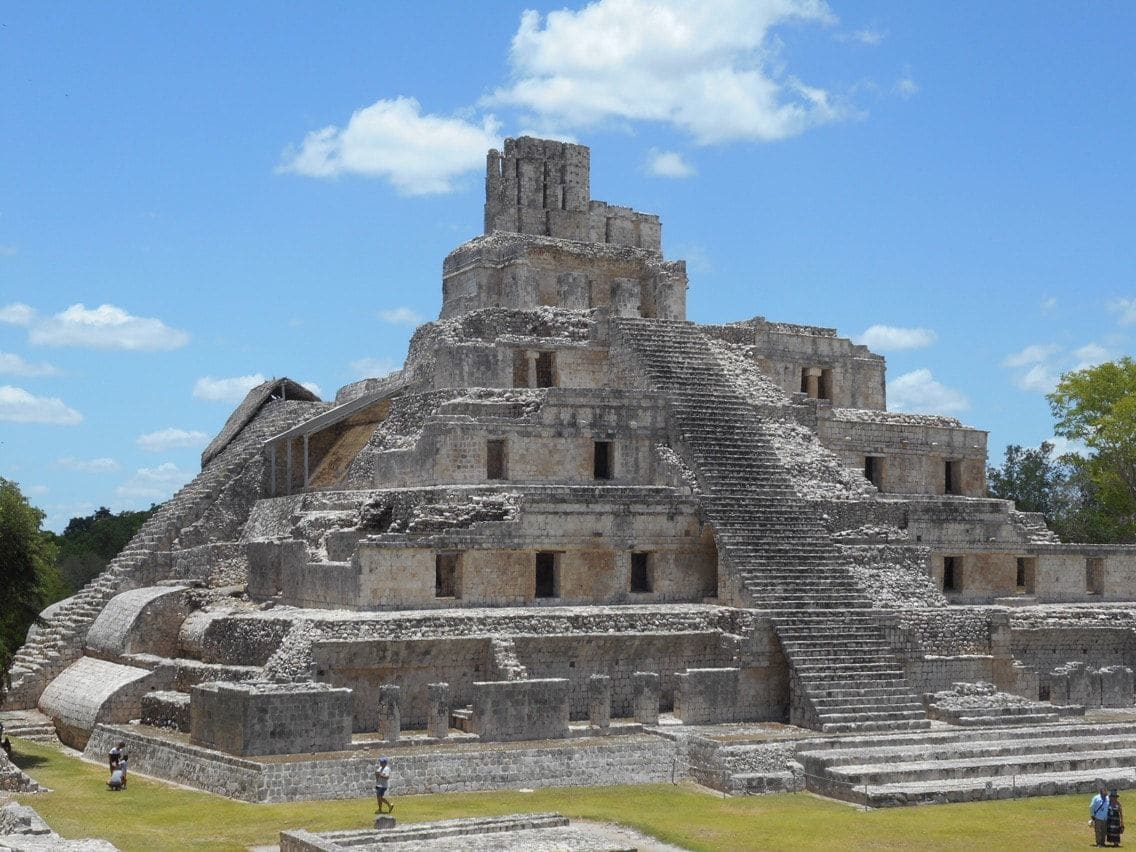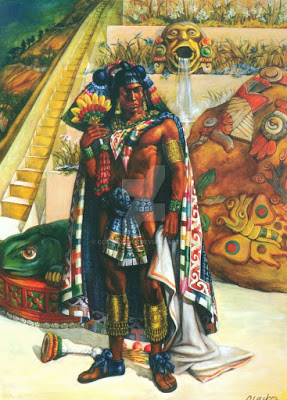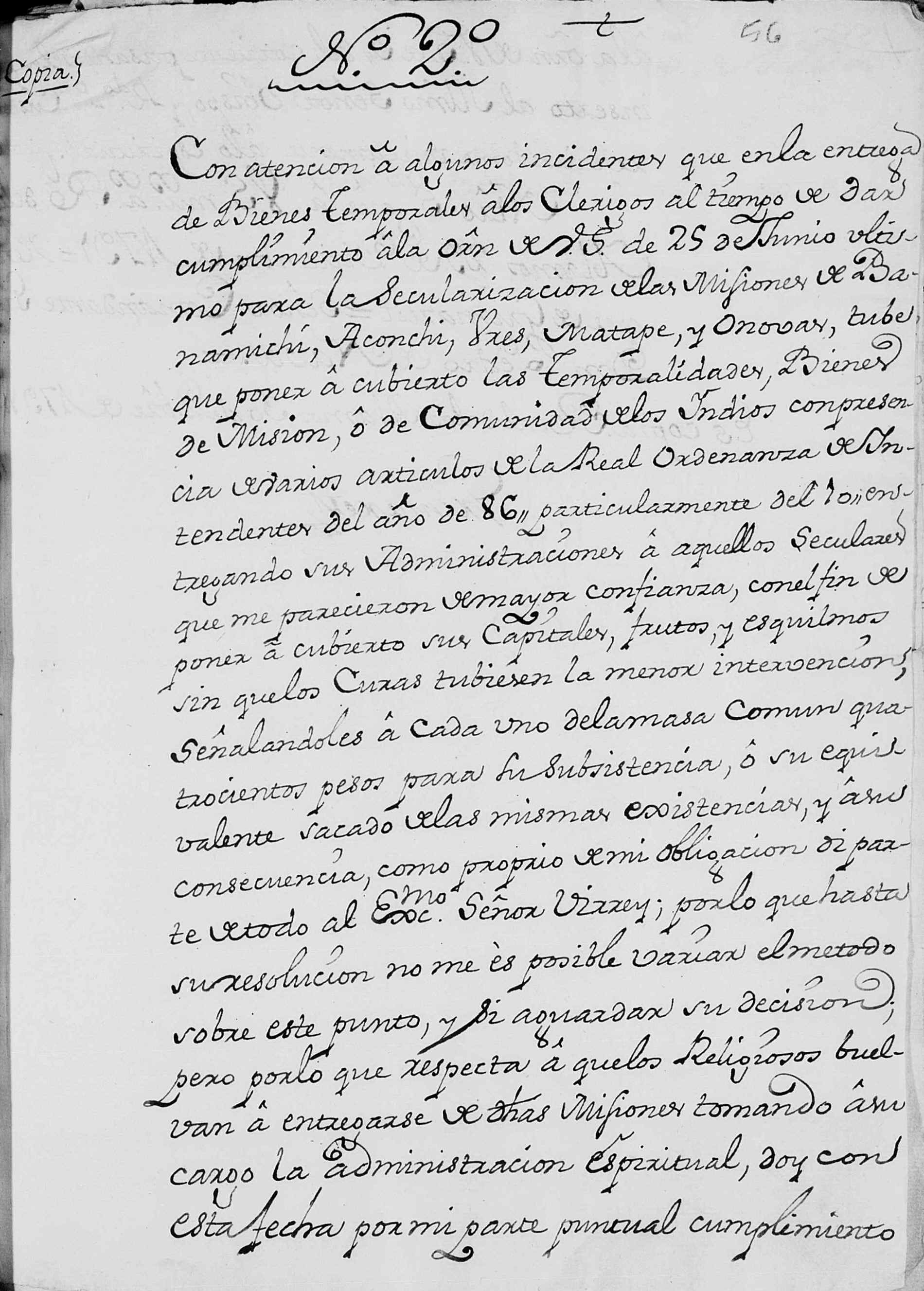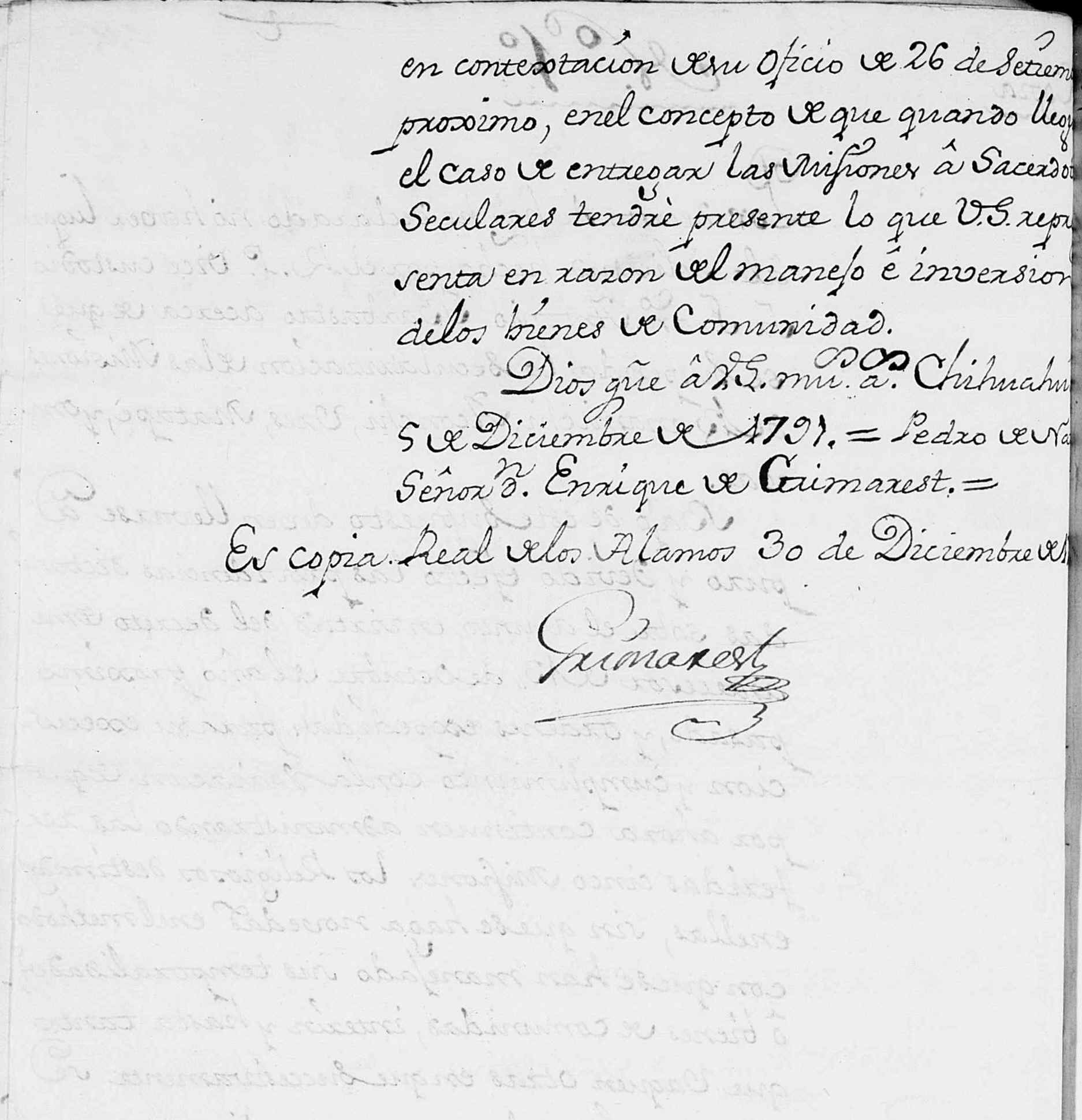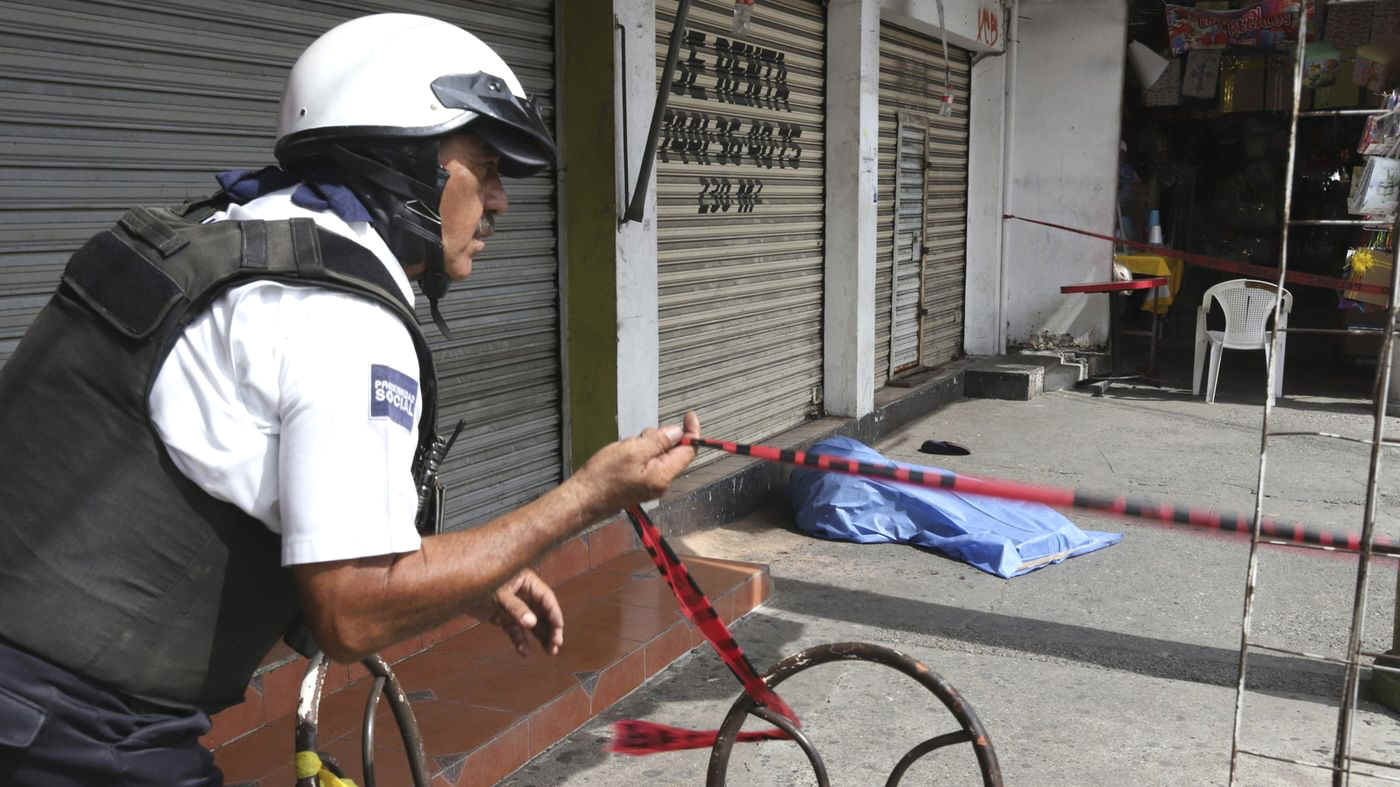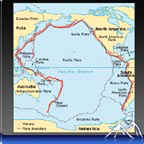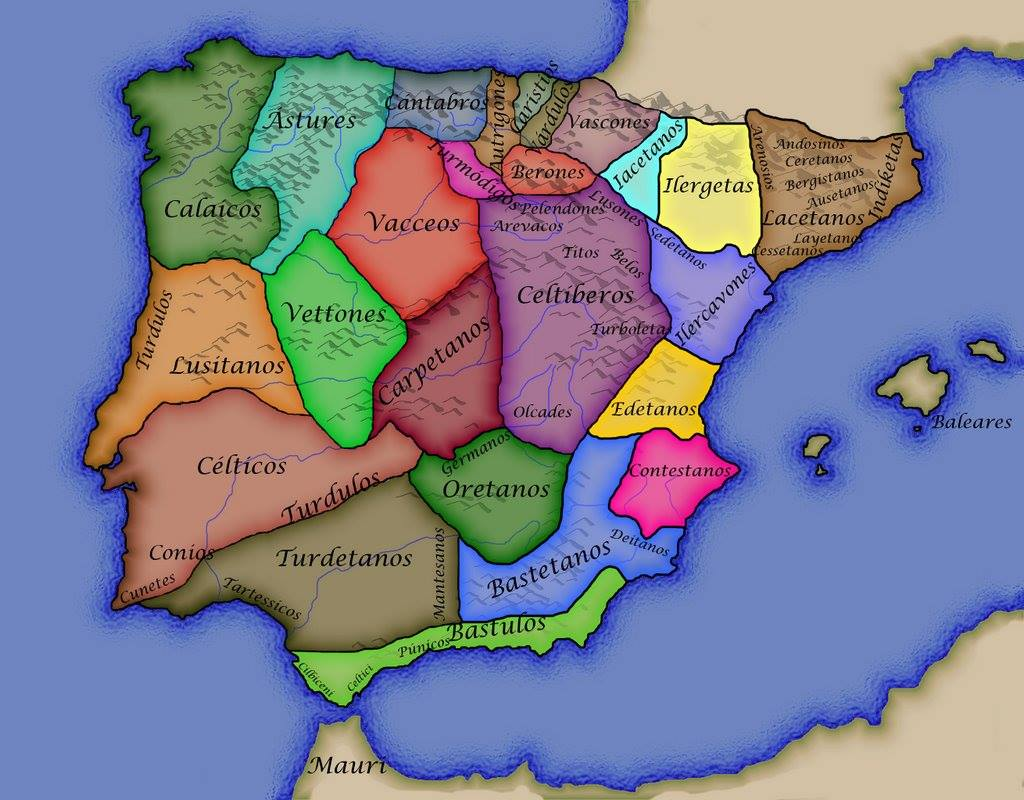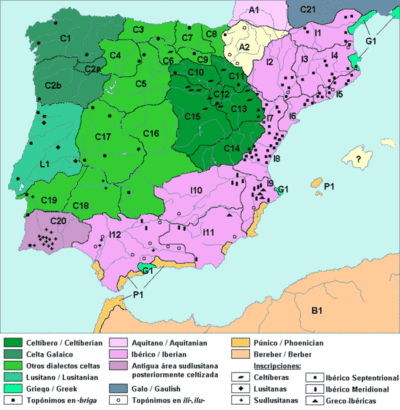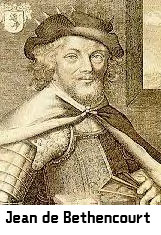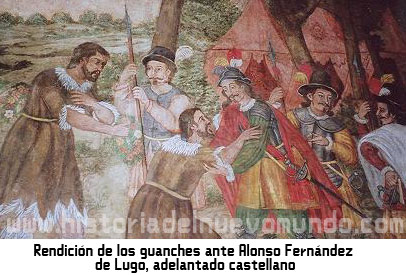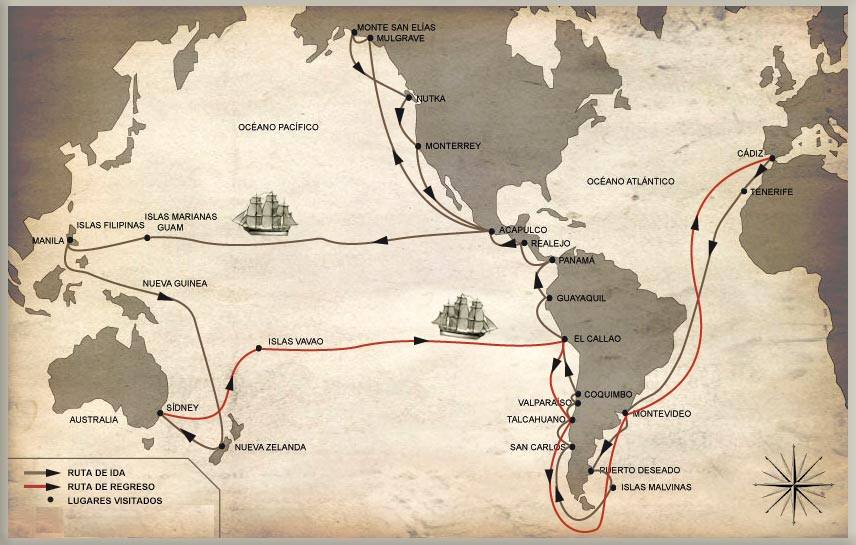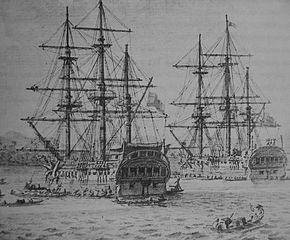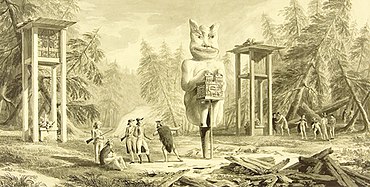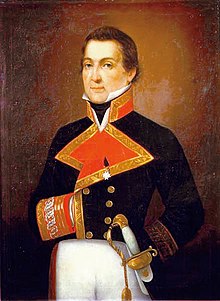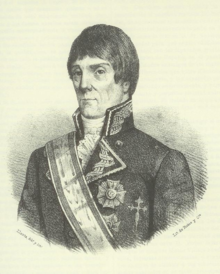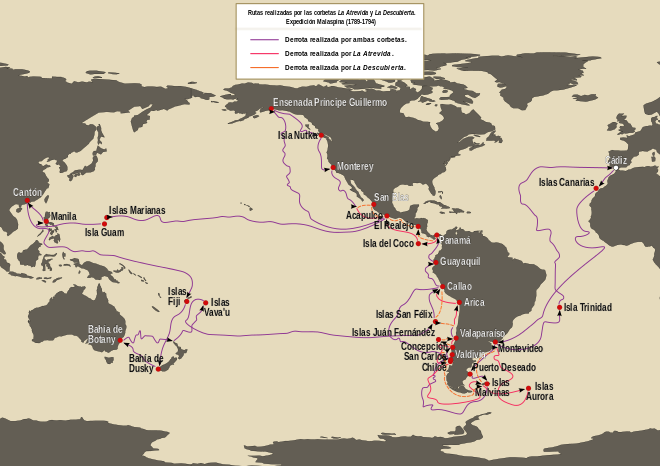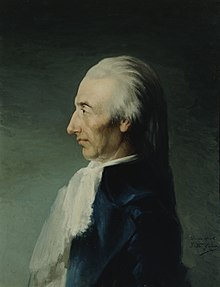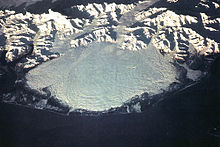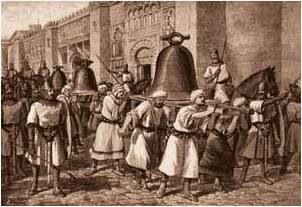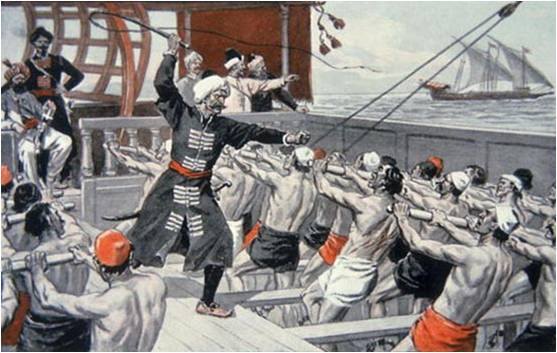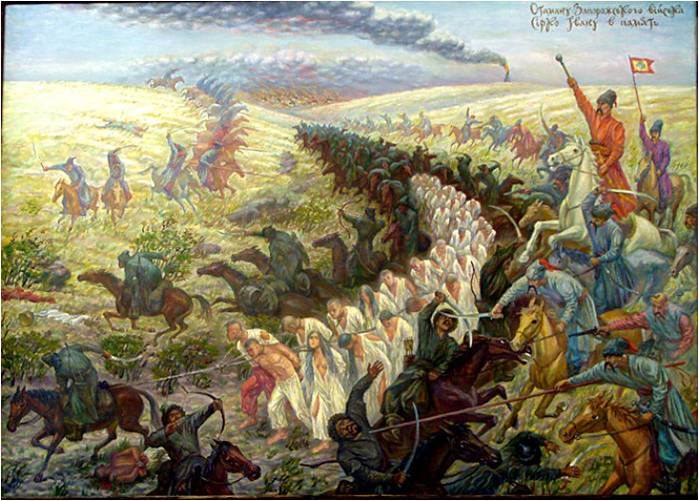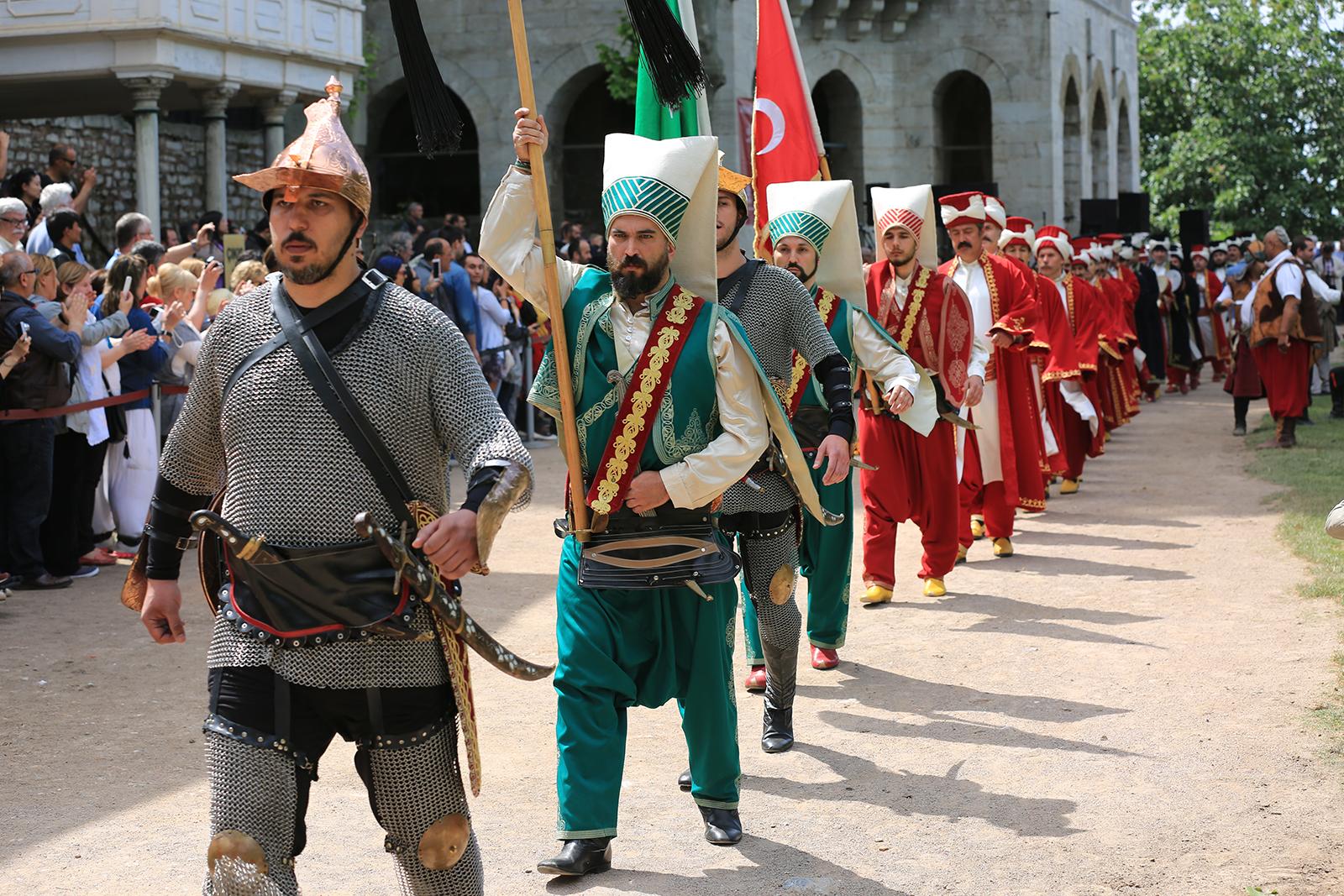|
They didn’t know the heavy burden of discrimination
familiar to members of historically oppressed minority groups, including
biased policing and unequal access to jobs and housing. But some of the
everyday experiences that have long challenged millions of black, Latino
and immigrant Americans — the struggle to understand and be understood,
feeling unseen, fear of rapid judgments — were beginning to challenge
them, too.
Venson let go of Heaven. He told her he had to clock in.
She watched him disappear around a corner, then stood there for a moment,
alone. She pulled on a winter hat, a wool scarf and a thick coat, knowing
how cold the factory can get, then went to a different clock-in station.
In the nearly vacant hallway, she watched the clock, waiting for her shift
to begin at 3:20.
Seven minutes left: Employees gathered around Heaven,
first three, then four, then six.
Studies have shown how some whites, who are dying faster
than they’re being born in 26 states, react when they become aware of a
tectonic demographic shift that will, with little historic precedent,
reconfigure the racial and ethnic geography of an entire country. They
swing to the right, either becoming conservative for the first time, or
increasingly conservative — “politically activated,” explained Ryan
Enos, a political scientist at Harvard University, who among others found
that white Democrats voted for Trump in higher numbers in places where the
Latino population had recently grown the most.
Four minutes left: Heaven, looking at the floor, heard
laughter and jokes exchanged in the rapid Spanish of the Dominican
Republic.
They feel threatened, even if not directly affected by
the change, and adopt positions targeting minorities out of “fears of
what America will look like,” said Rachel Wetts of the University of
California at Berkeley, who argued in one study that recent calls by
whites to cut welfare were born of racial resentment inflamed by
demographic anxiety, even though whites benefit from the social safety net
as well.
Two minutes left: Heaven pressed closer and closer to
the wall in a hallway that was now filled with workers, all Latino.
They empathize more deeply with other whites — a sense
of group identity ignited — because “they feel like ‘We’re part of
a threatened group, and we need to band together,’ ” said René
Flores, an assistant sociology professor at the University of Chicago who
has analyzed how whites reacted to the growing Latino presence in rural
Pennsylvania.
And they feel as Heaven did now, clocking in, then
following the others out onto the production floor: Either she’d find a
way to fit in, or she’d find a way to get out.
Heaven lives with her mother in the same small house in
Fredericksburg where she was raised. The world outside the nearby Bell
& Evans plant is white, rural and conservative.
When Heaven graduated high school in the spring of 2016,
she had no desire to leave Fredericksburg. College didn’t interest her,
because she hated school and wasn’t great at it, and she didn’t want
to go out and see the world, either. She believed that everything she’d
ever need was already here, so she felt content to apply for a job at Bell
& Evans, whose water tower looms over the town, and where just about
everyone she knew had already worked.
You’ll love it there, her sister said.
They’ve got great benefits, her mother said.
Give it a chance, her ex-boyfriend said.
It was now her 20th month of giving it a chance, and she
was standing at the end of a long processing machine called the Multivac,
wearing a white smock and blue latex gloves, making $13 an hour, waiting
for the next four packages of chicken breasts to come down the line. They
arrived every six seconds, and in that time she scanned for discoloration,
leakage and mislabeling, setting aside defective packages for
reprocessing. It was relentless: Here they came, there they went, every
six seconds, about 40 in a minute, thousands in a shift — a shift during
which so many things would upset her, but never the work.
She could handle the monotony. She could deal with
standing under the vents, which cooled the production floor to 40 degrees.
She could even tolerate the mess. The day chicken juice got all over her
hair and face, the thing that had been intolerable had not been the smell
or the taste, but that she didn’t have anyone to talk to about it.
She felt more alone than she’d ever thought possible.
Alone when a worker slipped in front of her, and she wanted to ask if he
was okay, but didn’t know how. Alone when she once went to the break
room, saw the tables filled with people speaking Spanish, and swore that
she’d never be back. And now when another plant worker, Denisse
Salvador, a demure 25-year-old from the Dominican Republic, came to
collect 40 chicken breasts that Heaven had placed into a bucket, she felt
alone again. Months before, Salvador had marshaled all of her English to
ask Heaven her name, and for a moment Heaven had felt less isolated, as
though maybe that could be the beginning of a friendship, but that had
been the extent of the conversation, and now neither said anything as
Salvador collected the chicken breasts and left.
Heaven makes $13 an hour working on a quality-control
line, where she stands at the end of a long processing machine, waiting
for packages of chicken breasts to arrive. She scans them for
discoloration, leakage and mislabeling, setting aside defective packages
for reprocessing. Many things upset her during her shifts, but never the
work.
Heaven watched her go, then looked down. Four more
chicken packages were arriving. She vacantly scanned them, and the next
batch, and the next, losing herself in a thought that had grown to consume
her. She couldn’t do this anymore. Two years of her life — gone, spent
in near silence. She knew it was her fault, too. She could have tried
harder, learned a few Spanish words, overcome her shyness. But instead,
all she’d ever wanted was another job, where friends would come easier
and where she wouldn’t feel so outnumbered, because, as she had again
tried to explain earlier that day to her father, Dave Engle, “It sucks
when you can’t talk to no one.”
“But that way at least you should be working,” he
said. “If you can’t even talk.”
“I would rather sit and talk,” she said. “It would
make the day go faster.”
They were riding in Dave’s big red truck. The windows
were down. Country music was playing. The road cut through an endless
expanse of fields and hills, a view that included a sign that said, “TRUMP,”
with the “T” replaced by a handgun.
National Hispanic proportion of national population went
from 13% in 2000 to 18% in 2016
Lebanon County, Pa. went from 5% to 13% from 2000 to 18%
in 2016
Sources: 2000 US Census, 2016 The Washington Post
So much of Lebanon County, population 140,000, was
undergoing what local historian Adam Bentz called a “demographic
transformation,” but not Fredericksburg, and not its 1,500 residents.
Over the past two decades, Puerto Ricans and Dominicans had surged into
nearby Lebanon city, either from New York or the Caribbean, attracted by
cheap housing, an established Latino community, and food-processing plants
that had become increasingly, if not mostly, staffed by Latinos, because,
as one former employee who spoke on the condition of anonymity put it, “White
people didn’t want to work in the stinky chicken shop.”
Fredericksburg, meanwhile, home to some plants, was still 95 percent
white, still overwhelmingly conservative. Downtown amounted to a library,
a bar named the Fredericksburg Eagle Hotel, banners emblazoned with the
bald eagle, signs that said, among other things, “NOTICE: This place is
politically incorrect,” and houses flying the Confederate flag.
Heaven looked out the window. This was her town. Her
people. Was it so wrong to want to be among them? Was it so wrong to want
to work with them? Was it so wrong to refuse to learn a new language? She
had taken some Spanish in high school, but had dropped it, not because she
had any animosity toward the language or the people who spoke it, but
because that just wasn’t her — that was other parts of Lebanon County,
not Fredericksburg.
Now on the edge of her Fredericksburg rose a giant new
factory, and Heaven read a sign outside saying, “Hiring All Positions.”
I swear to God, if they don’t say anything in English,
I’m going to freak out.
Heaven Engle
“That big place right back there,” she said. “That’s
the Ace Hardware I want to apply at. Isn’t it opening in June?”
“It’s already open,” her father replied, and she
started thinking of all of the possibilities of working there —
conversations, friends, belonging — rather than the reality of what
awaited her hours later, which was another bin full of raw chicken legs,
and Salvador again making her way toward the back of the line to pick it
up. Heaven watched Salvador coming, annoyed. Why couldn’t she learn
English? Why was it up to Heaven to change? Salvador was the newcomer, not
her.
What Heaven didn’t know was that Salvador agreed with
her. She thought it was her responsibility to learn English, too. She’d
grown up seeing Americans come through her town along the Dominican
Republic’s northern coast, and had dreamed of following them back to the
United States. But when she finally got here in April 2017, all she’d
found was a sick mother, who had sponsored her green card but whom she now
had to care for, endless household chores and a 45-minute commute from
their home in Reading, Pa., to a chicken plant where there was no need to
learn English because everyone spoke Spanish. So now, nearly as
monolingual as when she arrived, all she did when she reached the back of
the line was smile at Heaven, who smiled back, then wheel the chicken
away.
A part-American, part Confederate flag flies outside a
house on a country road south of Lebanon, Pa. Much of Lebanon County,
population 140,000, was undergoing what local historian Adam Bentz called
a demographic transformation driven by Puerto Ricans and Dominicans, but
not Fredericksburg, and not its 1,500 residents.
“I’m quitting,” Heaven was saying.
“You’re always saying you’re quitting,” said
this shift’s only other white production worker, Ronaele Wengert, 31,
who came by one day to tell Heaven that they had a meeting in a few
minutes. They knew what that could mean.
“I swear to God, if they don’t say anything in
English, I’m going to freak out,” Heaven said.
“Then they’ll say, ‘Do you understand? Do you
understand?’ Does it look like I understand?” Wengert said. “Then
they translate.”
“They try.”
Heaven shook her head. What was this job doing to her?
She’d never thought of herself as prejudiced — and still didn’t —
but there were increasingly times when she felt so far on the outside, so
little understood, that her alienation was hardening into something closer
to anger, and possibly worse. Like when she had to clock in and felt
pushed out of the way. Or when people said “gringa” and she
experienced a flash of paranoia that they were talking about her. Or when
supervisors separated Spanish speakers from English speakers for training
videos, sometimes leaving Heaven in a room alone, except for a guy whom
she believed spoke only French.
Worried that it might happen again, she headed to the
wash sinks, past row after row of silver machinery humming so loudly that
workers nearby had to shout, past the deboning station and the conveyor
belts, and warmed her numb hands under the water. She took off her smock
and hairnet and, straightening her hair, went into the meeting room. It
was already filled with employees, but there was a seat in the back, where
she sat down and waited.
They don’t give a rat’s ass about people with white
skin.
Venson Heim
A form was handed out, and she sighed in irritation when
she saw it was in Spanish — “politica de zapatos resistentes a
resbalones” — only nodding in relief when she flipped it over and
realized there was an English version: “slip-resistant shoe policy.”
She quickly looked at it, then leaned over to Wengert, seated beside her,
and said, “This is not going to be in English.”
“Yeah,” Wengert said.
“I’m okay sitting here and reading it,” Heaven
said. “I did that last time.”
As the meeting went on — presenters at first switching
between Spanish and English, but increasingly talking only in Spanish —
she became more and more irritated. When one worker joked that his
Timberland boots were probably slip-resistant, and everyone laughed, she
didn’t understand what was happening. Later, when another employee
called the boots pictured in the handout ugly, and people chuckled again,
she crossed her arms. One of the presenters tried to keep up, translating
all that he could, looking at Heaven when he did, but it was no use. He
missed some things, or got the words wrong.
Hispanics make up increasing share of manufacturing in
Lebanon
Hispanic proportion of manufacturing workers nationally grows from 20% to
22% between 2010 and 2016.
In Lebanon County, Pa Hispanic manufacturing workers grew from 8% to 16%
between 2010 and 2016.
Sources: 2010, U.S. Census. 2016 The Washington Post
“Is that supposed to be English?” Wengert whispered
to Heaven, who shook her head slightly. When the meeting was over, she
stood up and, without a word, walked out. It was break time, and everyone
else was talking lunch, heading for the cafeteria. But Heaven didn’t
follow. She instead went to her locker, took out her phone and a pack of
menthol cigarettes, and went outside into the day’s last light.
That’s where she saw him. Outside, along the iron
fence, taking his break alone, too.
“Is that my boyfriend?” she called.
She went to him. They kissed and sat side by side, legs
touching. Flipping through Facebook, she told him about the meeting, how
uncomfortable it had been.
“They don’t give a rat’s ass about people with
white skin,” he said.
She nodded, feeling better. This was exactly what she
had needed. Someone who understood, and Venson always did. She first met
him last July. For months, she had called over any mechanic — most of
whom were white on her shift — repairing a nearby machine, just to have
someone to talk to, and then one day it was Venson. He told her he’d
gone to the same high school she had, and it felt so good to connect that
they soon had a relationship going, one whose core was their shared
experience at Bell & Evans.
“Half of them know English and they just don’t show
it,” Venson continued, pulling on a cigarette.
“They do,” she agreed, smoking her own.
“You get pretty much overlooked,” he said.
She sighed and leaned her head against his shoulder,
feeling tired, and then the two of them were quiet as the trucks carting
away the chicken rumbled off and the final minutes of their break ticked
down to nothing.
Heaven and Venson kiss goodbye outside the break room
before their shifts. The core of their relationship is their shared
experience at Bell & Evans.
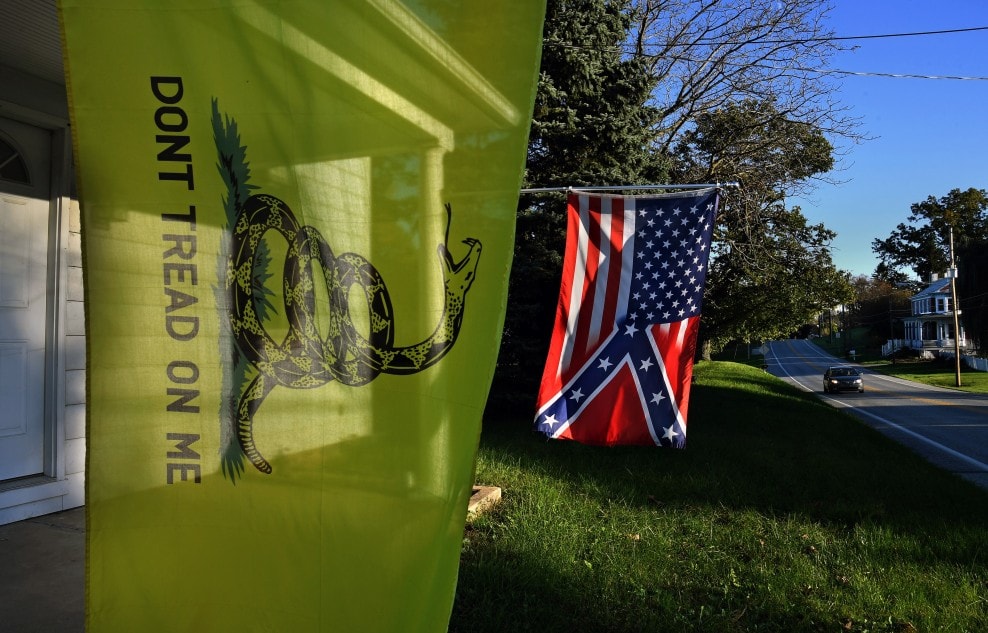
There were days when Venson imagined what might await America. This would
be a nation where whites weren’t only a minority, but disadvantaged,
punished for their collective crimes, because, as he put it, “we haven’t
been the nicest race.” Speaking Spanish wouldn’t just be beneficial,
but essential, and people like him would never be able to recover from
what they didn’t know. “Screwed for life,” he said.
These were relatively new thoughts for him. Until now,
his entire life had been lived in one America, the America of Jonestown,
Pa., where he shared a drab two-story rental with his mother in a
neighborhood of neat yards, basketball hoops and trucks parked in the
driveways. He graduated from Northern Lebanon High School, whose
demographics the principal, Jennifer Hassler, struggled to describe as “Diversity
isn’t necessarily — we don’t have a lot of diversity, we just don’t.”
On weekends, his family took day trips to nearby Hershey’s Chocolate
World.
But since he’d started at Bell & Evans, and been plunged into
another America, this one less familiar, race had been on his mind all of
the time. He thought about it when Heaven said she wanted to quit. He
thought about it when his mother vented about finding jobs for the
immigrants at her temp agency, and when he watched the news on his
big-screen television in his room, amid his sports posters, work boots and
video games.
He didn’t understand why people said the United States
should allow in more immigrants. If a Syrian needed asylum from a
murderous regime, then yes, the country should help. But anyone crossing
the border seeking jobs, even government assistance — that didn’t seem
fair. What about the people already here? What about the homeless? What
about him? He was the one, after all, whose career had been shaped by
Washington policymakers, who he believed didn’t know what it was like to
be an outsider in your own community — a feeling that had become as
ordinary to him as the wrench in his back pocket, which he now took out to
tinker with a malfunctioning batter machine.
“The motors are burning because they’re constantly
running,” Venson shouted over the clamor, but only got confused looks in
return.
Three white mechanics in blue smocks were huddled around
the machine. Ten Latino workers in white smocks were huddled around them,
watching as Venson unscrewed a clogged pipe to drain the excess batter,
then screwed it back on. The white men stood up and, with another job
done, returned to the mechanics’ break room, finding a mess of junk food
and drinks and a giant American flag hanging in the back from ceiling to
floor. They took off their smocks and hairnets. Venson sat at the picnic
table. He took in a slow breath and let it out.
The truth was that he loved this job. He didn’t have a
vocational degree, like some of the mechanics, or any experience, like
others. But in just one year, he’d gotten so good at it that his bosses
had bumped his hourly pay from $13.50 to $17. When the Pacmac or the DSI
Portioning System acted up, he was the one who knew what to do, not
because he was a savant, but because he’d worked at it, day after day,
which was why he became so frustrated when workers in that department didn’t
ask him for assistance. They wanted help only from Juan Leon, the shift’s
lone Latino mechanic, a Puerto Rican transplant whom Venson genuinely
liked and appreciated, but who didn’t know those machines. Venson did.
So why didn’t they ask him for help? Why did they want solely another
Latino? How did it get to be this way?
“I was amazed,” mechanic Mike Stubblefield said one
day, during another break room conversation about the plant’s racial
dynamic, after seeing entire Latino families working at the plant. “ ‘Your
father works here, your mother, your brother and your sister?’ ”
“That goes right back to what I was saying. It’s an
easy place to get employed, these plants are,” Venson said. “They just
come put in an application, ‘I need trabajo.’ ”
“Yo necesito trabajo?” said Mike Zombro, another
mechanic.
“Yeah, sure, whatever, yo quiero Taco Bell,” Venson
said. “No speak-a the Spanish.”
“That’s why we have Juan. ‘Juan, what the f— is
he saying to me? Because I don’t f—ing know,’ ” Zombro said,
laughing and backslapping Leon, who last year had requested a transfer to
a shift with more Latino mechanics, in part to get away from this type of
talk. He silently listened to the conversation, expressionless, until a
call came over the radio. Time to get out onto the production floor. The
men pulled on their hairnets.
On his way toward the next assignment, Venson saw
Heaven. She was alone at the back of Line 4. He’d never seen her speak
with anyone, not in the year he’d been here, and he didn’t know how
she did it. At least he had the camaraderie of the mechanics, the reprieve
of their break room, the fulfillment of doing work he liked. But why was
she still here, he couldn’t help but think. Why hadn’t she quit?
On mornings after her night shifts at the plant, Heaven
often sleeps in until noon, and the first thing she often  does
is check for messages from Venson. does
is check for messages from Venson.
It was nearly 2 in the afternoon when Heaven woke, two
hours later than she’d wanted, inside a trailer sealed from the light of
outside. Lying on a mattress without a frame, she checked her phone to see
if Venson had texted her — not yet — then looked around the room where
she’d spent nearly every night for almost as long as she could remember.
There were her stuffed elephants. An old flower-print chair piled with
clothing. The chalkboard on the wall where she’d written, “11/11/17,”
the date her relationship with Venson started. And a pack of menthol
cigarettes, which she carried outside, squinting into the cloudless
afternoon. She got a cigarette going, and then another, looking at a
view that spilled out like a painting, only crops and trees and sun.
How disability benefits divided this rural community
between those who work and those who don’t. America is more
diverse than ever — but still segregated
In Jim Cooley’s open-carry America, even a trip to
Walmart can require an AR-15
No matter how many times she’d been out here, the view
had never changed, one of the few things that hadn’t in a county and
state and country where every year seemed to bring more news of
transformation. In 2015, demographers announced that California had more
Latinos than whites. In 2016, the U.S. Census Bureau said white babies
hadn’t been the majority the year before. In 2017, all racial minorities
were found to be growing faster than whites. And here in Lebanon County,
plans were underway for yet more factories and plants, including one at
Bell & Evans, that local experts predict will employ mostly Latinos,
accelerating the demographic shift.
Heaven, looking out into this county, felt resigned to
what she could not change. She had applied to the new Ace Hardware
factory. Then when that didn’t lead to anything, she submitted an
application to an industrial supply plant. But no one got back to her on
that, either, and she now wondered: What had been the point? She believed
she’d be a minority no matter what plant she worked in. The world she’d
never wanted to go out and see had instead come to her, and it was here to
stay.
The cigarette was done, and she went inside. She put on
her makeup, sprayed herself with a burst of Winter Candy Apple perfume,
then drove the three miles into work. She looked for Venson, but he’d
already clocked in, so she pulled on her winter hat and scarf again. It
was seven minutes until her shift began, and with nothing better to do,
and no one to talk to, she went to the clock-in station, where she watched
the woman with a black ponytail coming down the hallway, hugging people as
she went.
This time, however, when she reached Heaven, the woman
stopped. Heaven stayed motionless, unsure. Without a trace of caution, the
woman embraced her, saying something Heaven didn’t understand. Then an
older woman kissed her cheek. Then the women crowding around Heaven began
to laugh, and, as the final minutes went by, she started laughing, too.
Then it was over. The clock hit 3:20. A rush of key
cards touched the clock-in machine. The women dispersed: the Spanish
speakers to one station, where they stood and got to work, chatting as
they went, and Heaven to the back of Line 4, where the only sound in her
ears was the whir of the Multivac pushing out the next four packages of
chicken.
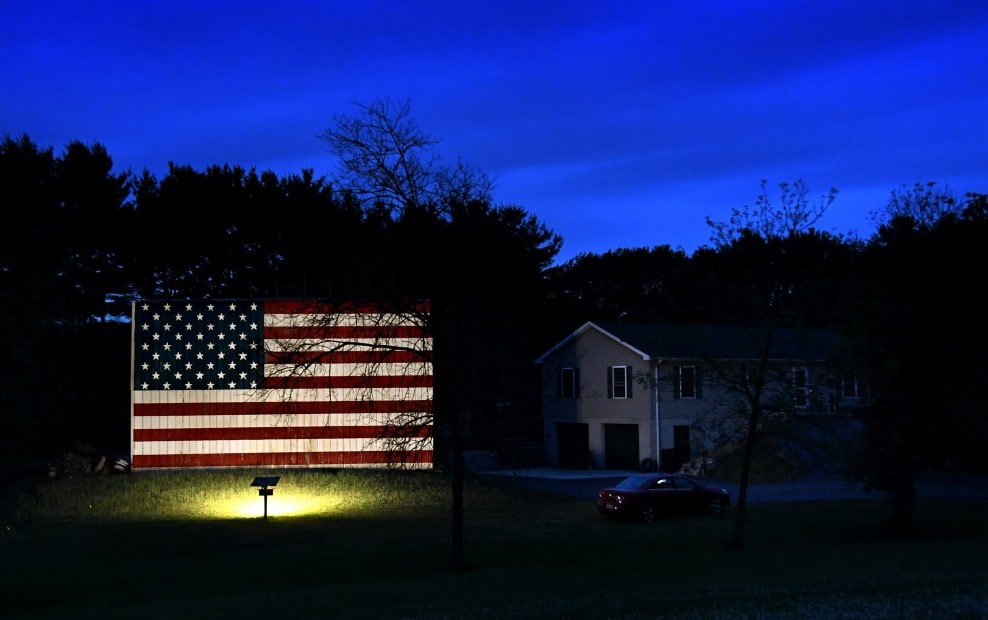
An American flag is painted on a barn near Lebanon, Pa.
Fredericksburg, in Lebanon County, is 95 percent white and overwhelmingly
conservative.
© 2018 Oath Inc. All Rights Reserved
Gilbert Sanchez gilsanche01@gmail.com
|
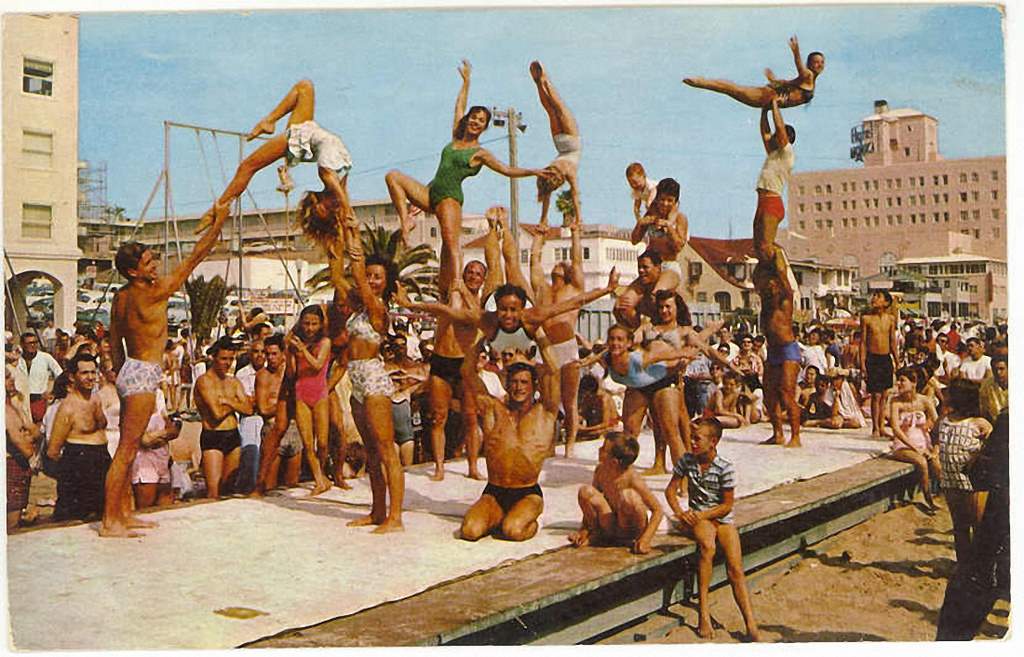

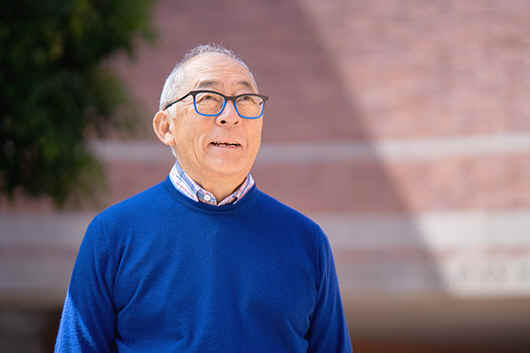
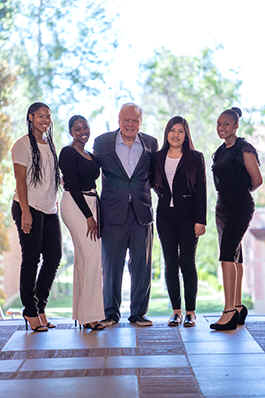
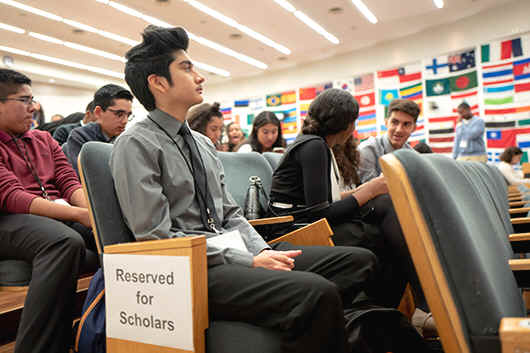
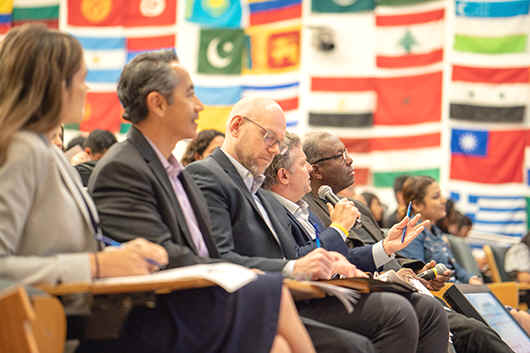
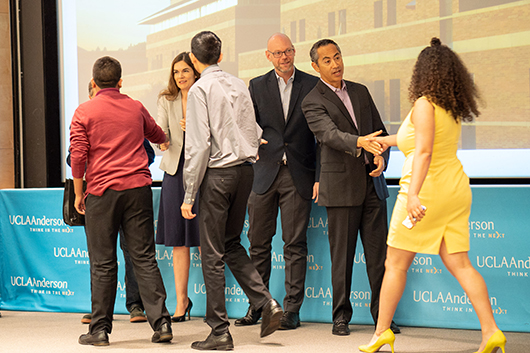

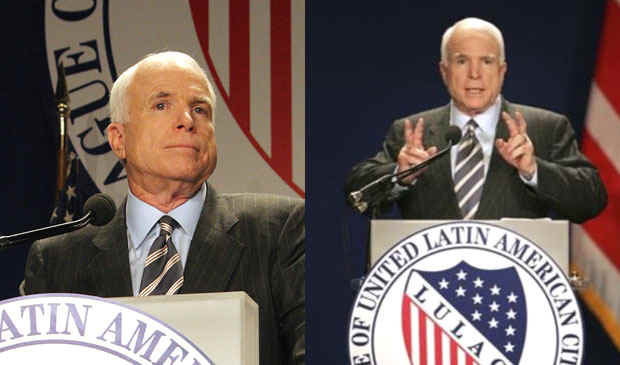



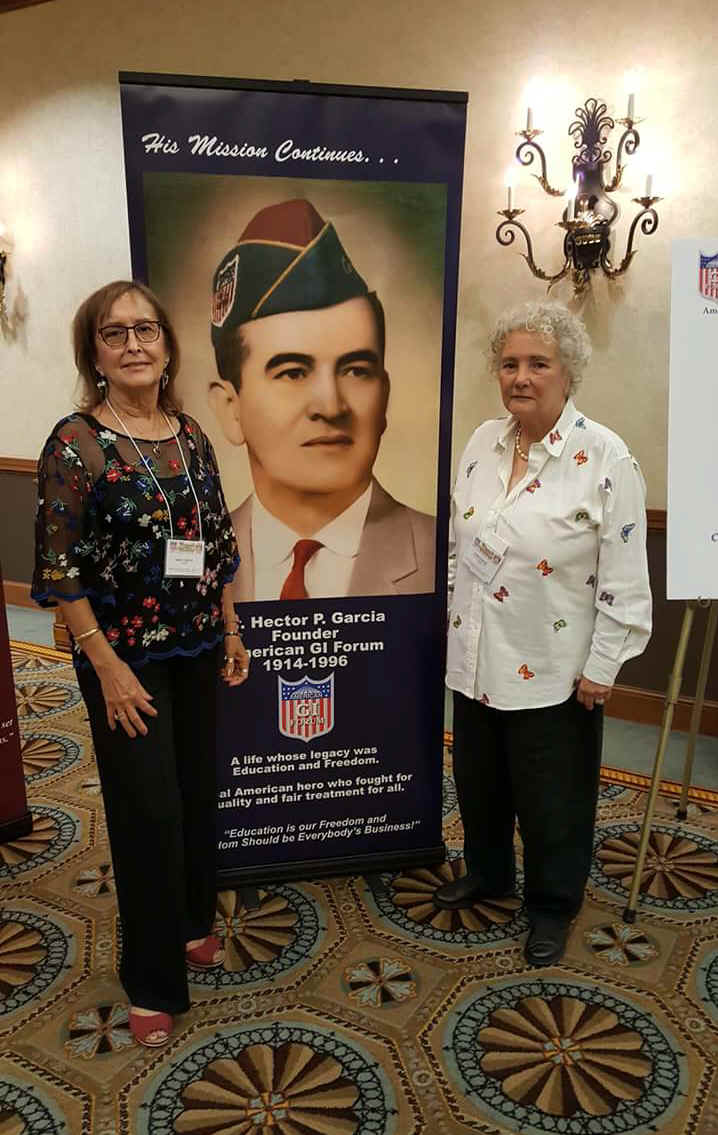
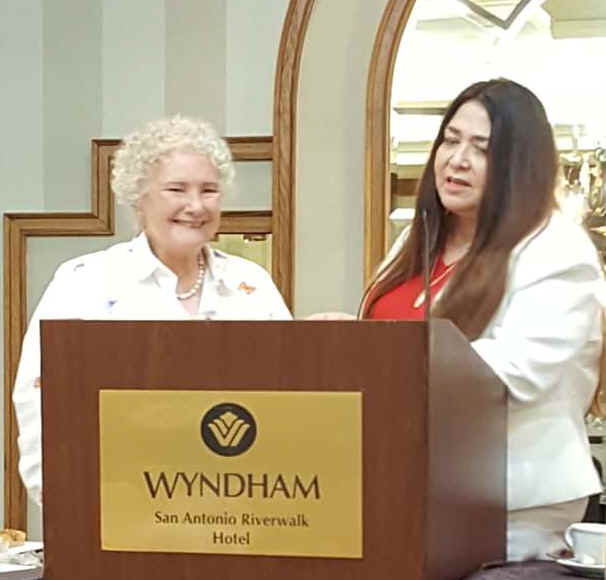
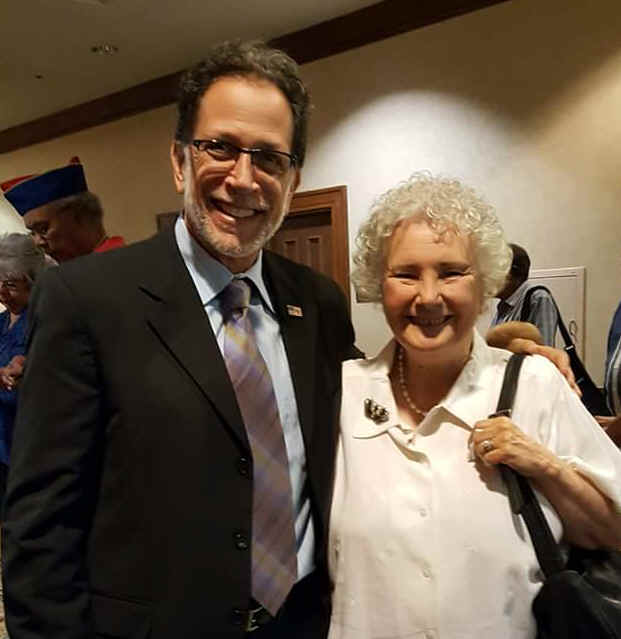
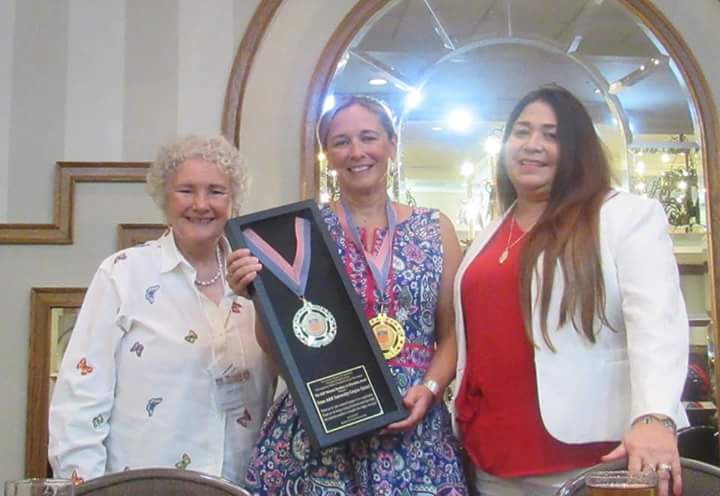

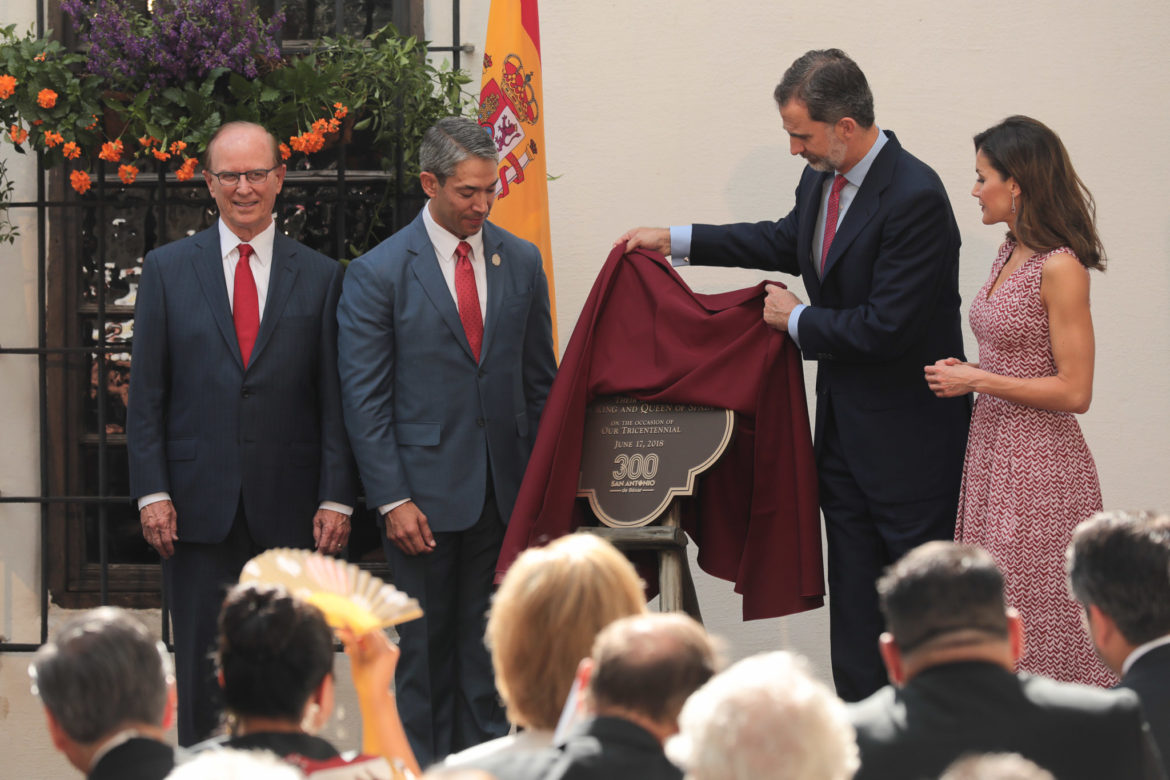
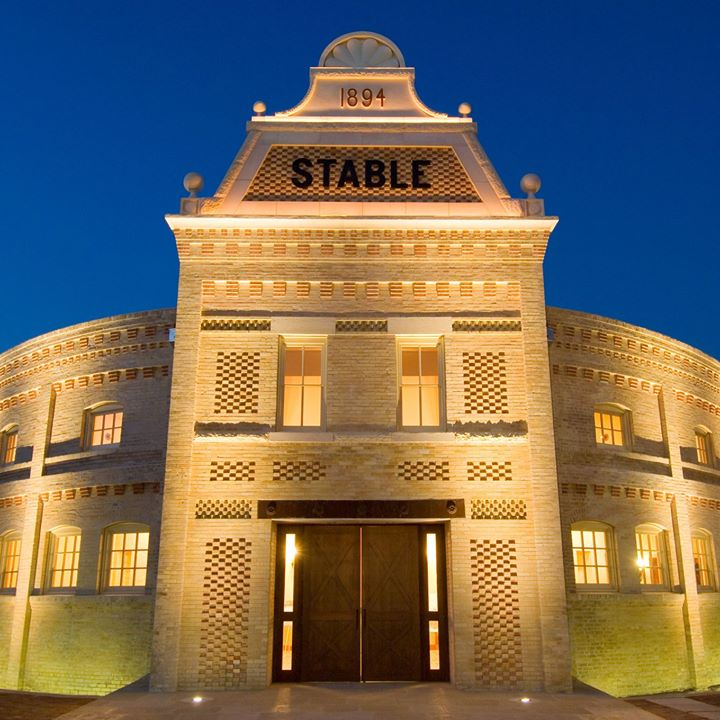
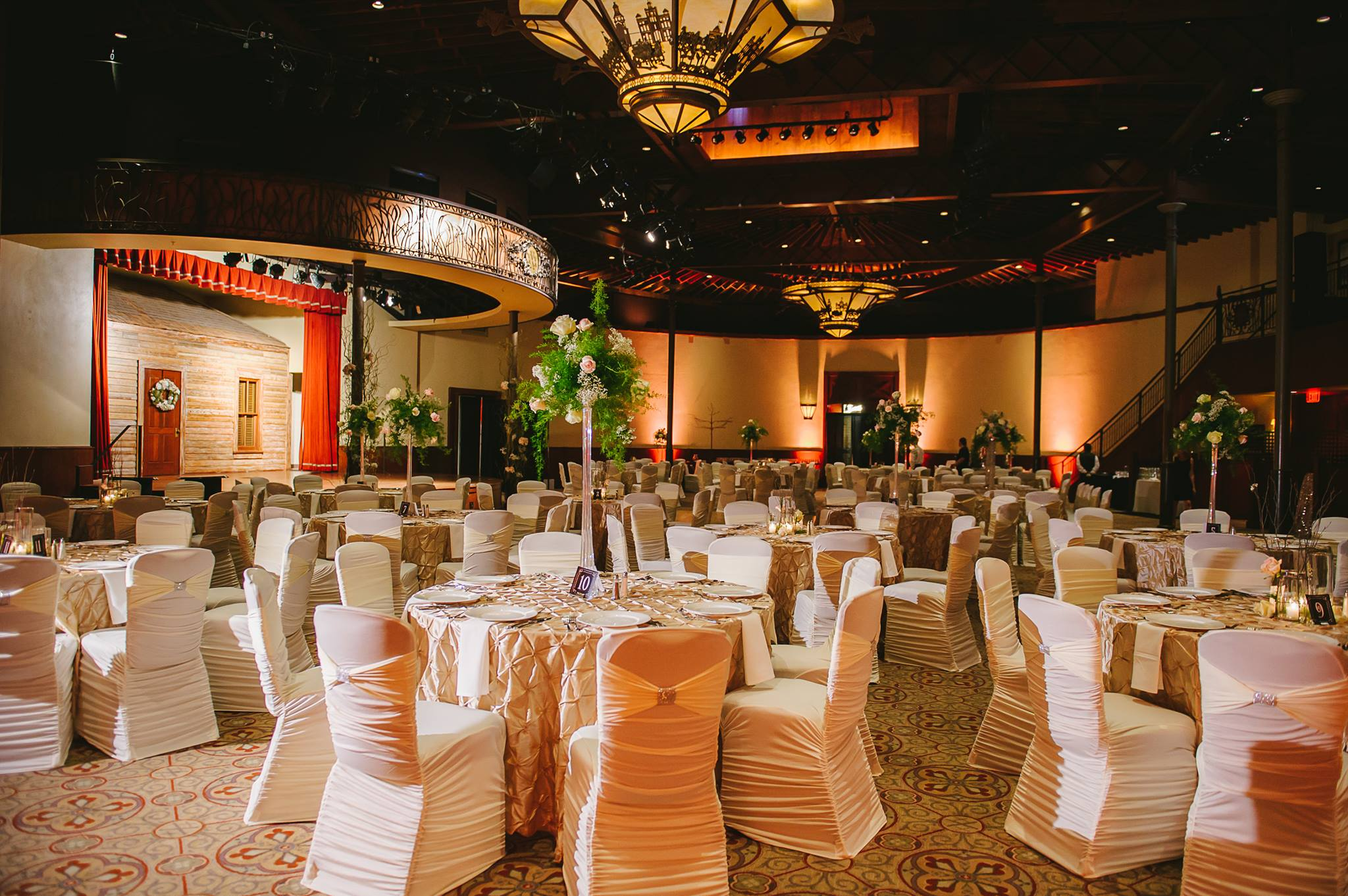
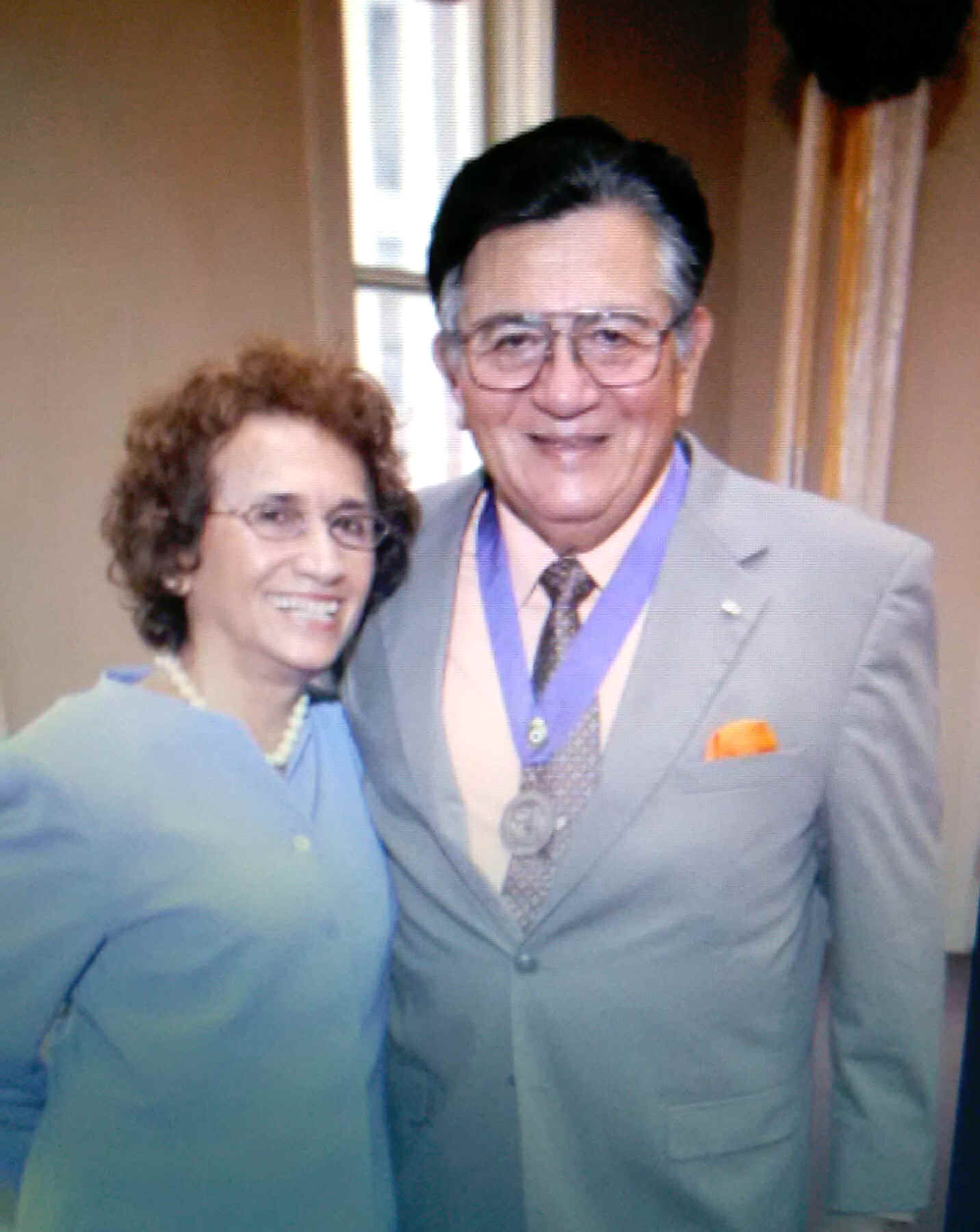
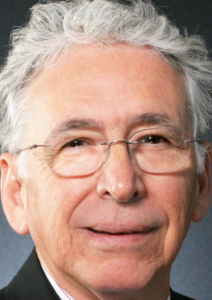
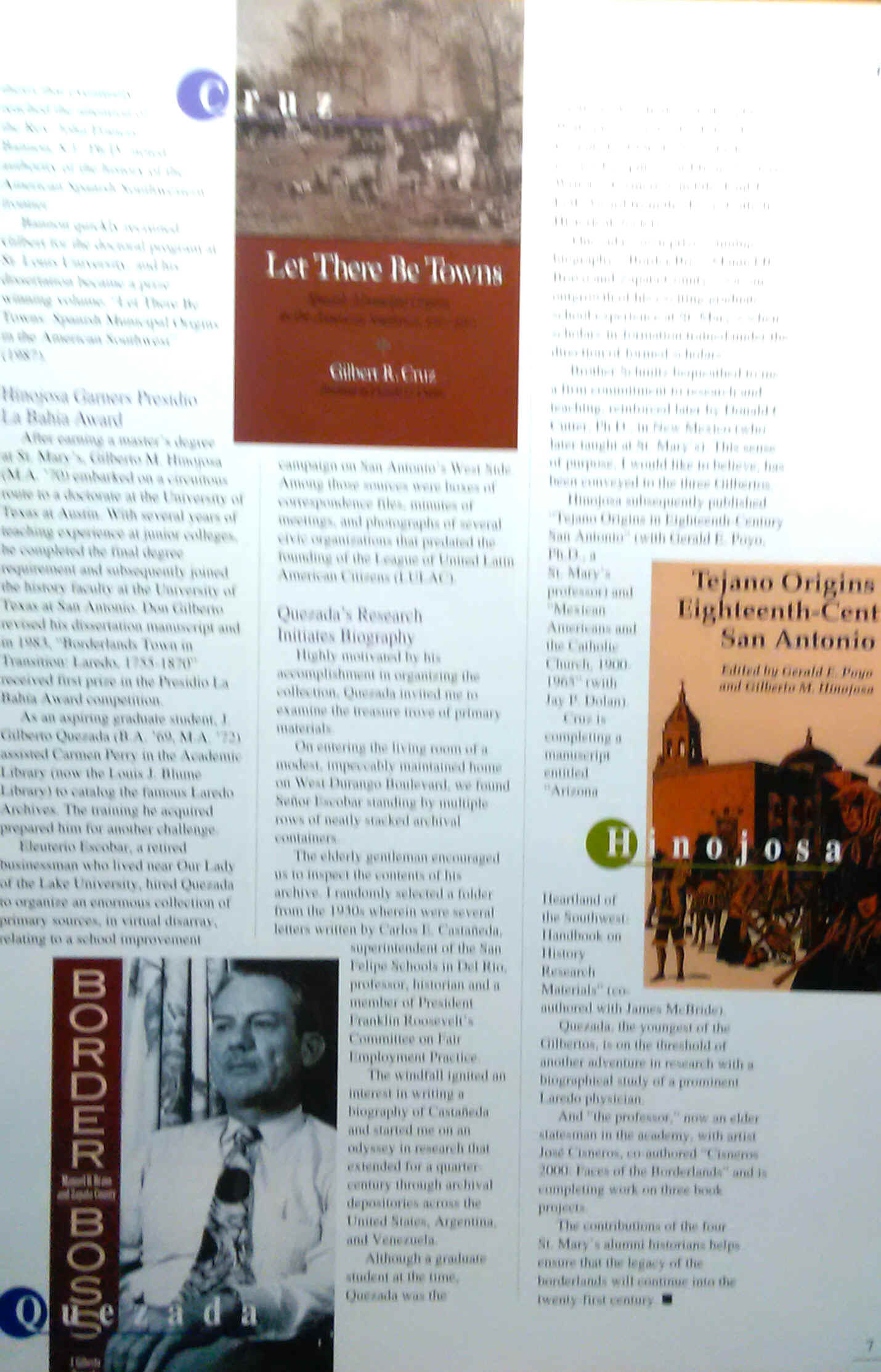
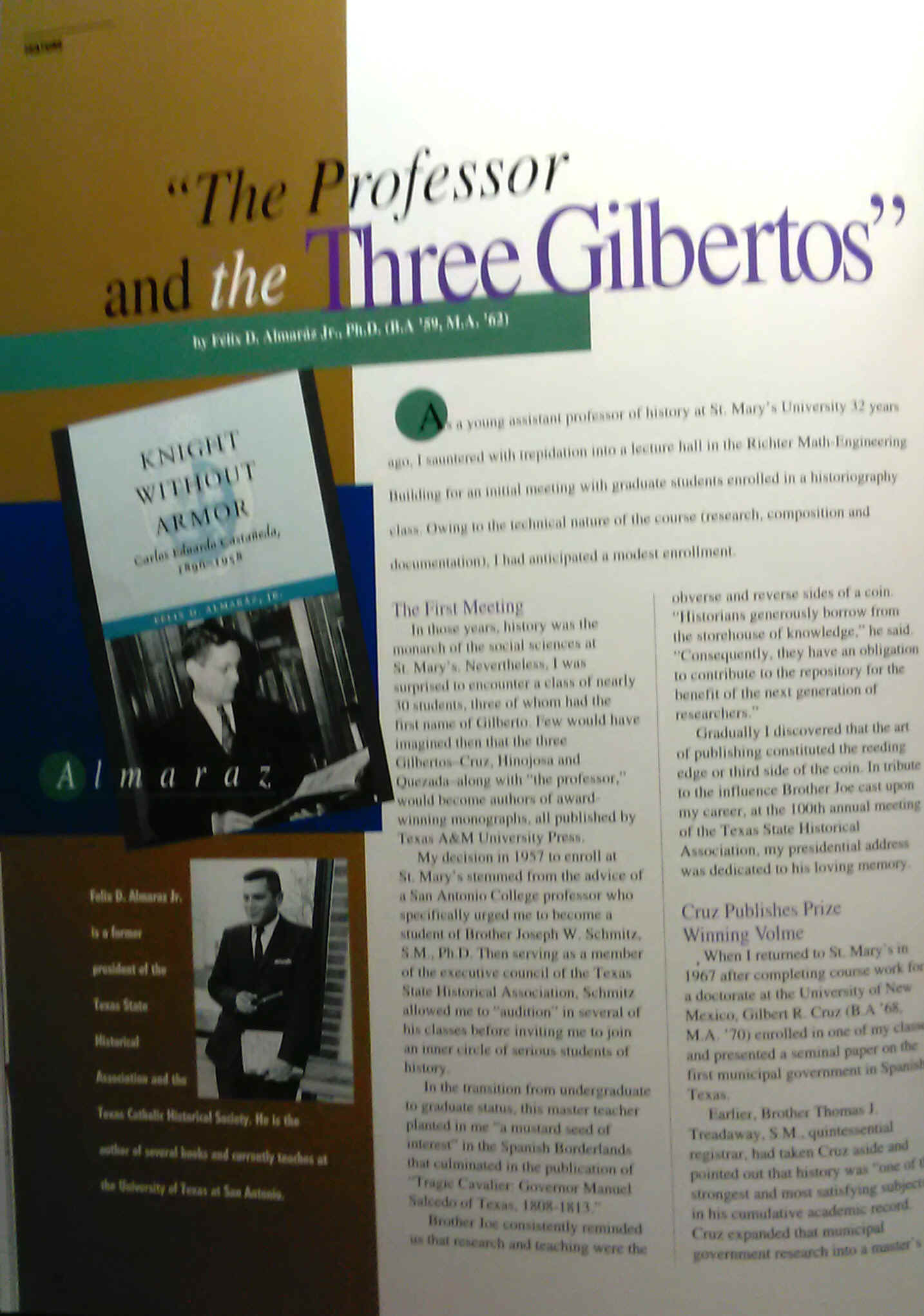

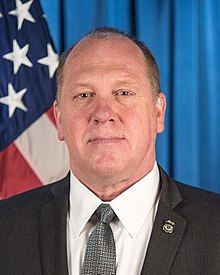 At
this year's National Conference Dinner Gala, in order to demonstrate our
appreciation for those who give so much in defense of our lives and
freedoms, we are thrilled to be honoring Former Acting Director of U.S.
Immigration and Customs Enforcement, Thomas Homan by presenting him with
our Law Enforcement Medal of Honor Award.
At
this year's National Conference Dinner Gala, in order to demonstrate our
appreciation for those who give so much in defense of our lives and
freedoms, we are thrilled to be honoring Former Acting Director of U.S.
Immigration and Customs Enforcement, Thomas Homan by presenting him with
our Law Enforcement Medal of Honor Award.
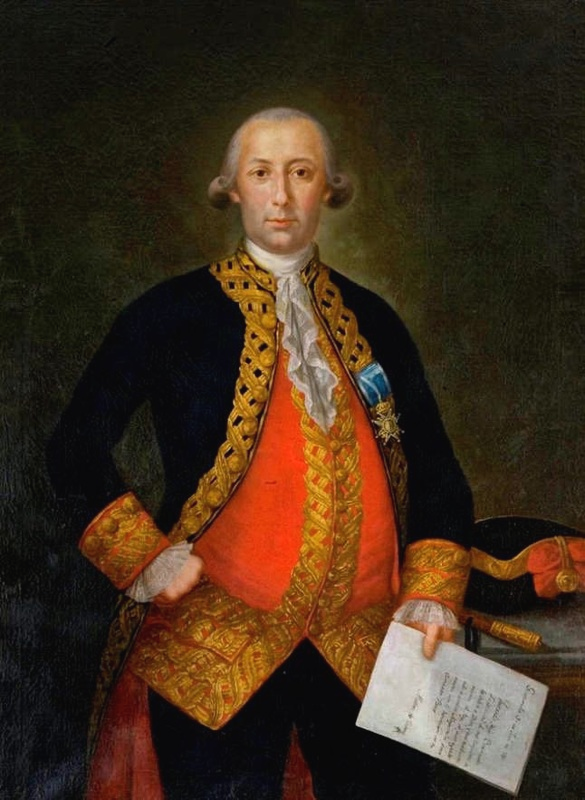
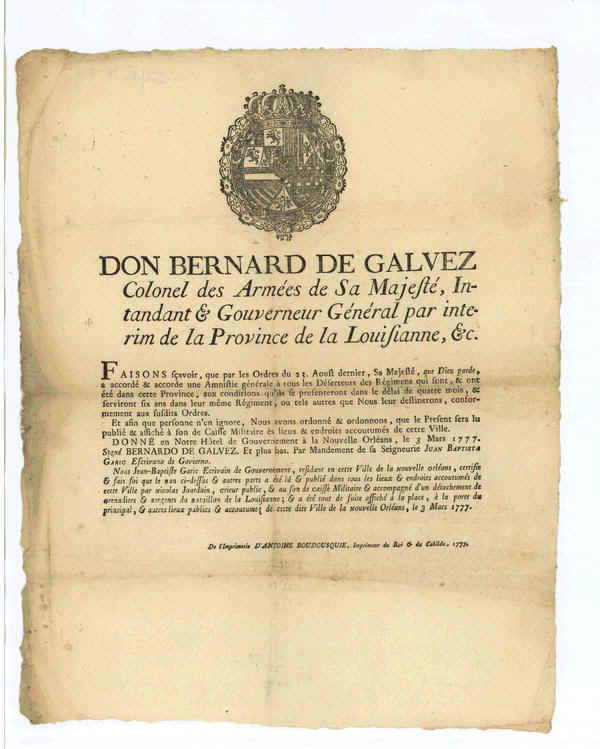

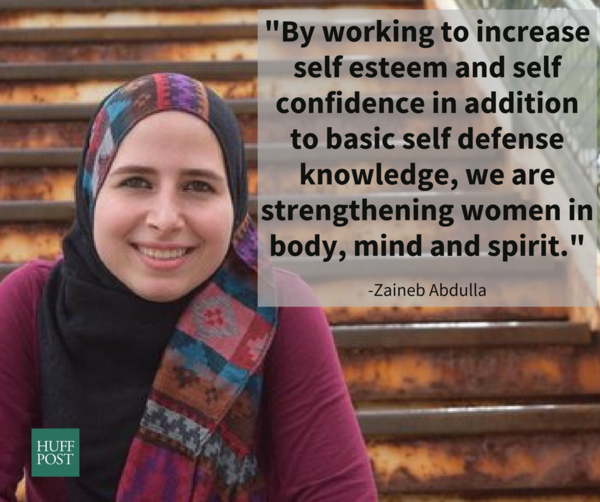

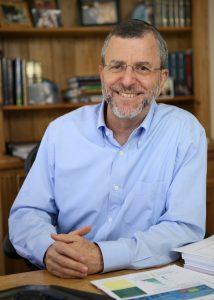 My
friend Marc Firestone is a successful businessman who is working hard to
encourage people to embrace their roles as “representatives of God”.
Additionally, Marc is an Orthodox Jew who has been featured on CNN, KABC-AM
and KFI-AM talk radio talking about how the Torah provides wisdom for
“sanctifying the Name of God” in small, practical ways ranging from
how one talks to their spouse to how they do business.
My
friend Marc Firestone is a successful businessman who is working hard to
encourage people to embrace their roles as “representatives of God”.
Additionally, Marc is an Orthodox Jew who has been featured on CNN, KABC-AM
and KFI-AM talk radio talking about how the Torah provides wisdom for
“sanctifying the Name of God” in small, practical ways ranging from
how one talks to their spouse to how they do business.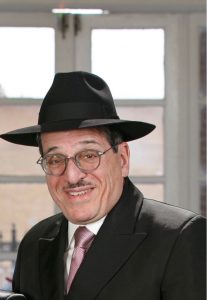 When
they met, Mr. Joon told him the following, “I have always heard
negative stereotypes about Jews and I took it at face value. Then, my
daughter took an internship working in your company. Throughout the
year, she has been telling me how wonderful it is to work at your
company.”
When
they met, Mr. Joon told him the following, “I have always heard
negative stereotypes about Jews and I took it at face value. Then, my
daughter took an internship working in your company. Throughout the
year, she has been telling me how wonderful it is to work at your
company.”
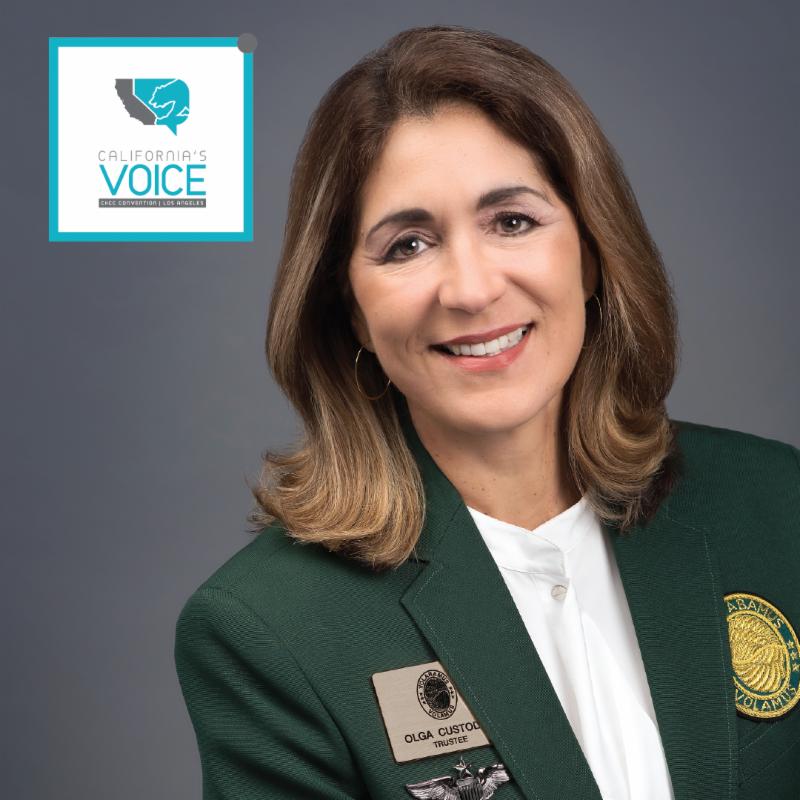


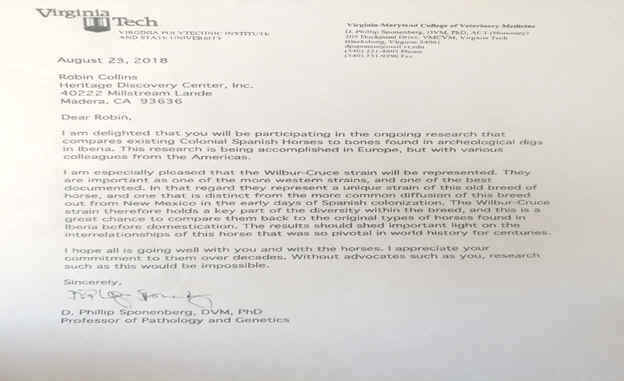
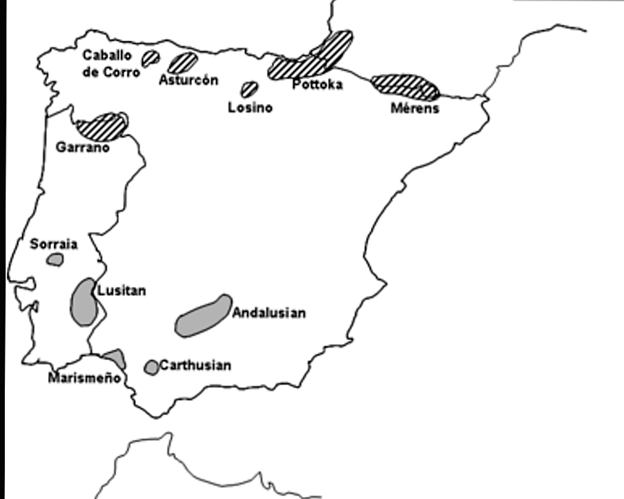





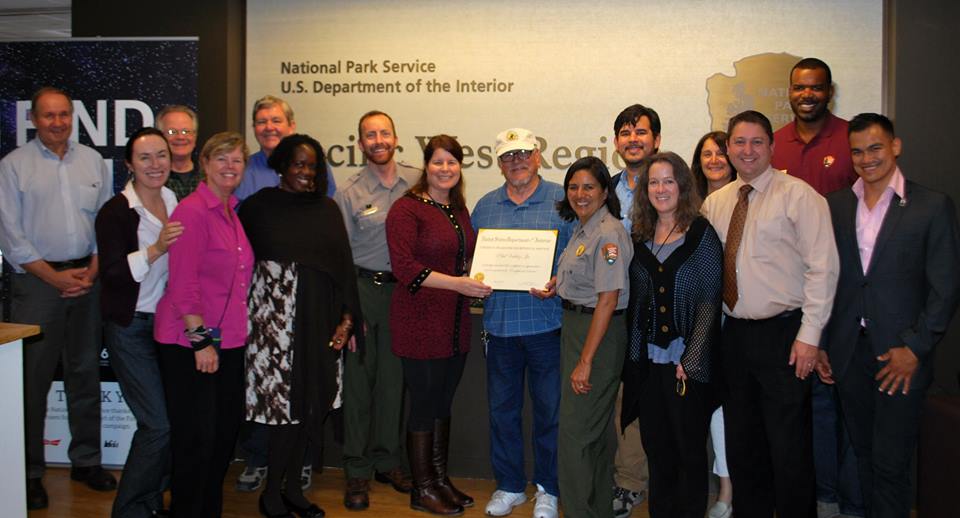
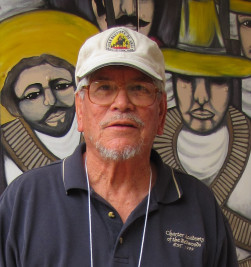 On
the morning of May 10, 2018 Phil Valdez, Jr. passed away after a hard
fought battle with cancer. A founding member of the Anza Society, Phil
contributed significantly to a better understanding of Anza and
the historical context of his life. Phil’s enthusiasm for
sharing this knowledge was second to none. This is best
exemplified in depth and breadth by his published articles on this
site. Many members of the Anza Society remember him fondly, and
some have contributed their memories. We hope these memories
will inspire you and other citizen historians to continue the
study of Anza and Anza’s times with the foundation of knowledge
shared by the passionate, committed scholar and friend, Phil Valdez,
Jr.
On
the morning of May 10, 2018 Phil Valdez, Jr. passed away after a hard
fought battle with cancer. A founding member of the Anza Society, Phil
contributed significantly to a better understanding of Anza and
the historical context of his life. Phil’s enthusiasm for
sharing this knowledge was second to none. This is best
exemplified in depth and breadth by his published articles on this
site. Many members of the Anza Society remember him fondly, and
some have contributed their memories. We hope these memories
will inspire you and other citizen historians to continue the
study of Anza and Anza’s times with the foundation of knowledge
shared by the passionate, committed scholar and friend, Phil Valdez,
Jr.
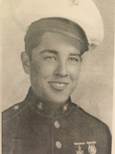
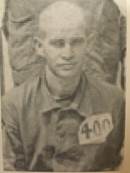



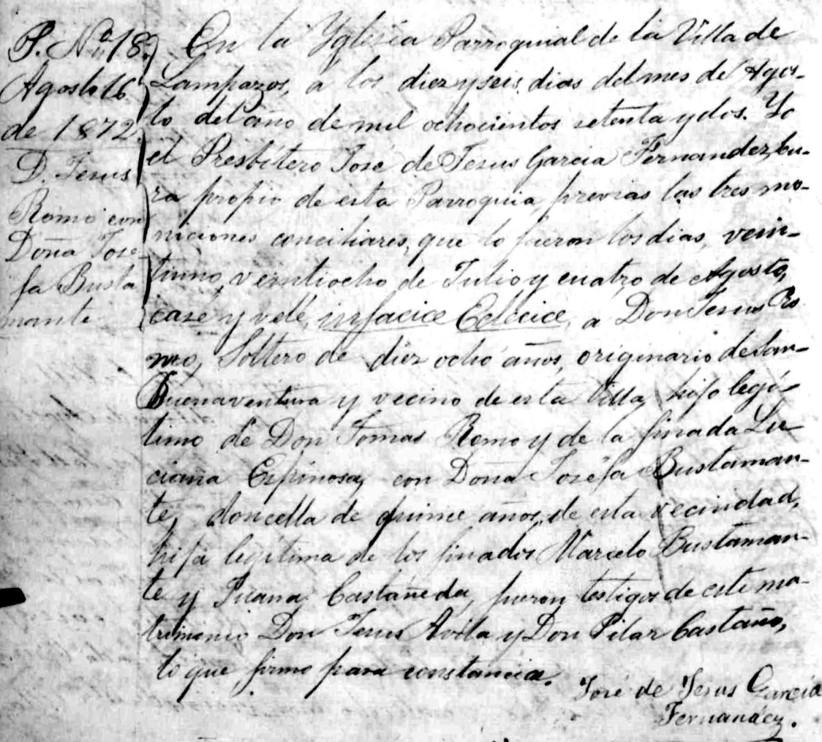
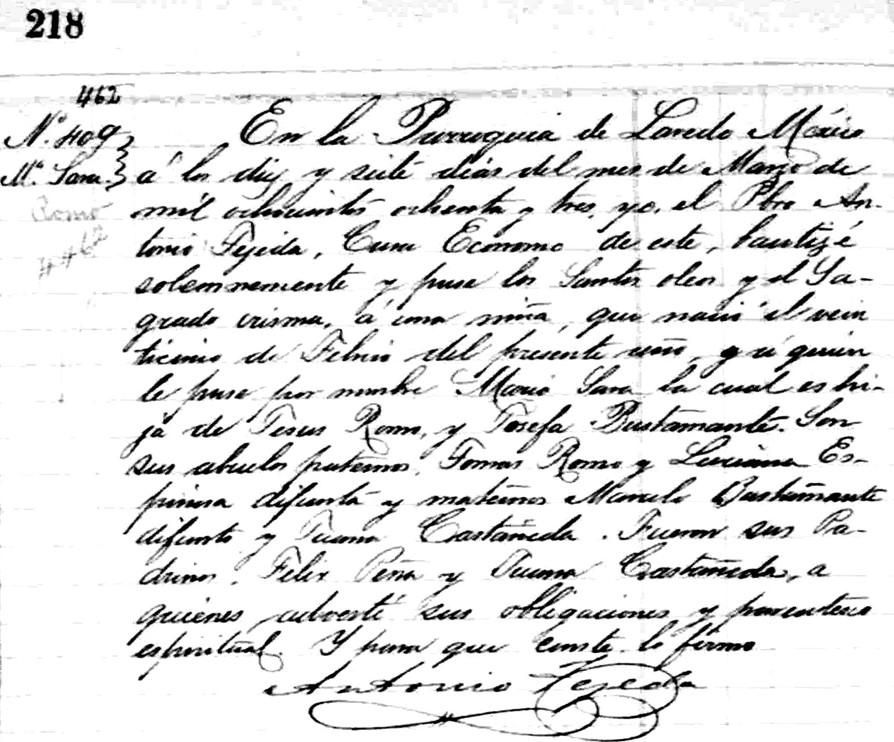
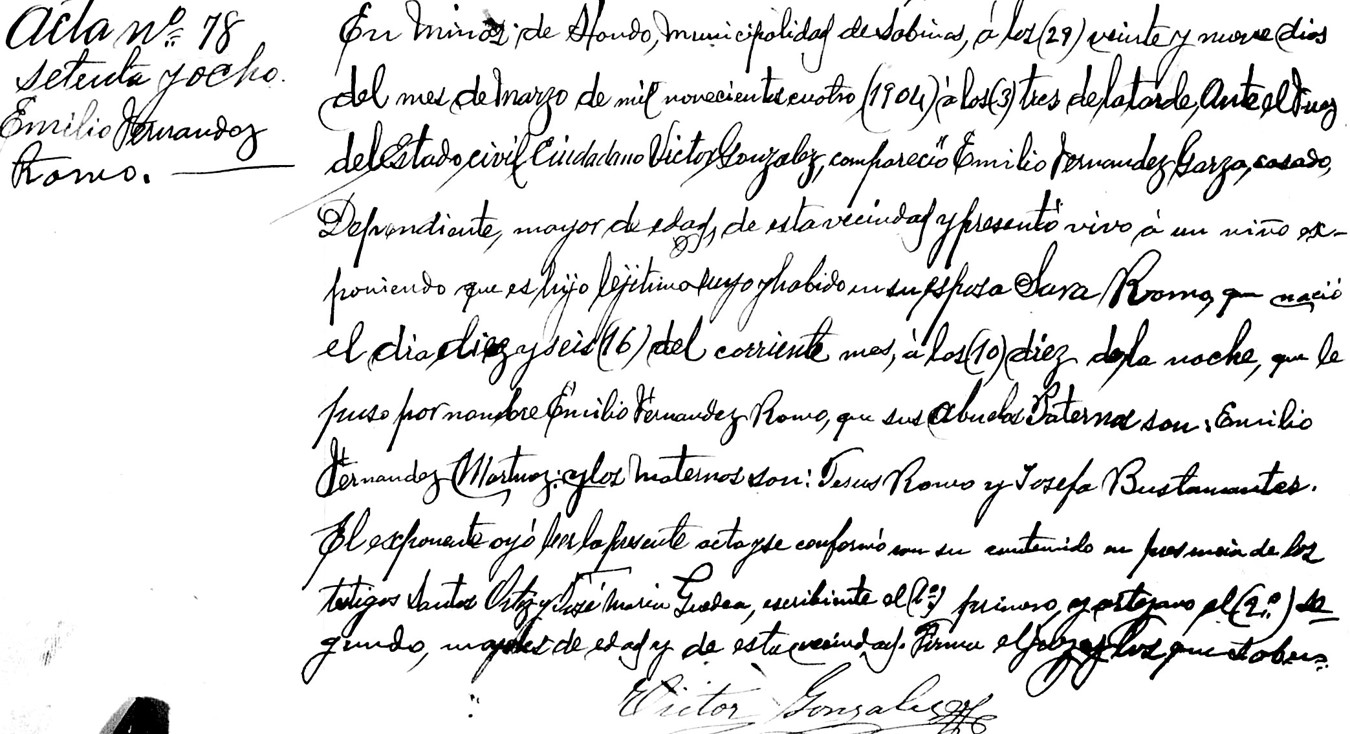
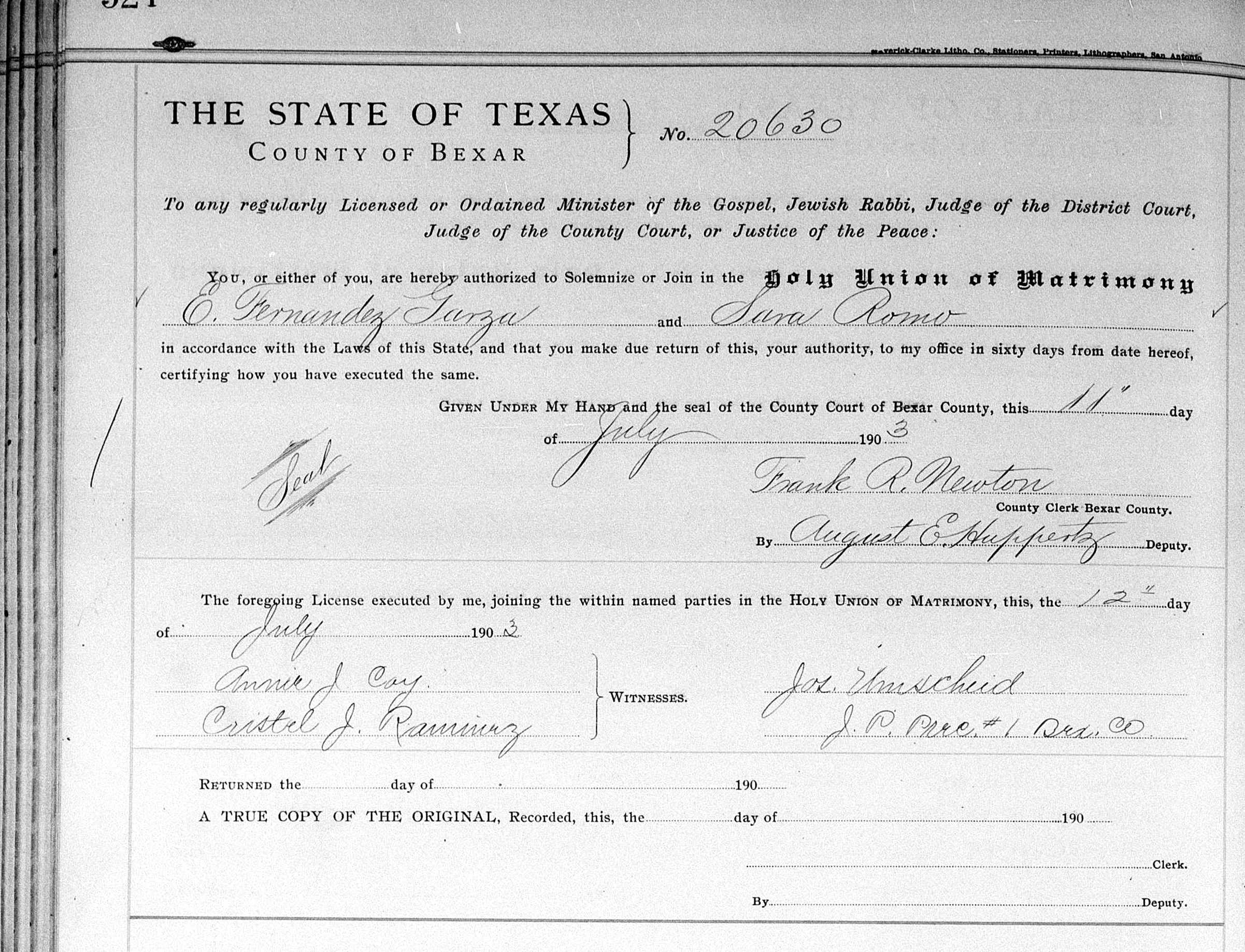
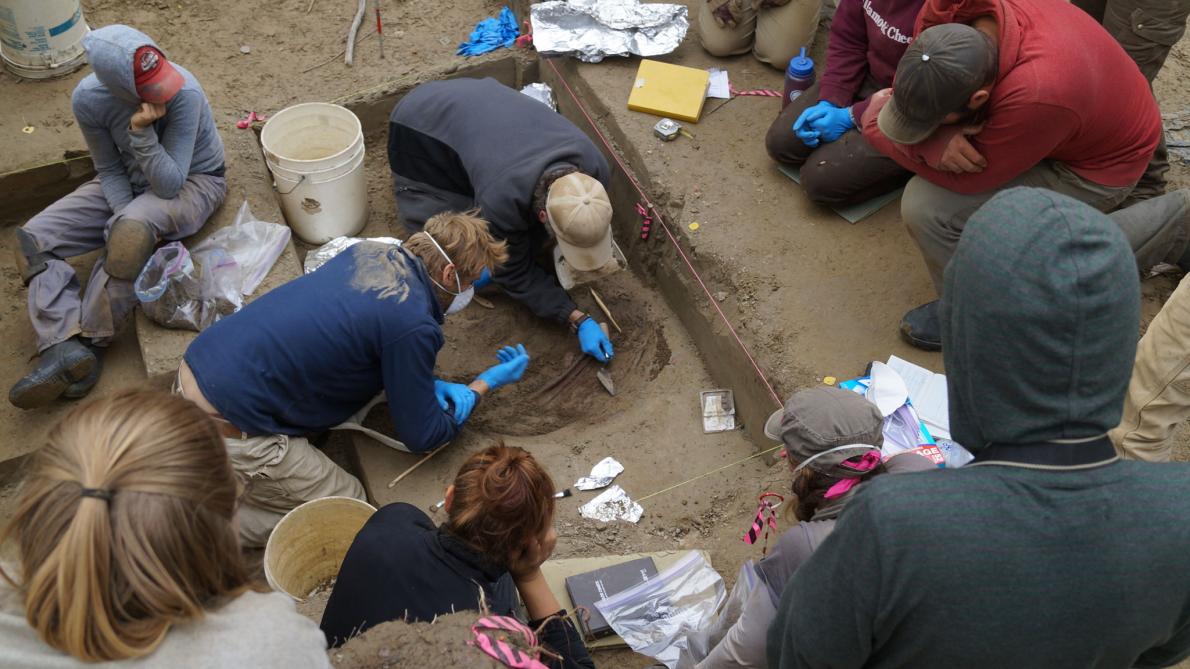
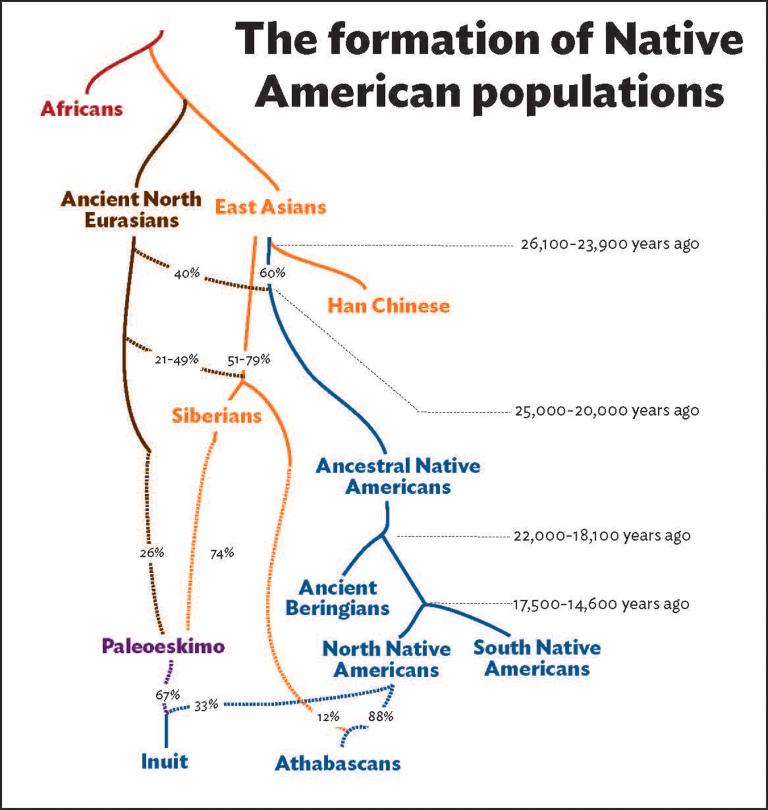
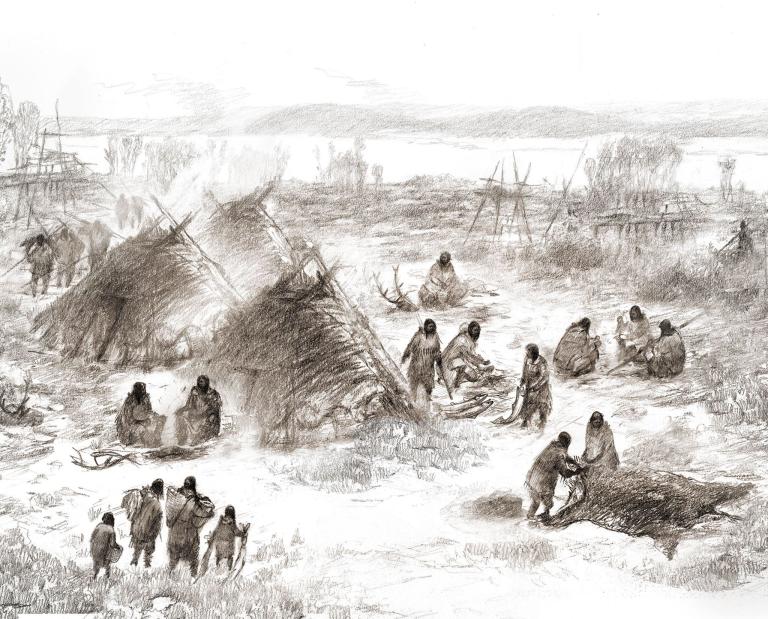
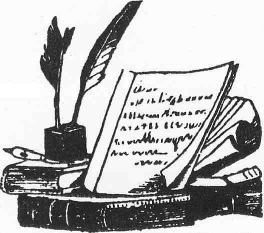


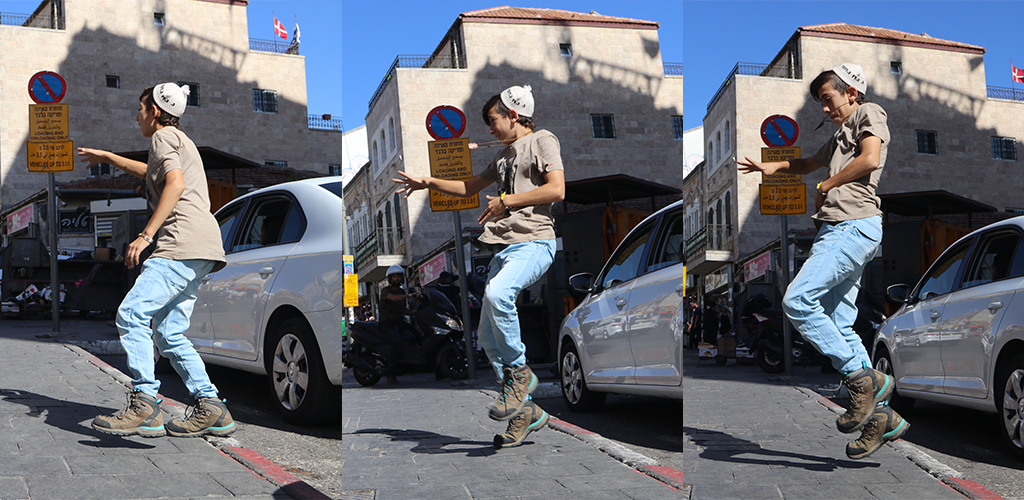
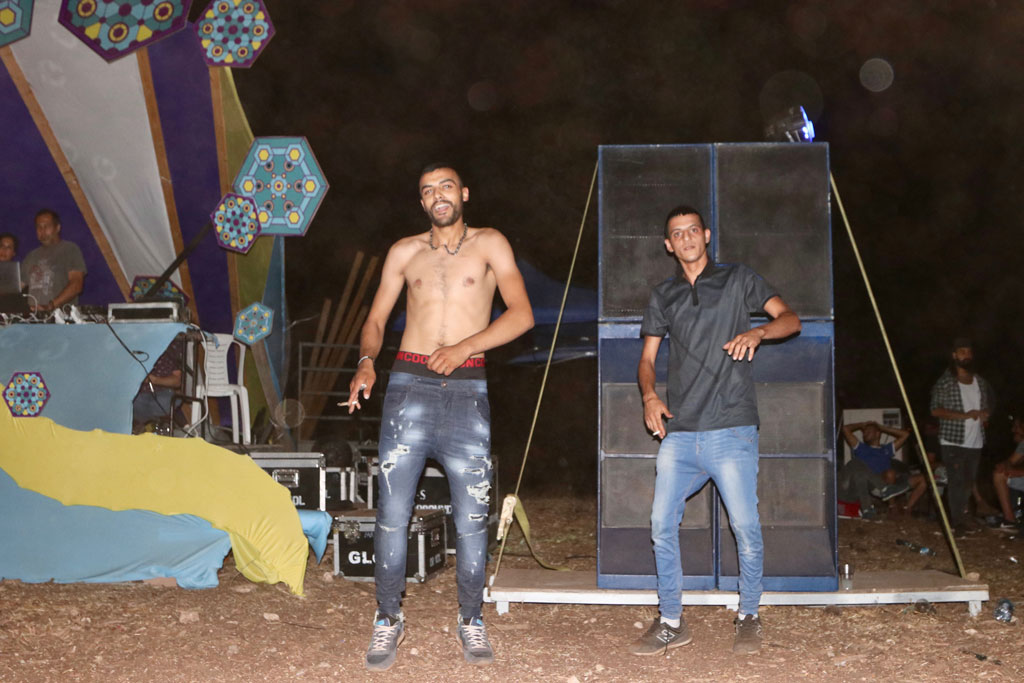
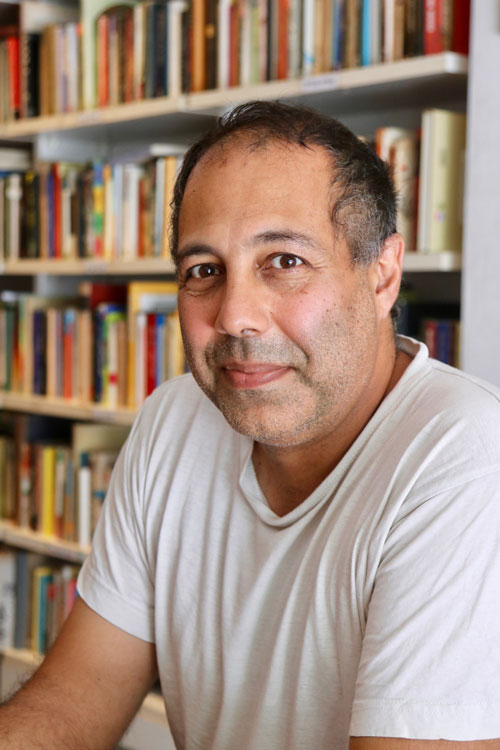 Toward
the end of Saba’s life, a number of baalei teshuva (secular Jews who
have returned to faith) became attracted to his and Nachman’s teachings.
Among those teachings was an emphasis on hitbodedut, or solitary
meditation in nature, communing with and crying out to God. To more
conventional Hasidim, so much solitary prayer (as opposed to the more
traditional 10-man minyan, or prayer group) would drive one insane—but
for the Na Nachs, perhaps that’s just the point: a peaceful insanity,
not altogether different from the insanity found in nature parties and
espoused in Doof’s tagline.
Toward
the end of Saba’s life, a number of baalei teshuva (secular Jews who
have returned to faith) became attracted to his and Nachman’s teachings.
Among those teachings was an emphasis on hitbodedut, or solitary
meditation in nature, communing with and crying out to God. To more
conventional Hasidim, so much solitary prayer (as opposed to the more
traditional 10-man minyan, or prayer group) would drive one insane—but
for the Na Nachs, perhaps that’s just the point: a peaceful insanity,
not altogether different from the insanity found in nature parties and
espoused in Doof’s tagline.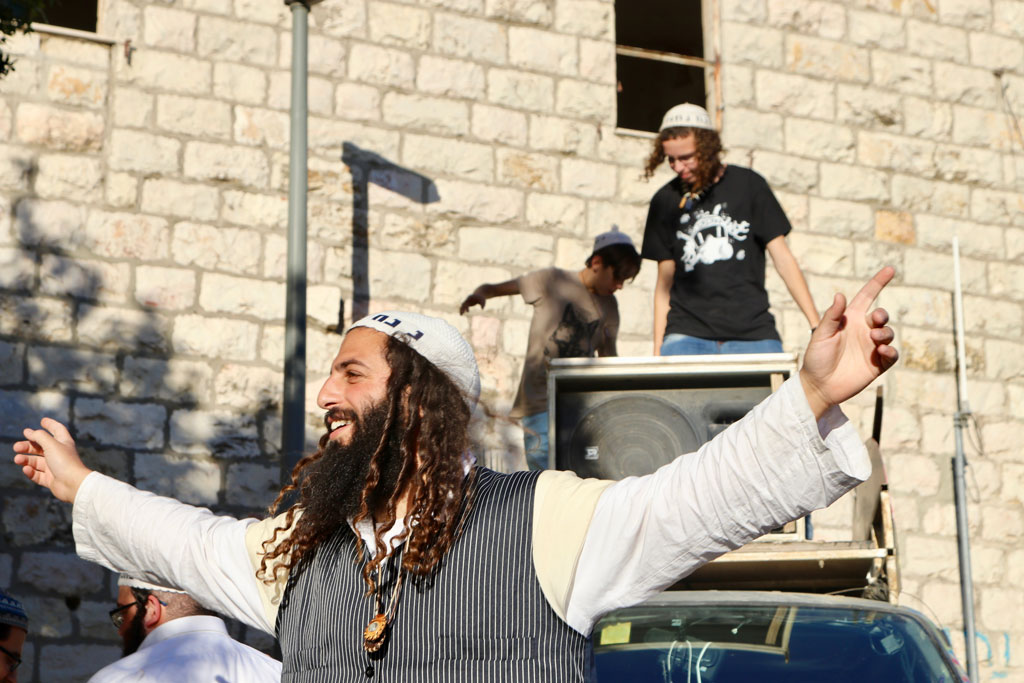
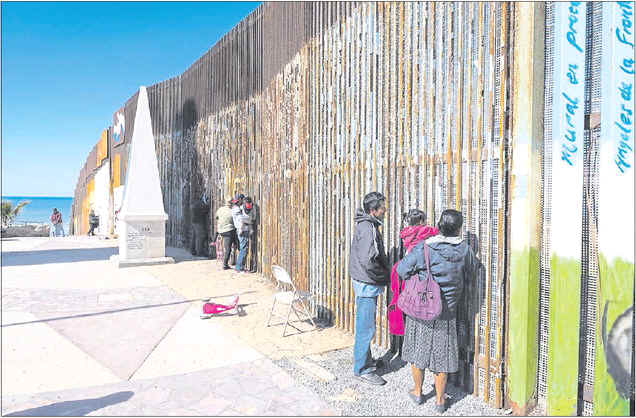
 “We’re
actually going to the border and see it and live it. While others are
studying it in textbooks, we’re getting on-site learning.”
“We’re
actually going to the border and see it and live it. While others are
studying it in textbooks, we’re getting on-site learning.”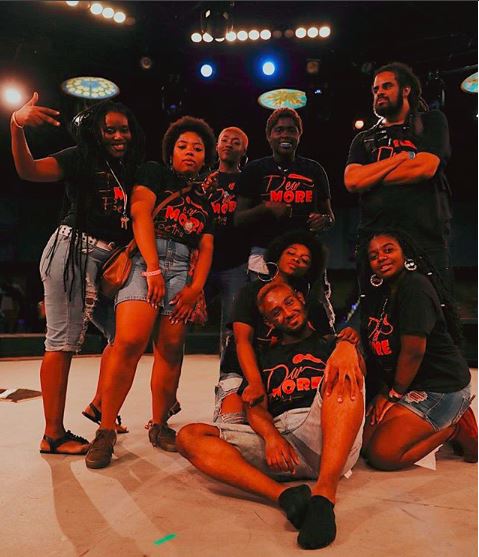
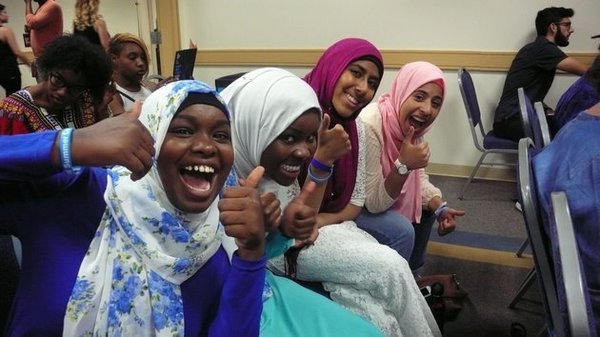
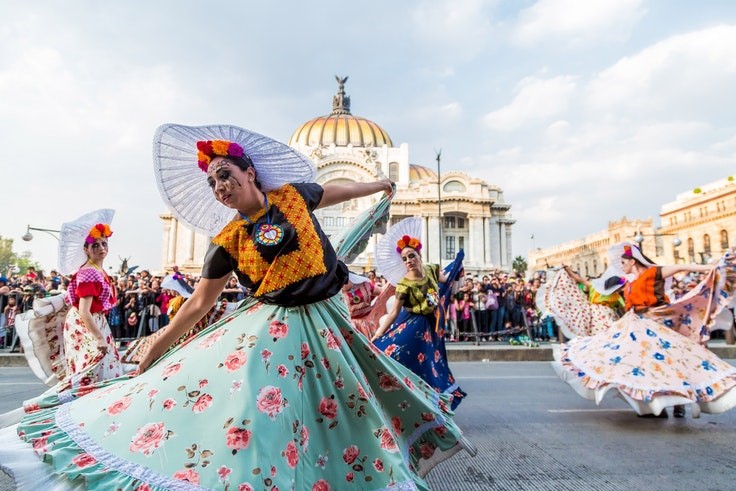
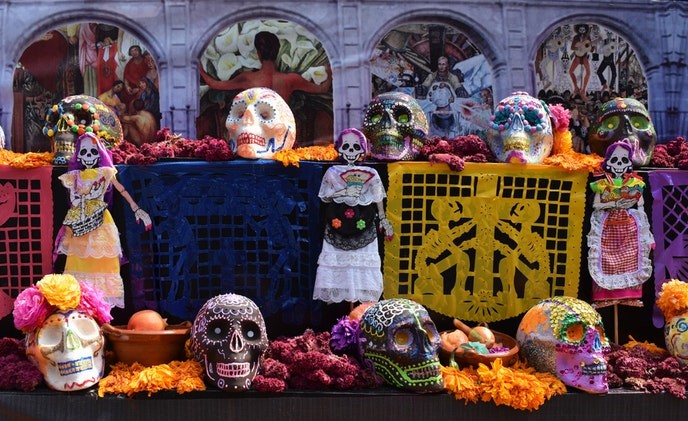


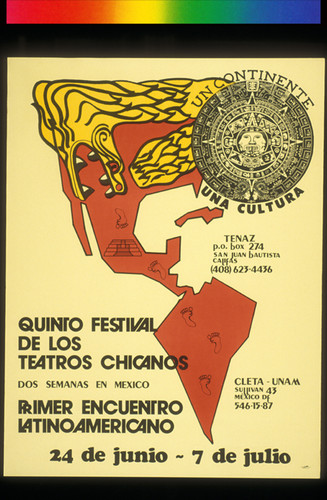
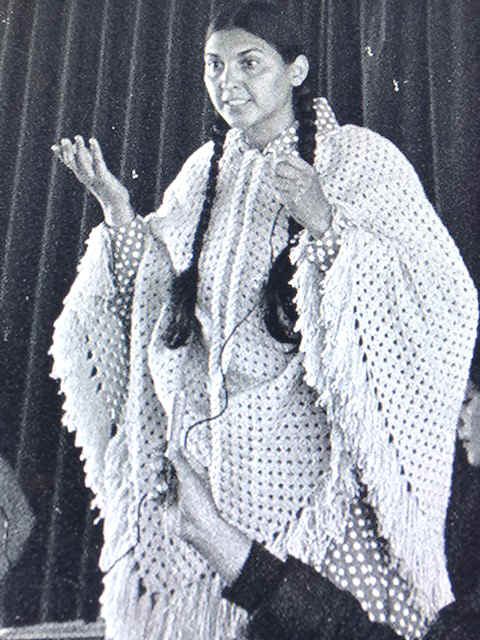
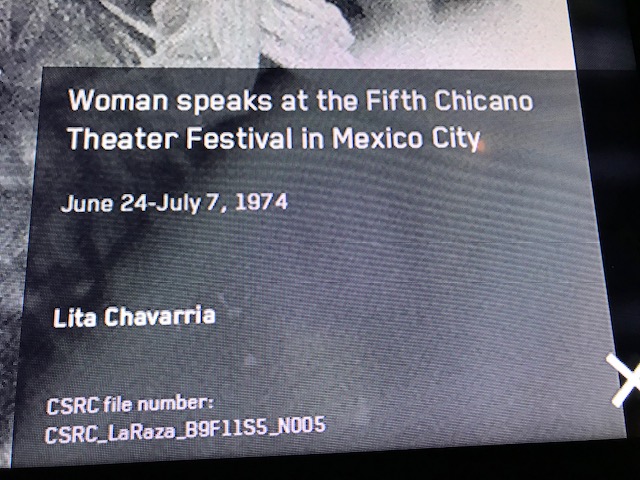

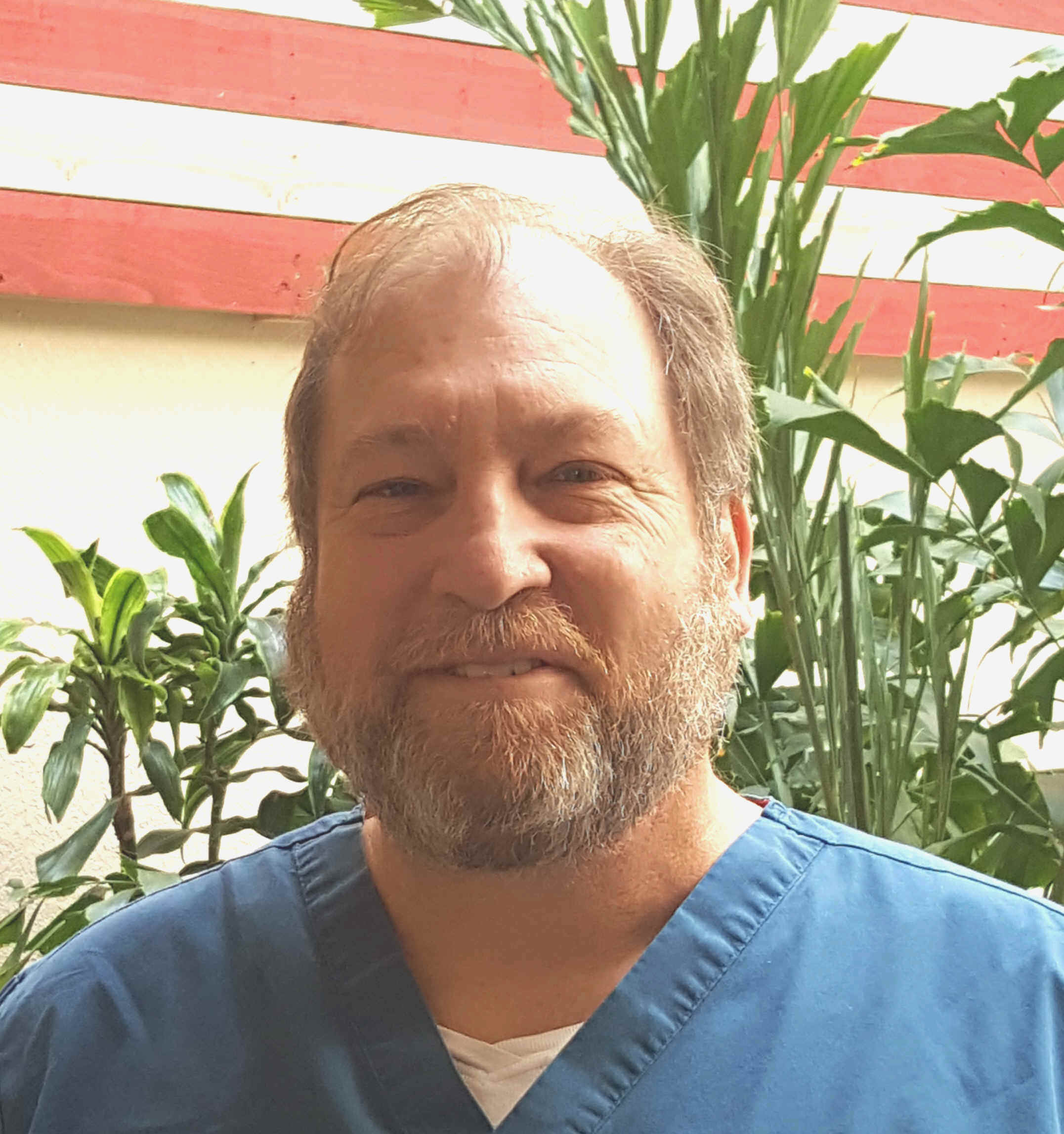 r
r




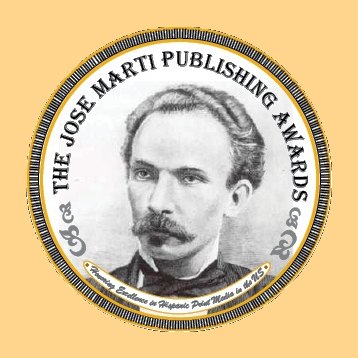

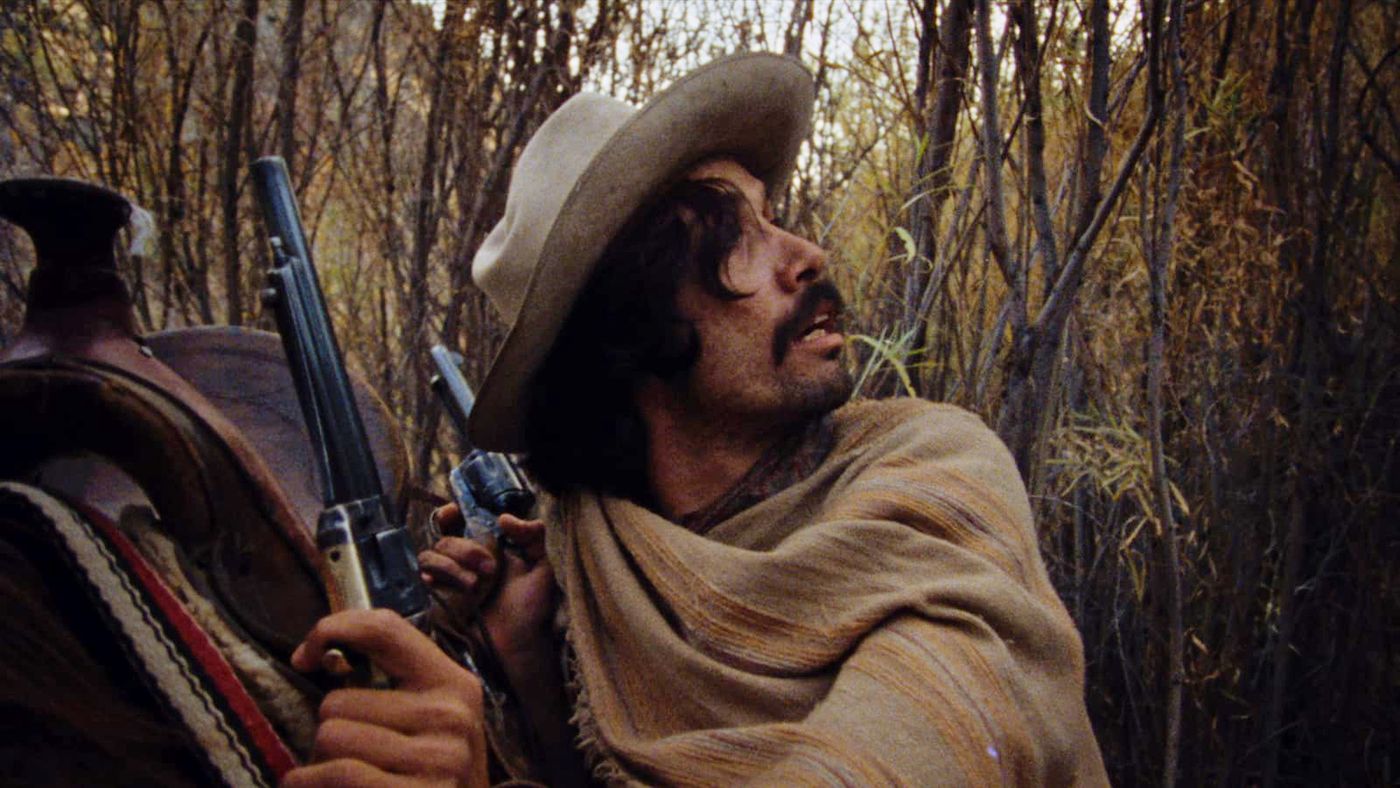
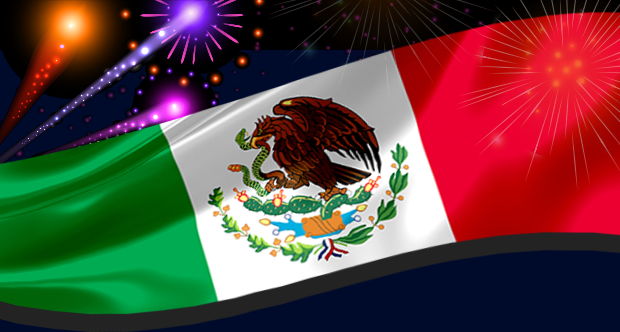

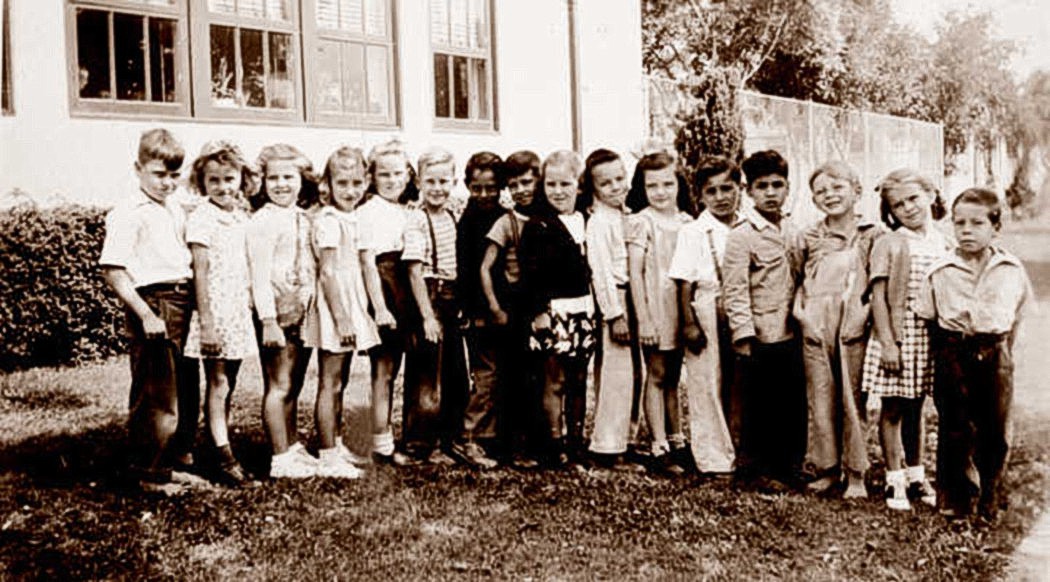
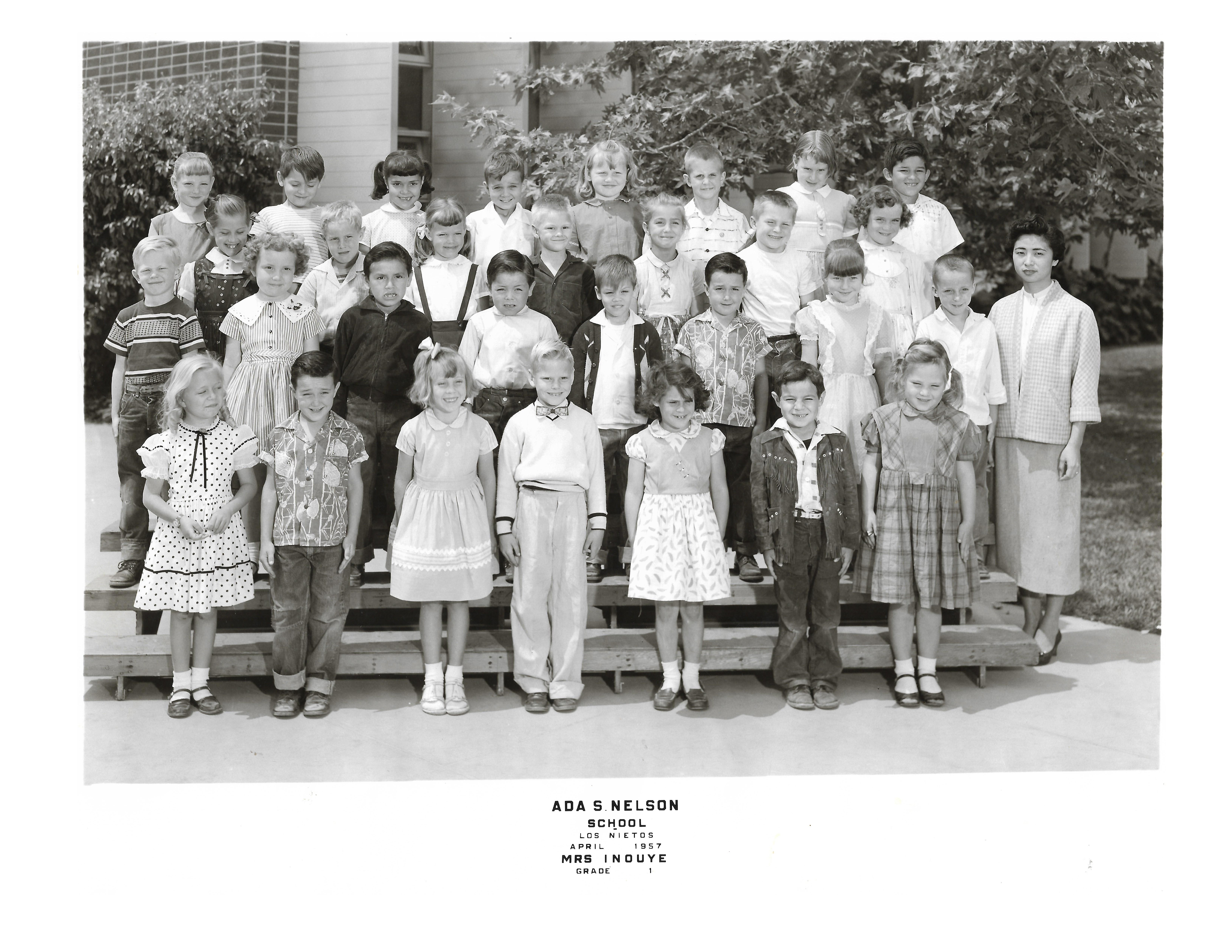
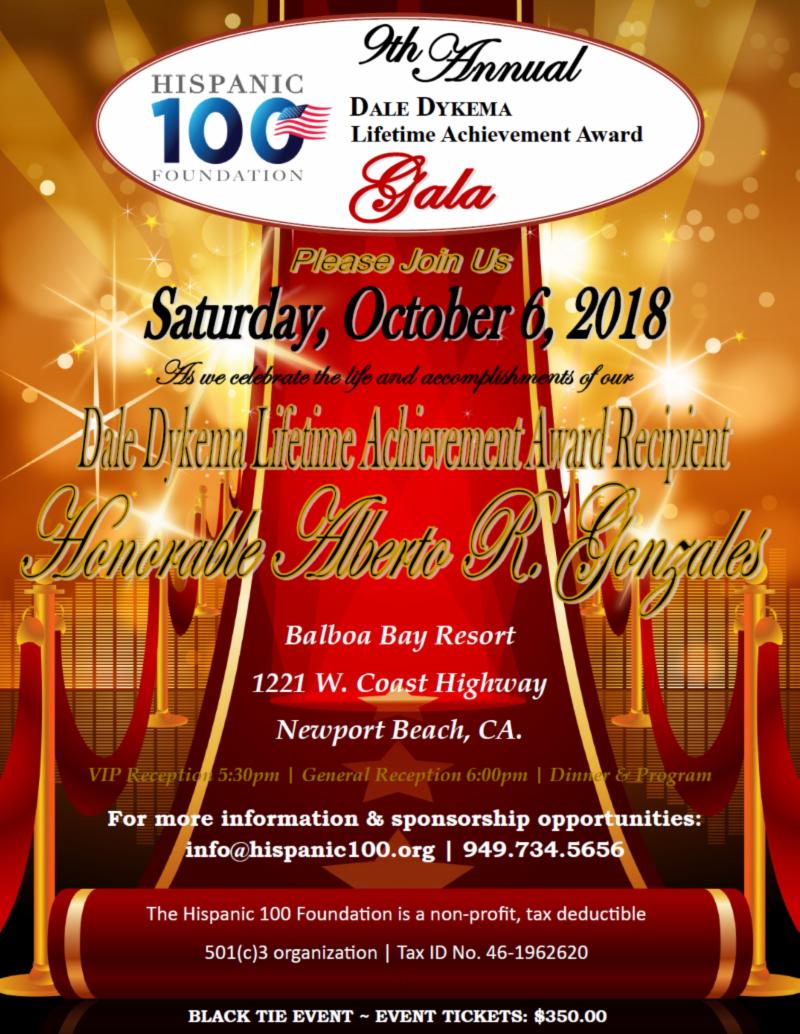
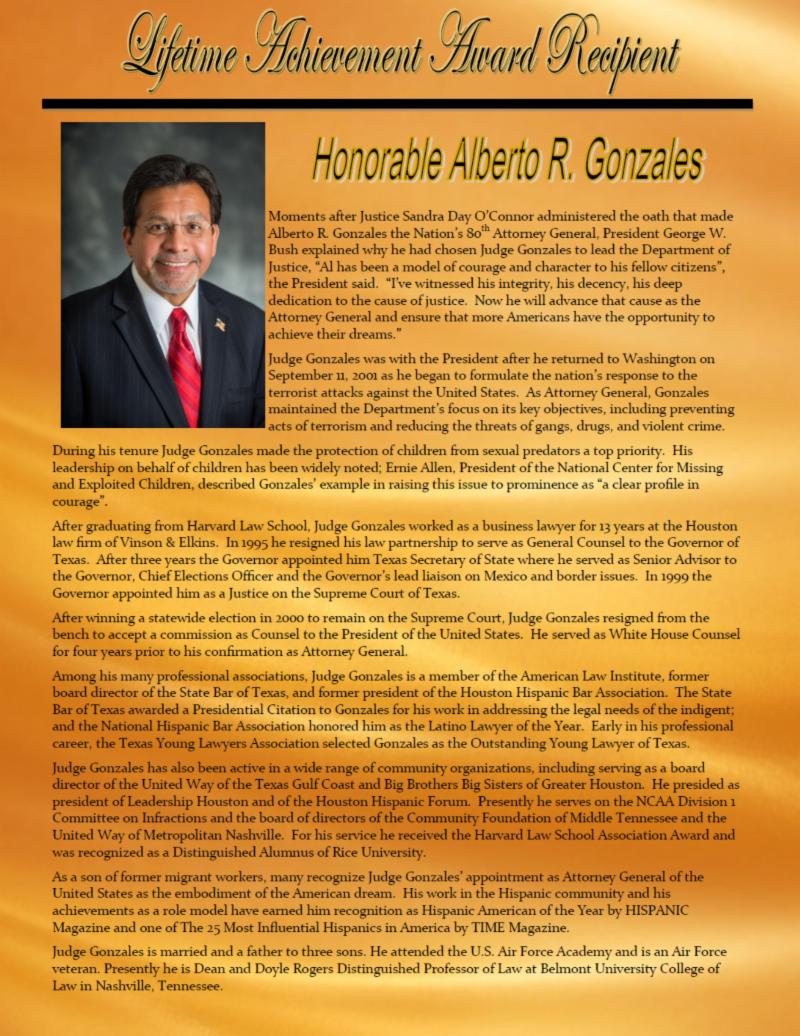
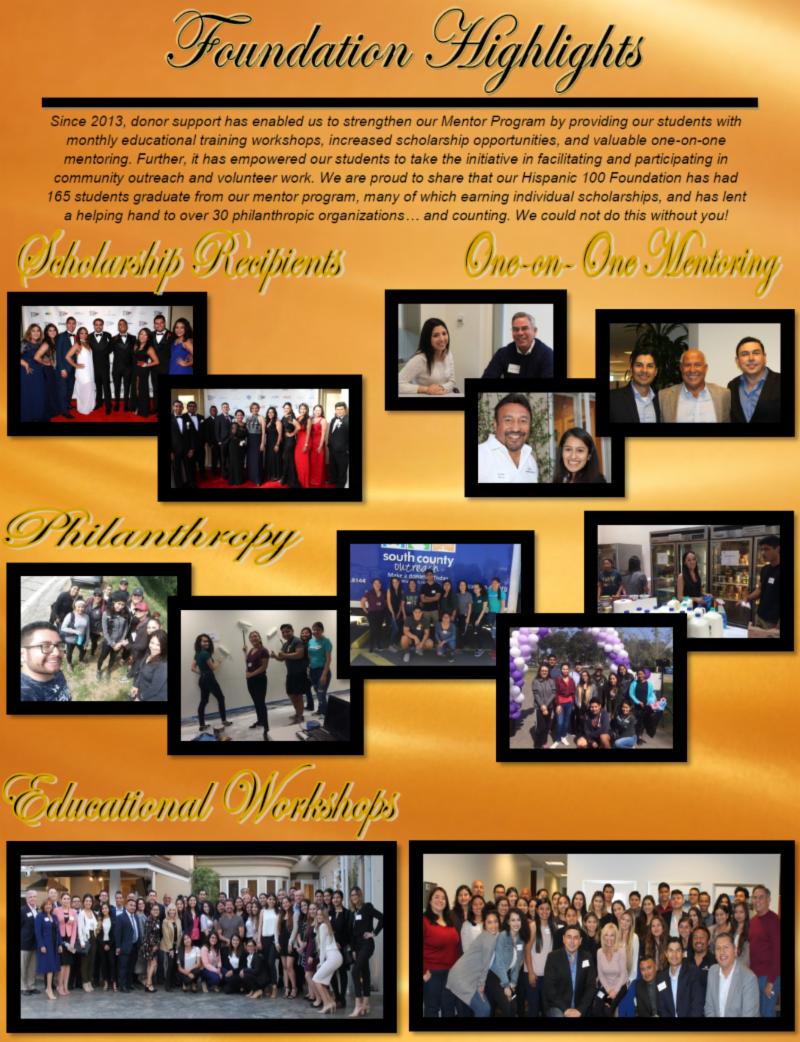



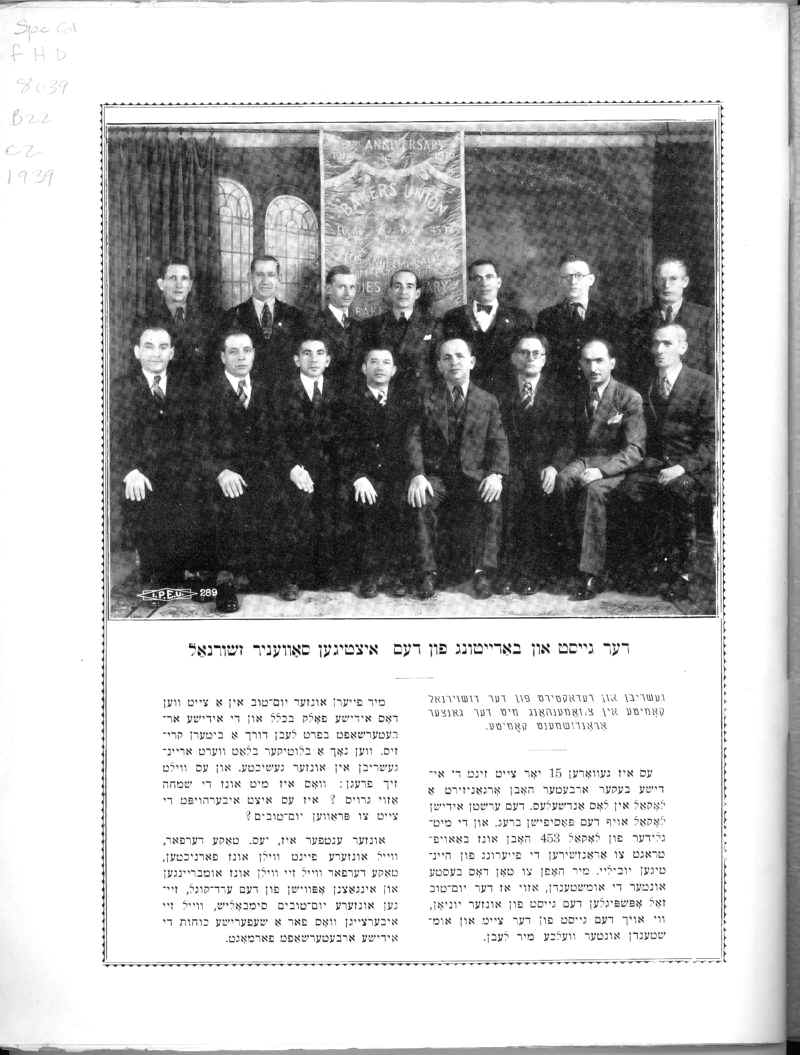
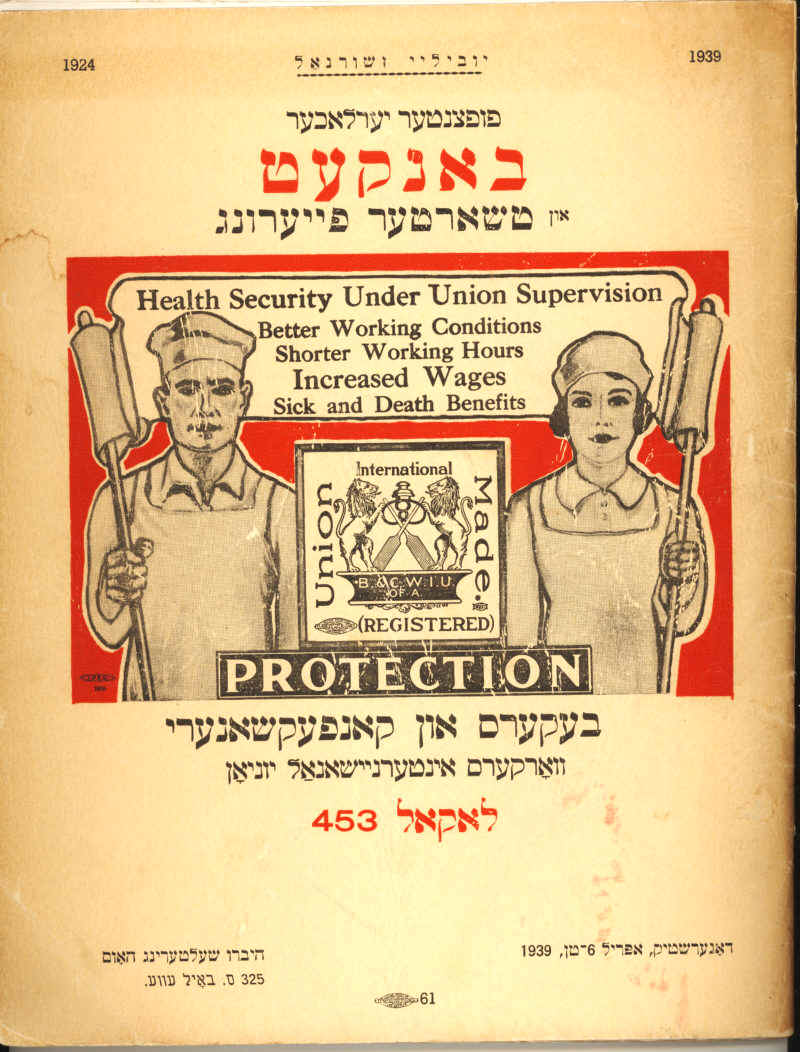

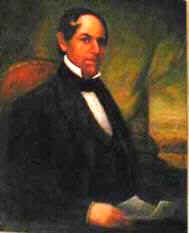
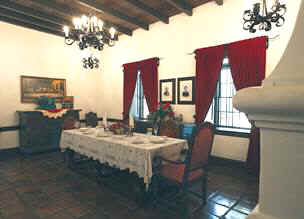
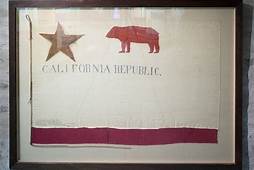 Versions
of a BEAR FLAG were created on the occasion of a June 14, 1848, Sonoma
home invasion. Victims were Californio Leader and Forefather of American
Califonia Mariano Guadalupe Vallejo, his wife Francisca, his six
children, his brother Salvador and his household staff. Before coastal
Russian Fort Ross was vacated, the house was part of what was once a
strongpoint of strategic importance. After that, the works fell into
disrepair. They were not a threat of counter-threat to anyone.
Versions
of a BEAR FLAG were created on the occasion of a June 14, 1848, Sonoma
home invasion. Victims were Californio Leader and Forefather of American
Califonia Mariano Guadalupe Vallejo, his wife Francisca, his six
children, his brother Salvador and his household staff. Before coastal
Russian Fort Ross was vacated, the house was part of what was once a
strongpoint of strategic importance. After that, the works fell into
disrepair. They were not a threat of counter-threat to anyone.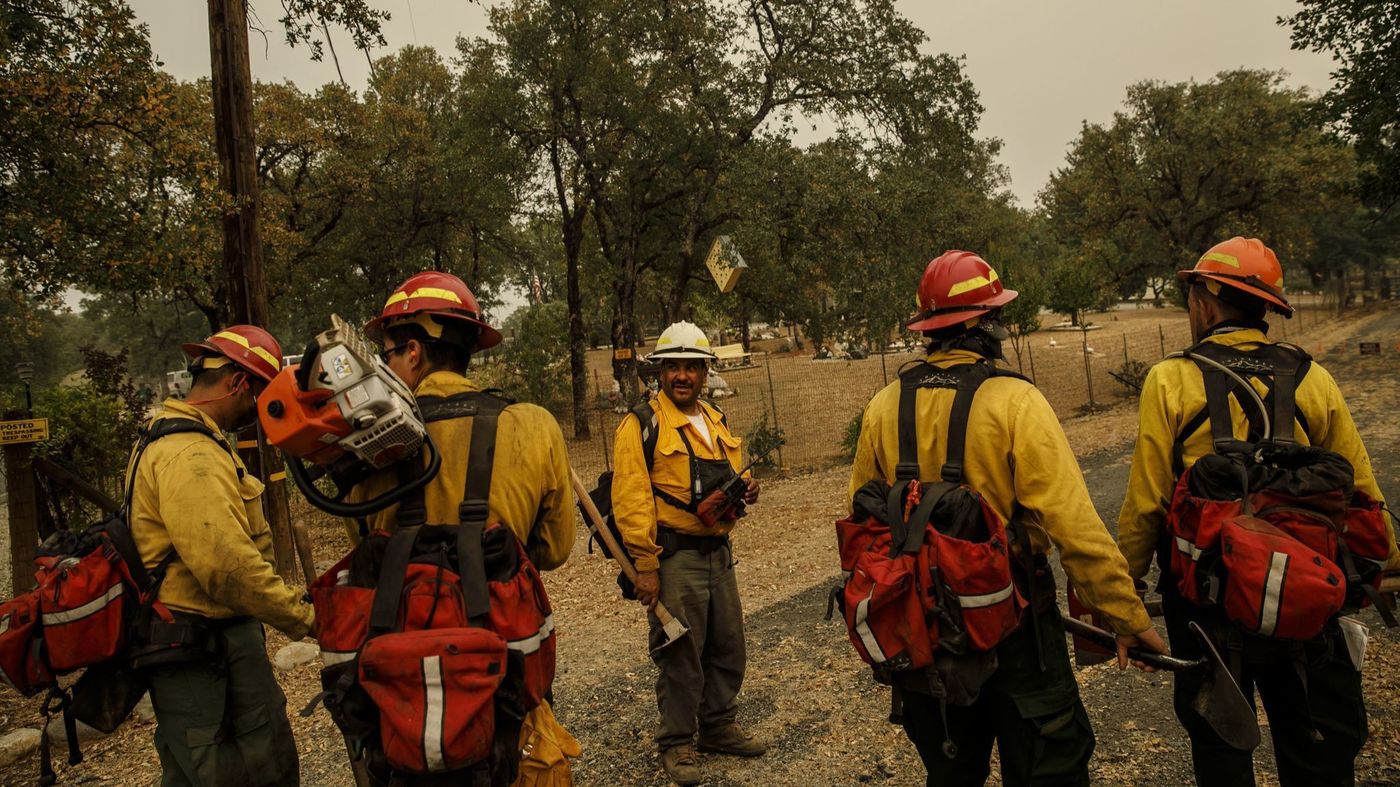


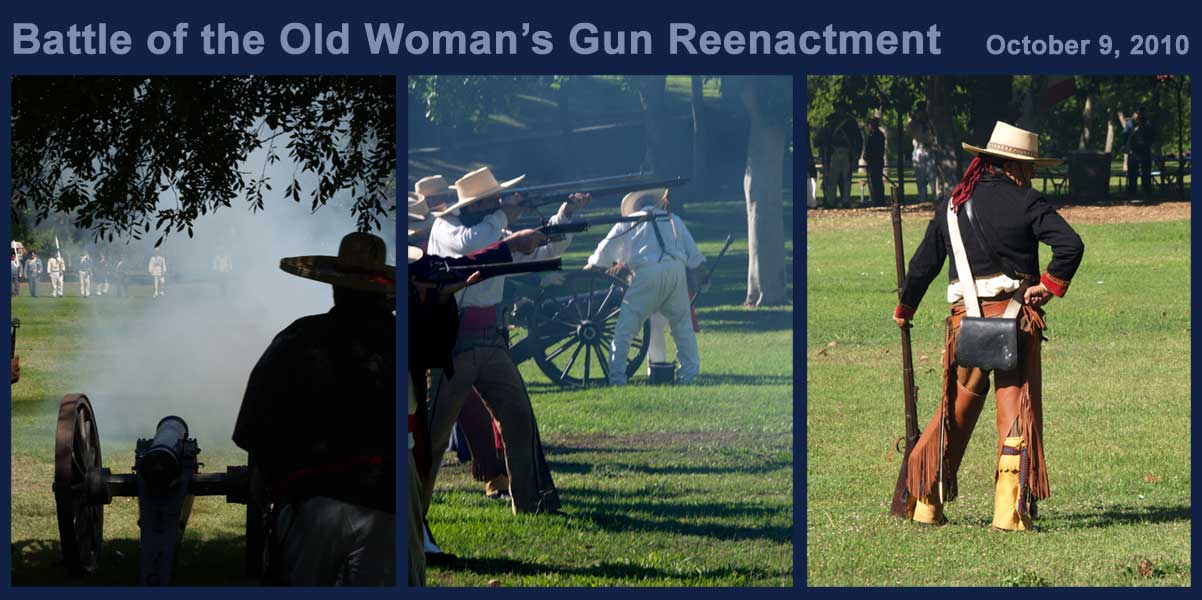
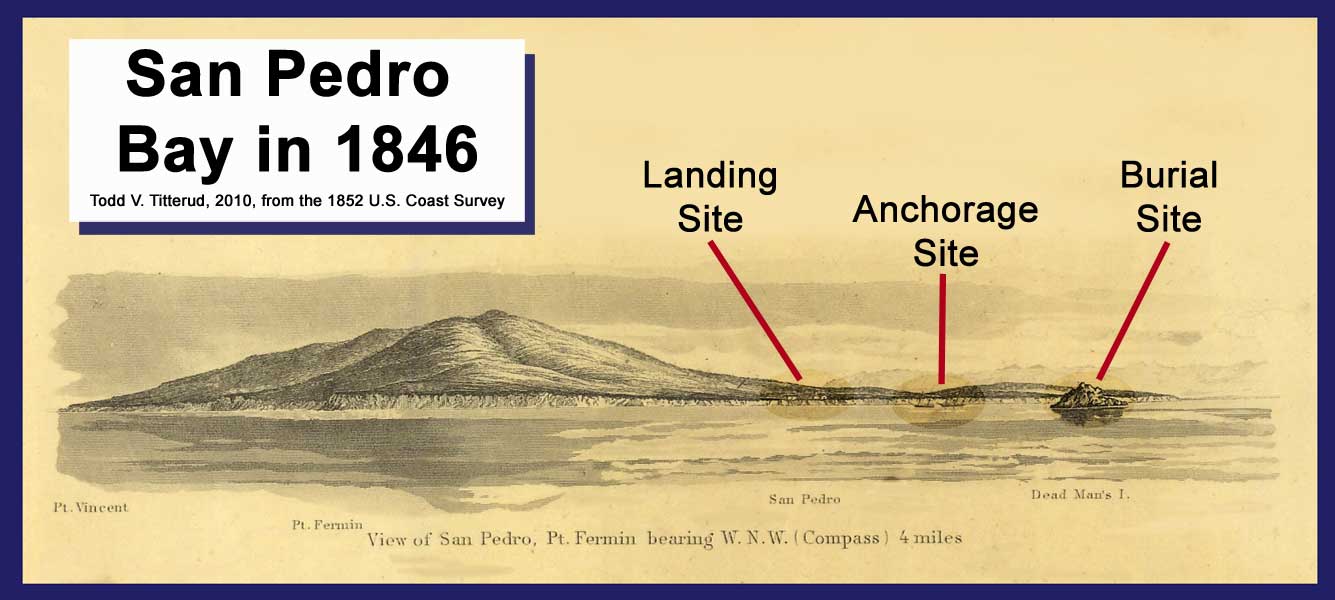
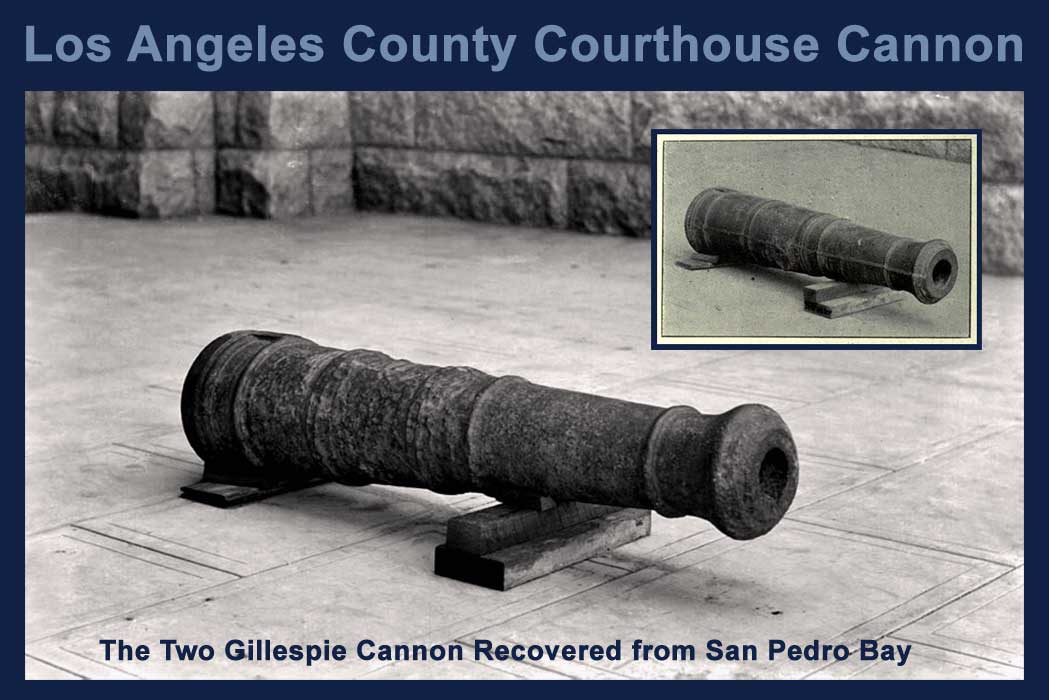
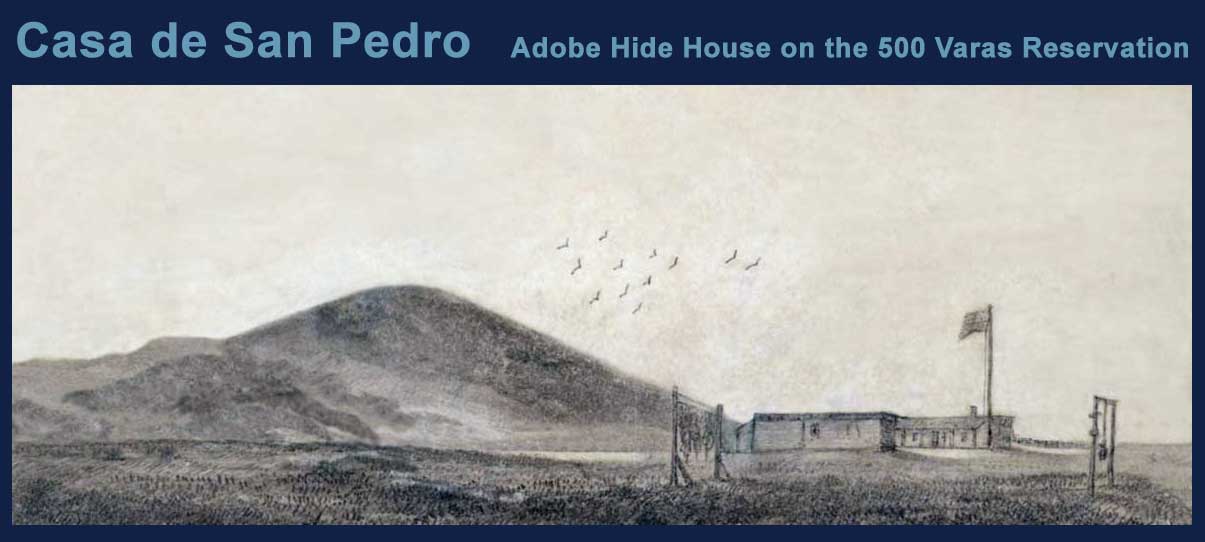
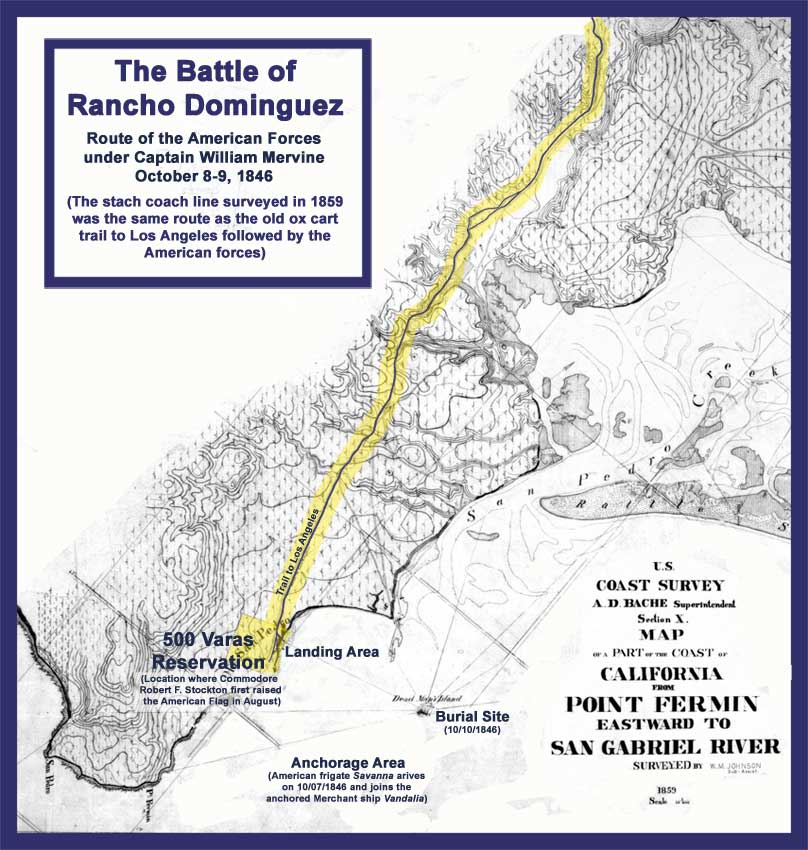
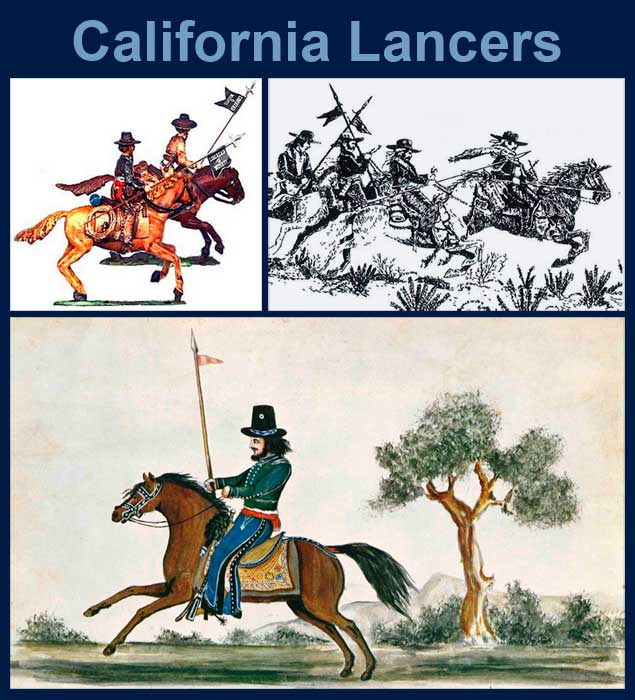

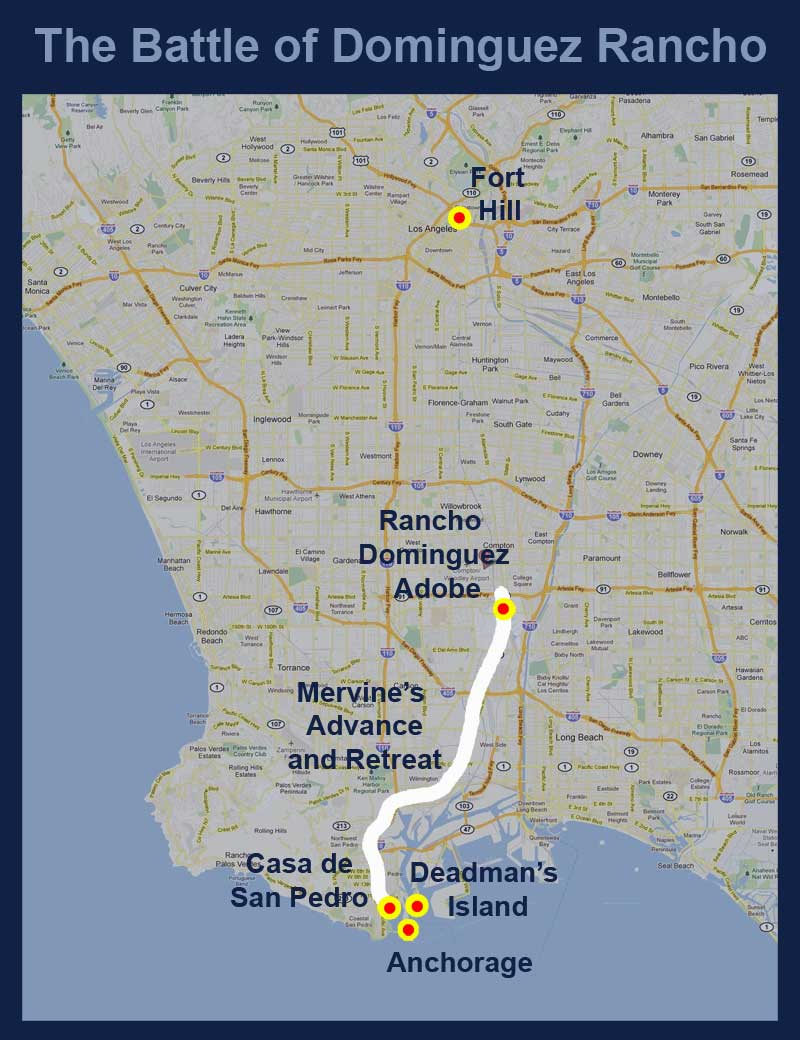
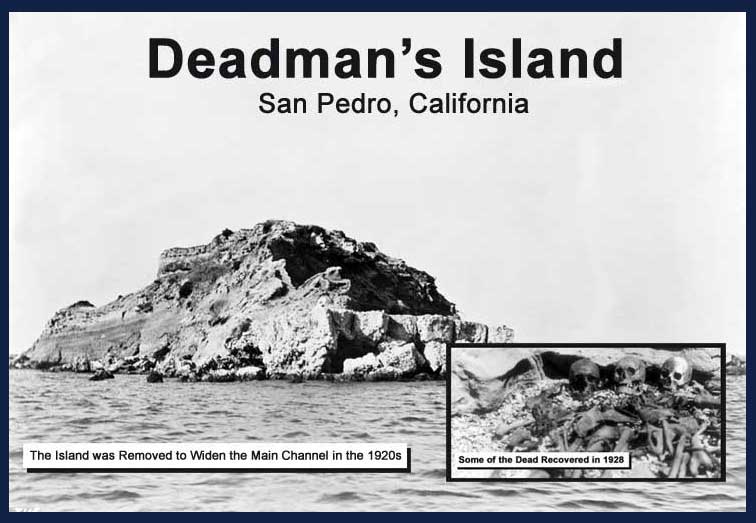
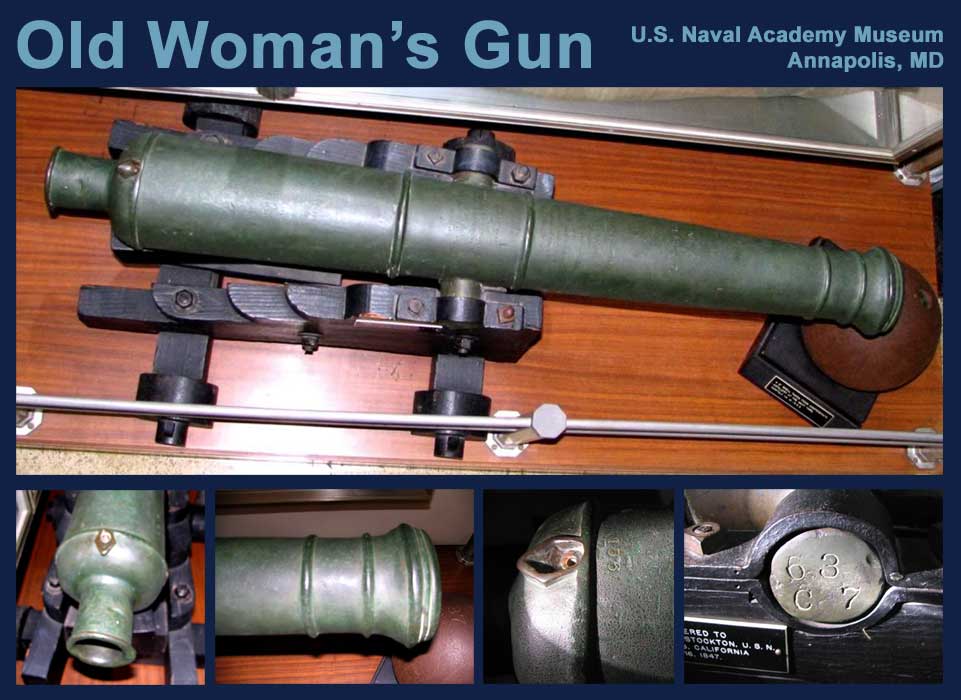
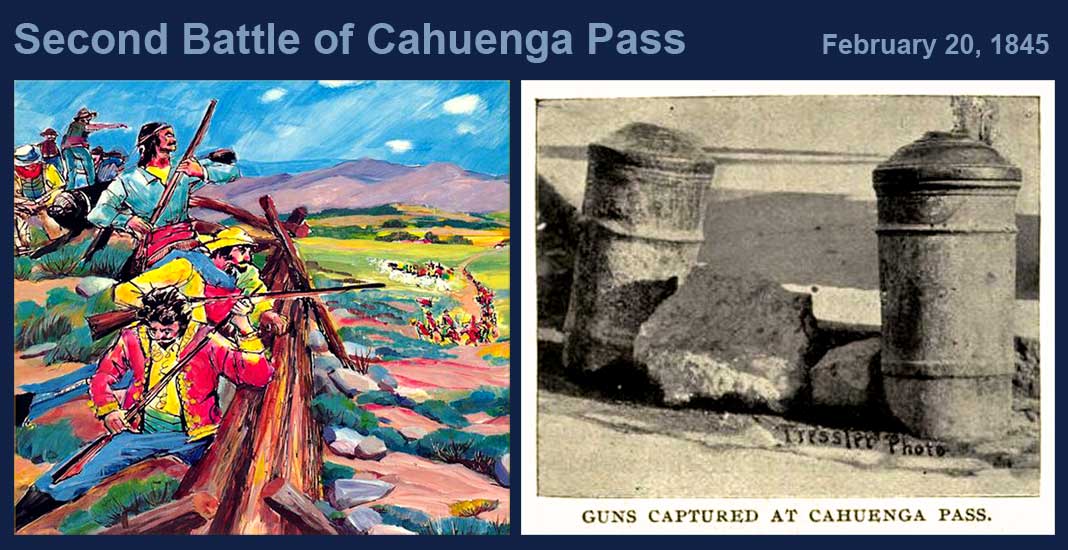
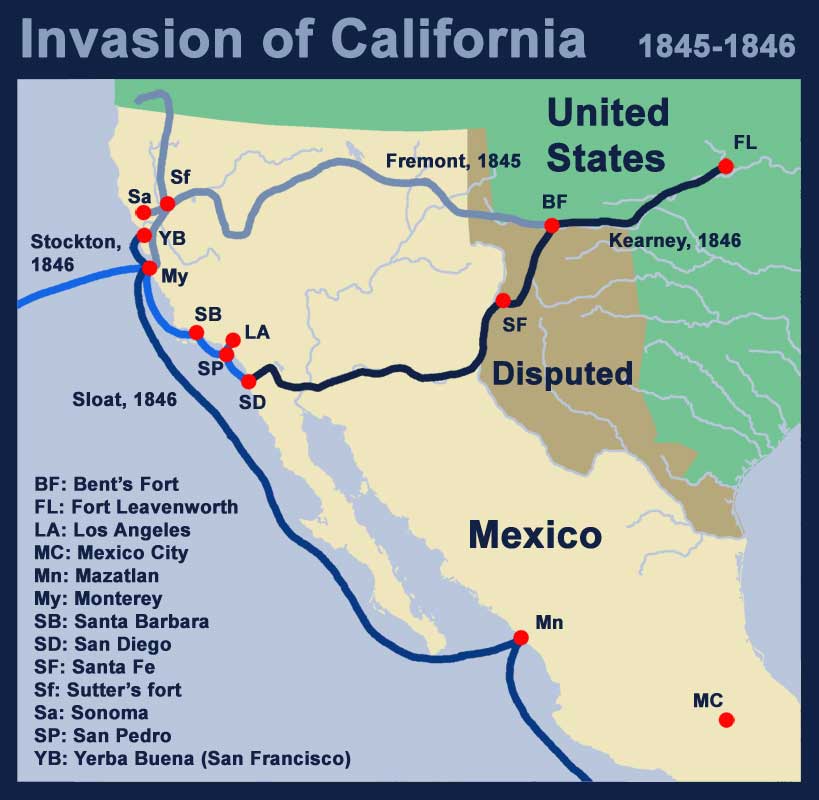
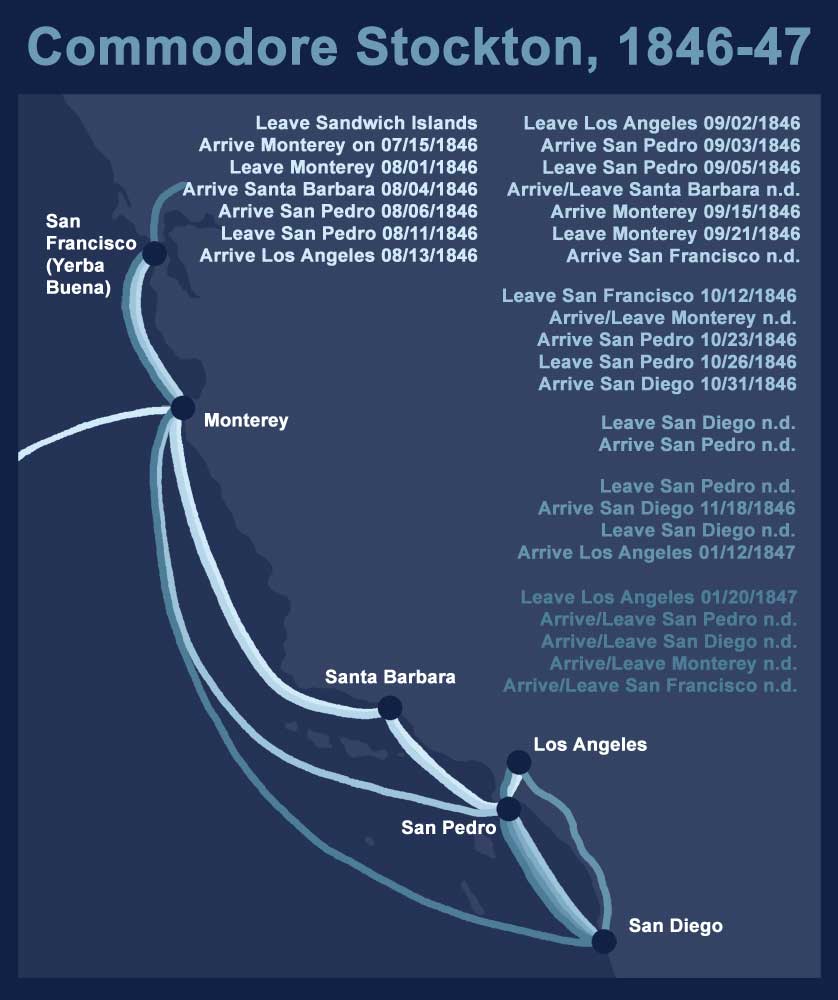
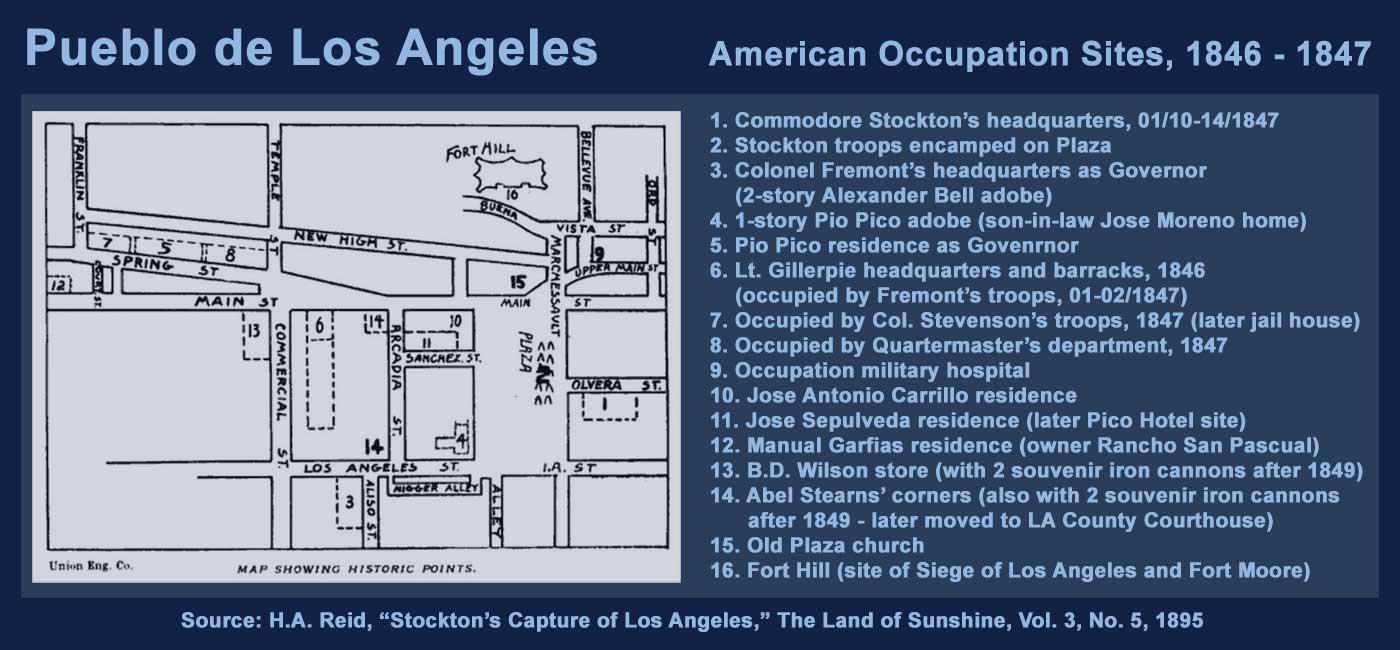
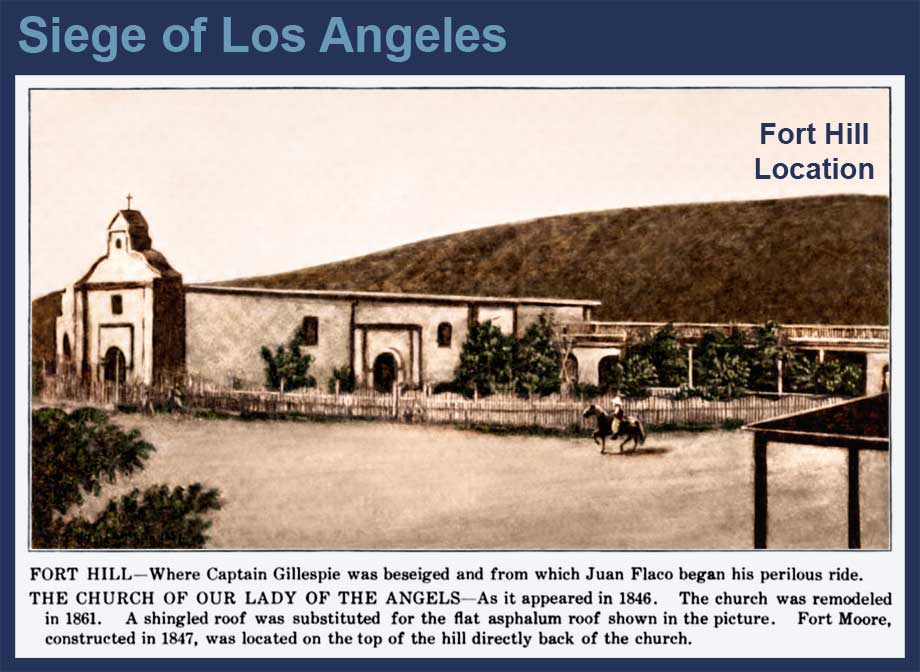
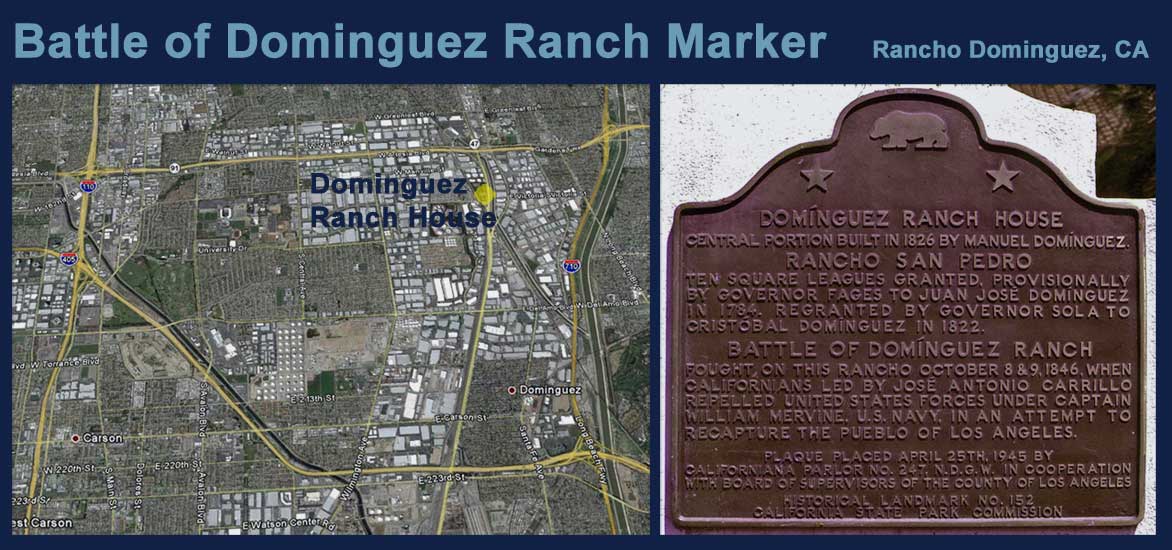
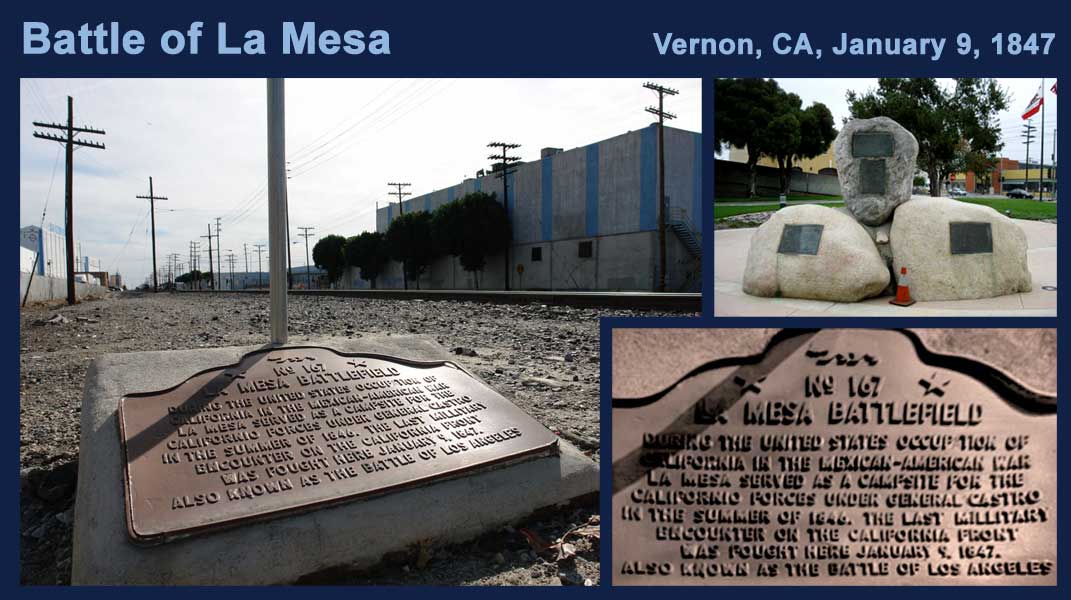
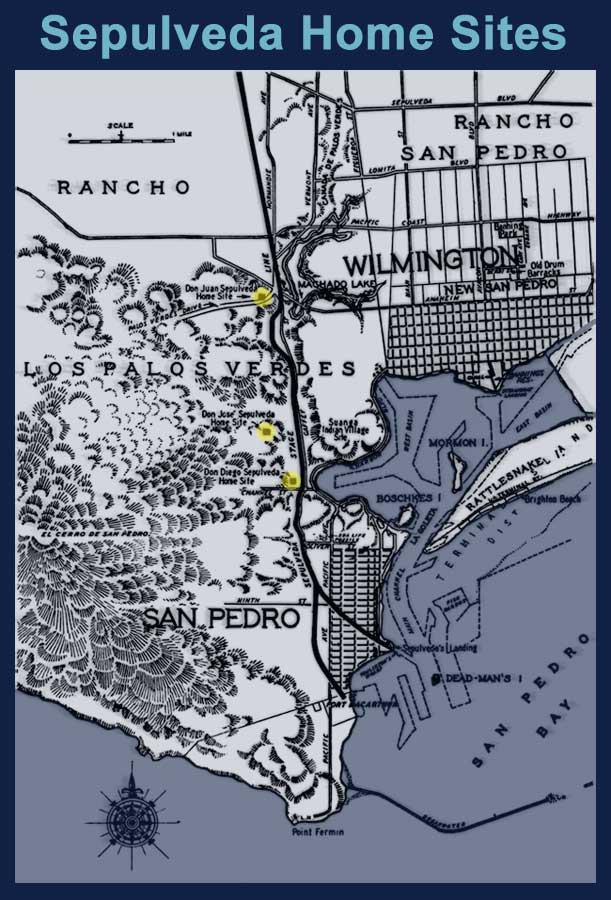
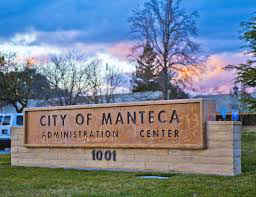
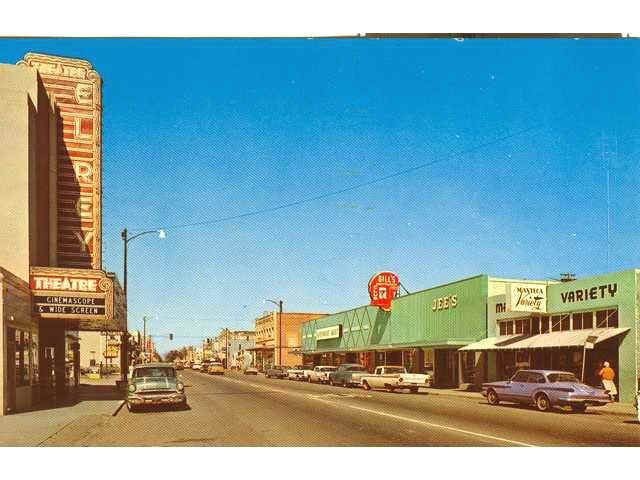
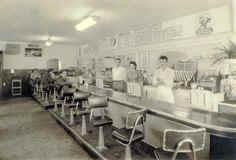 I
was fortunate to be offered a second job, a soda jerk/waitress in
a creamery. There were two creameries in town, one on each end of
Main Street. The two girls who worked there were the head
yell leaders at Manteca High. I really felt
honored to be offered the job, plus sometimes the money mom sent
was a little short. I think we had not yet learned how to stretch a dollar.
I
was fortunate to be offered a second job, a soda jerk/waitress in
a creamery. There were two creameries in town, one on each end of
Main Street. The two girls who worked there were the head
yell leaders at Manteca High. I really felt
honored to be offered the job, plus sometimes the money mom sent
was a little short. I think we had not yet learned how to stretch a dollar.
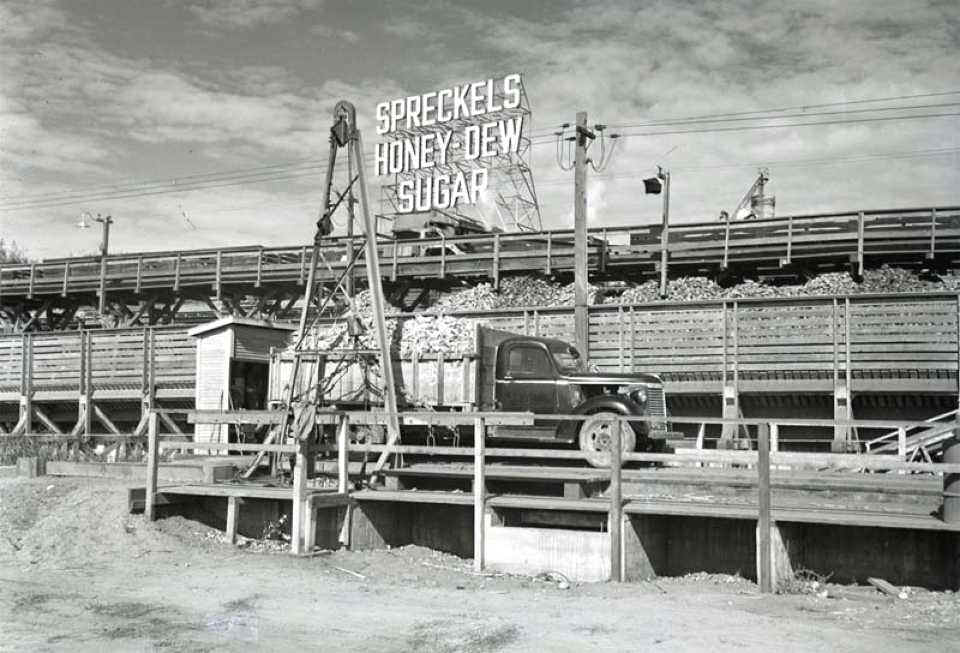
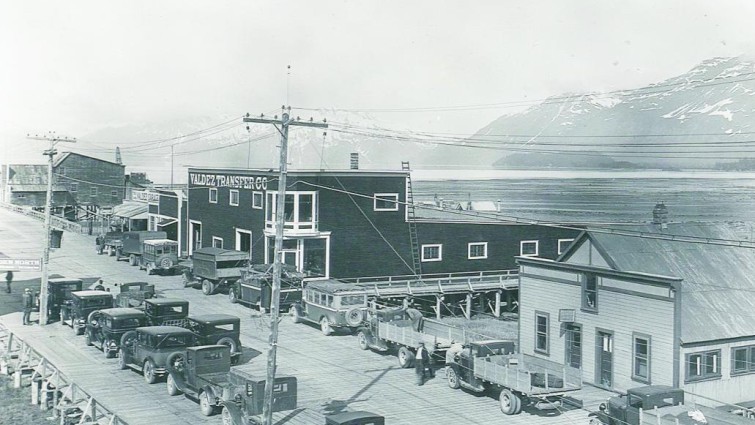
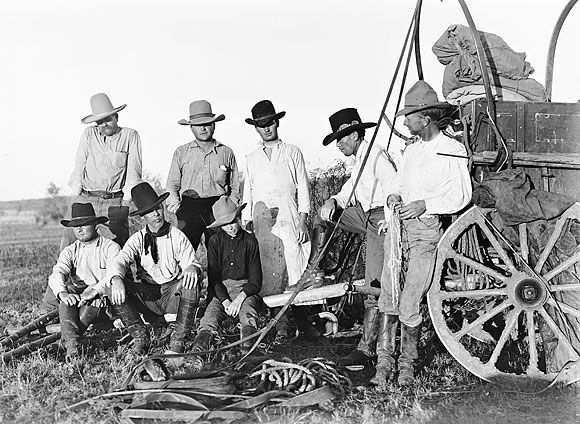
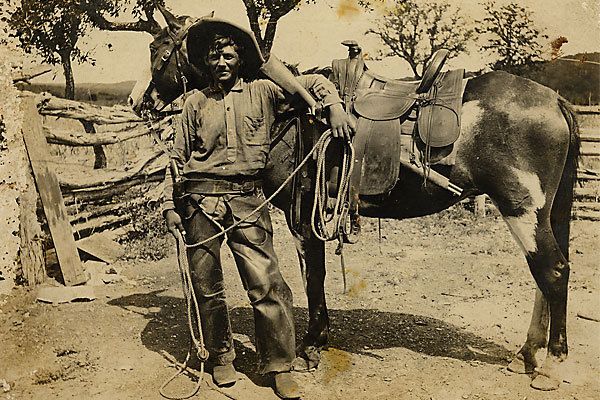
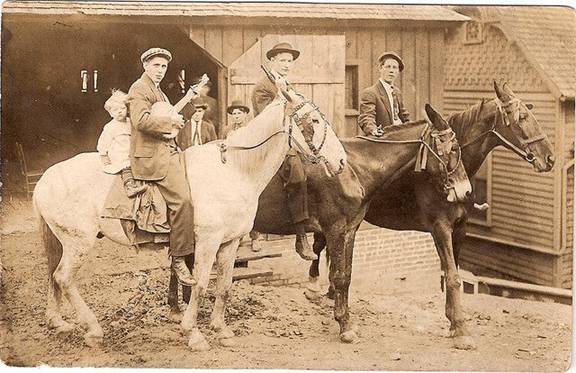
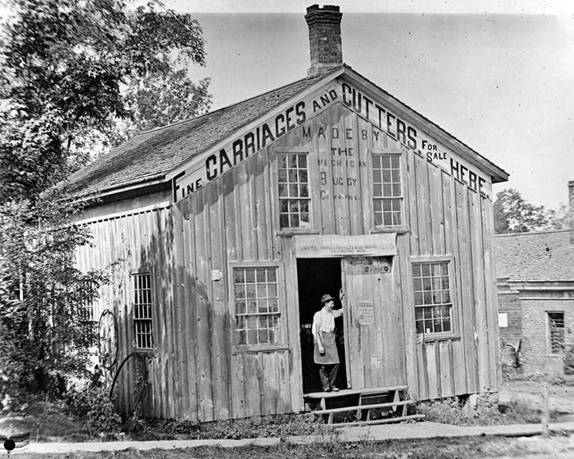
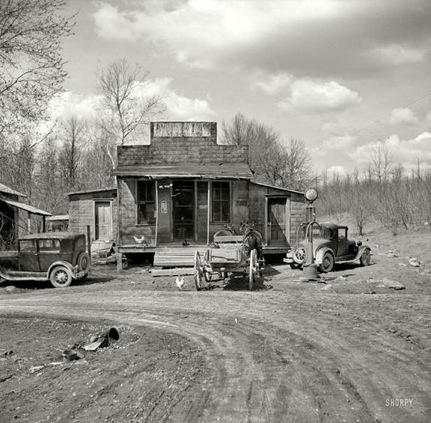
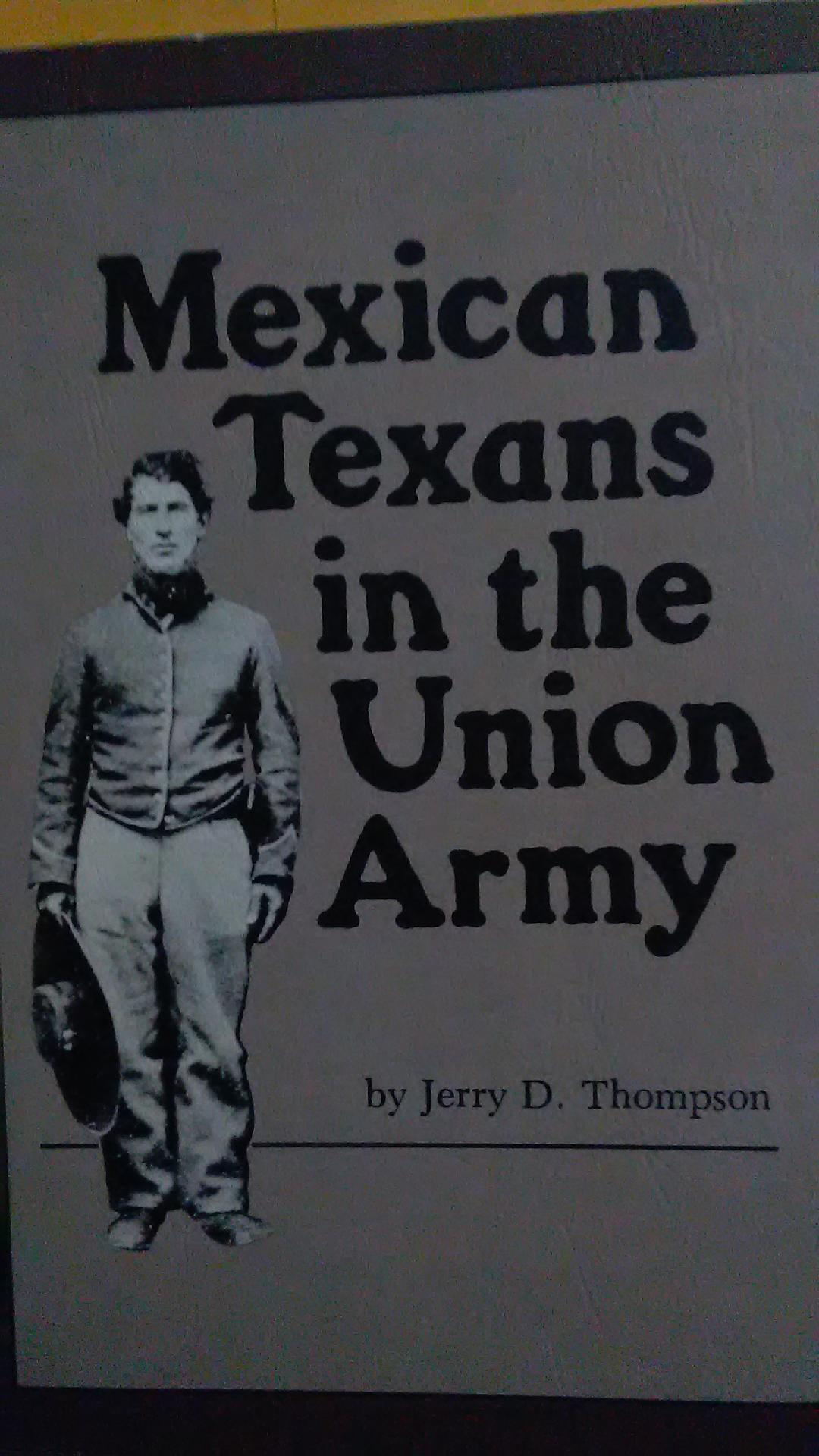
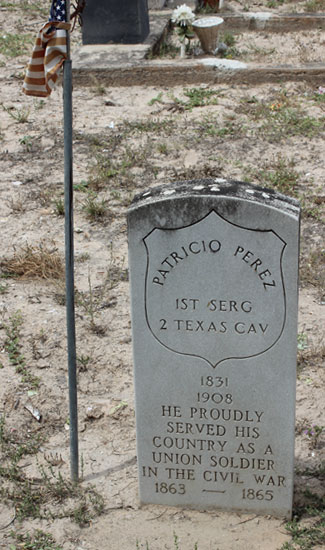
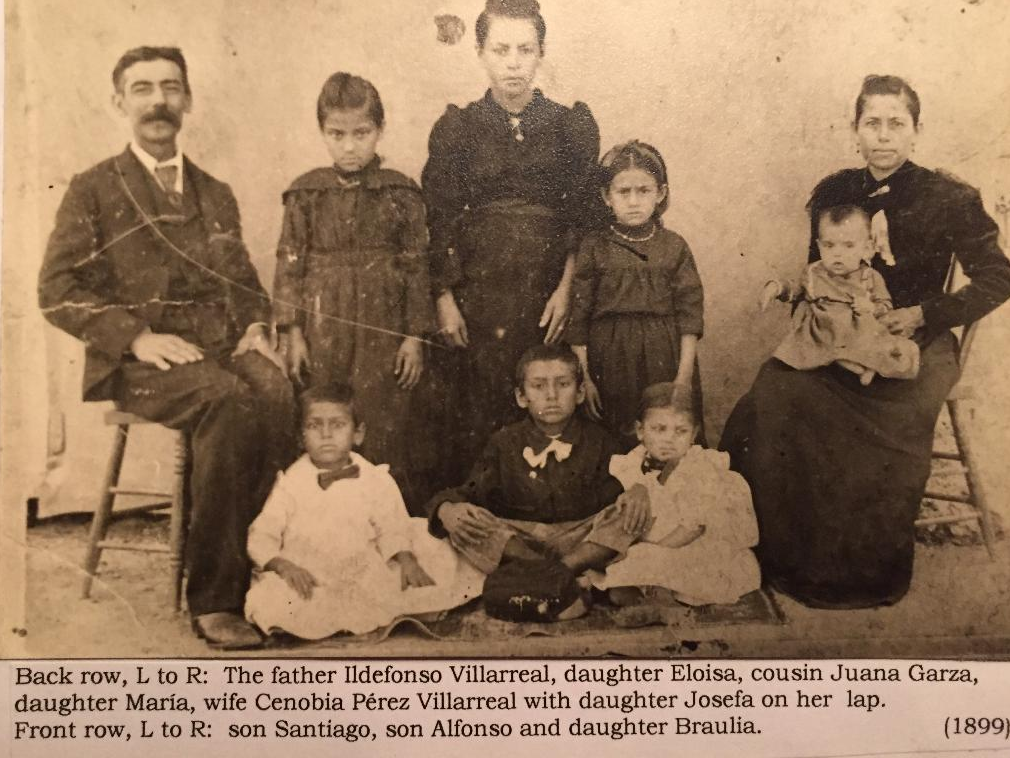
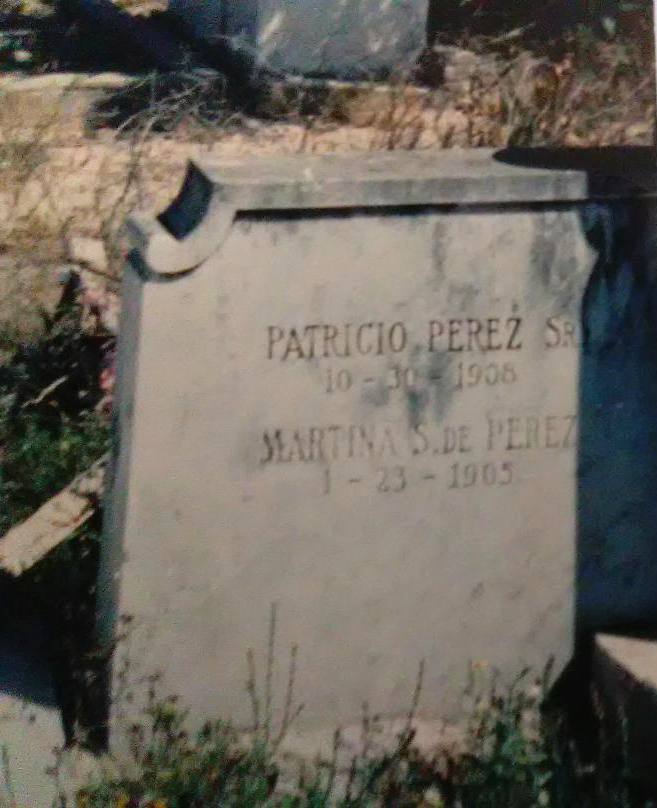
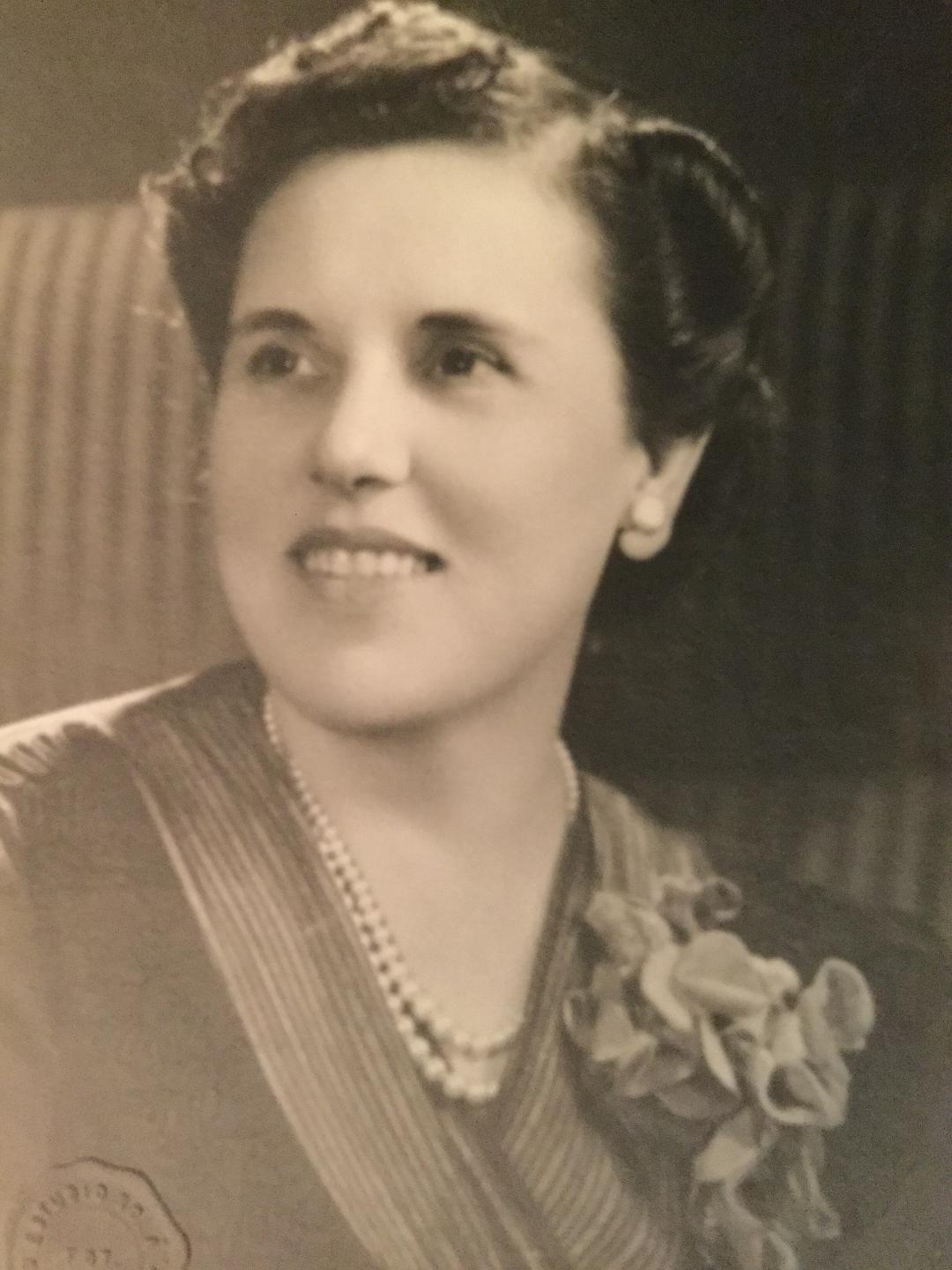
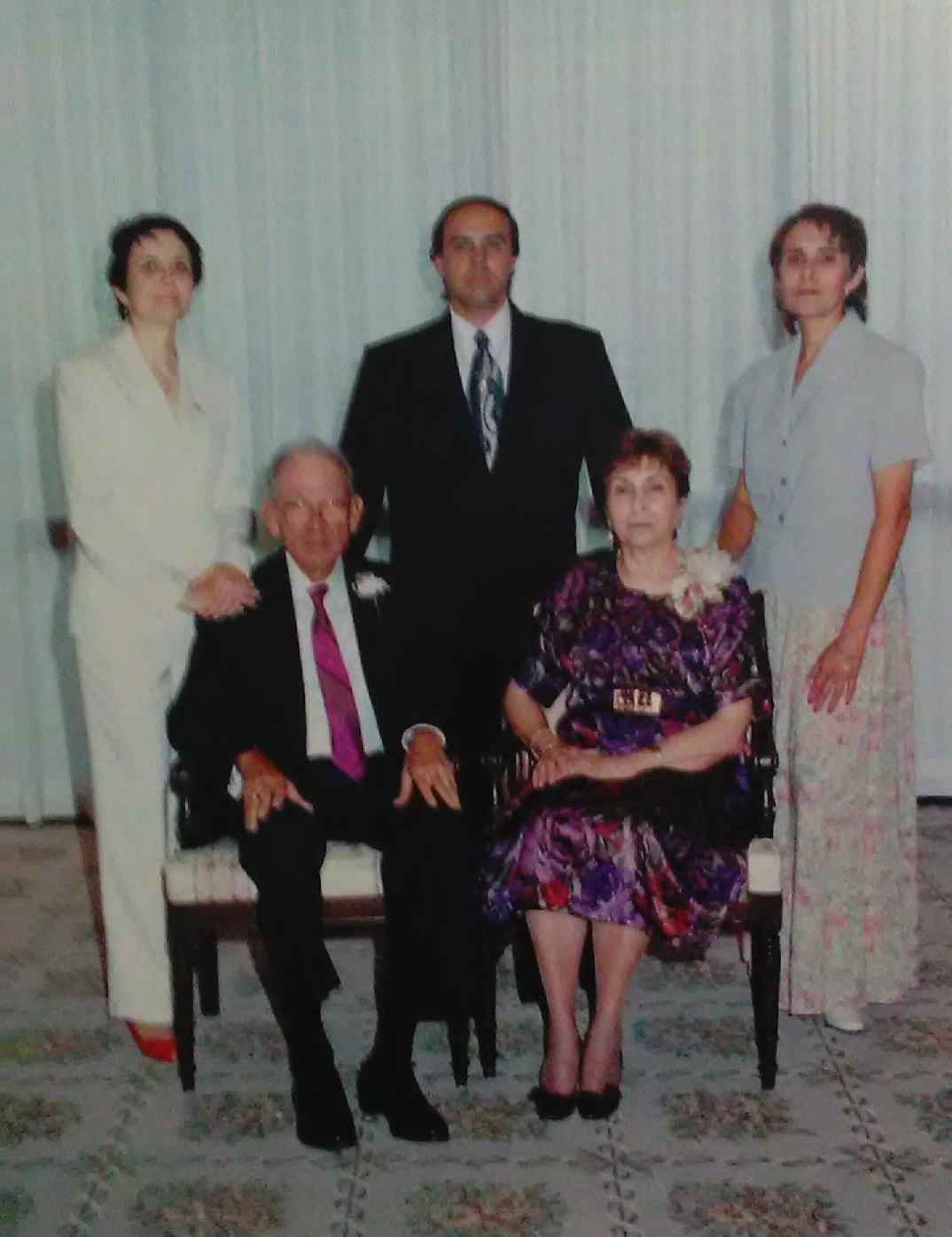

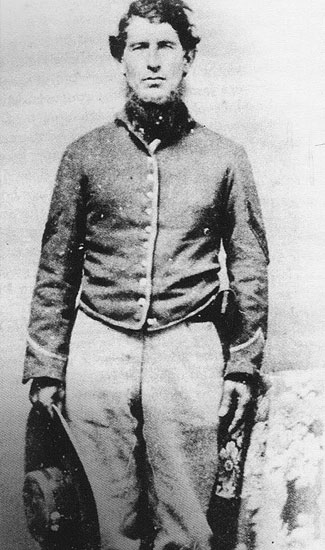
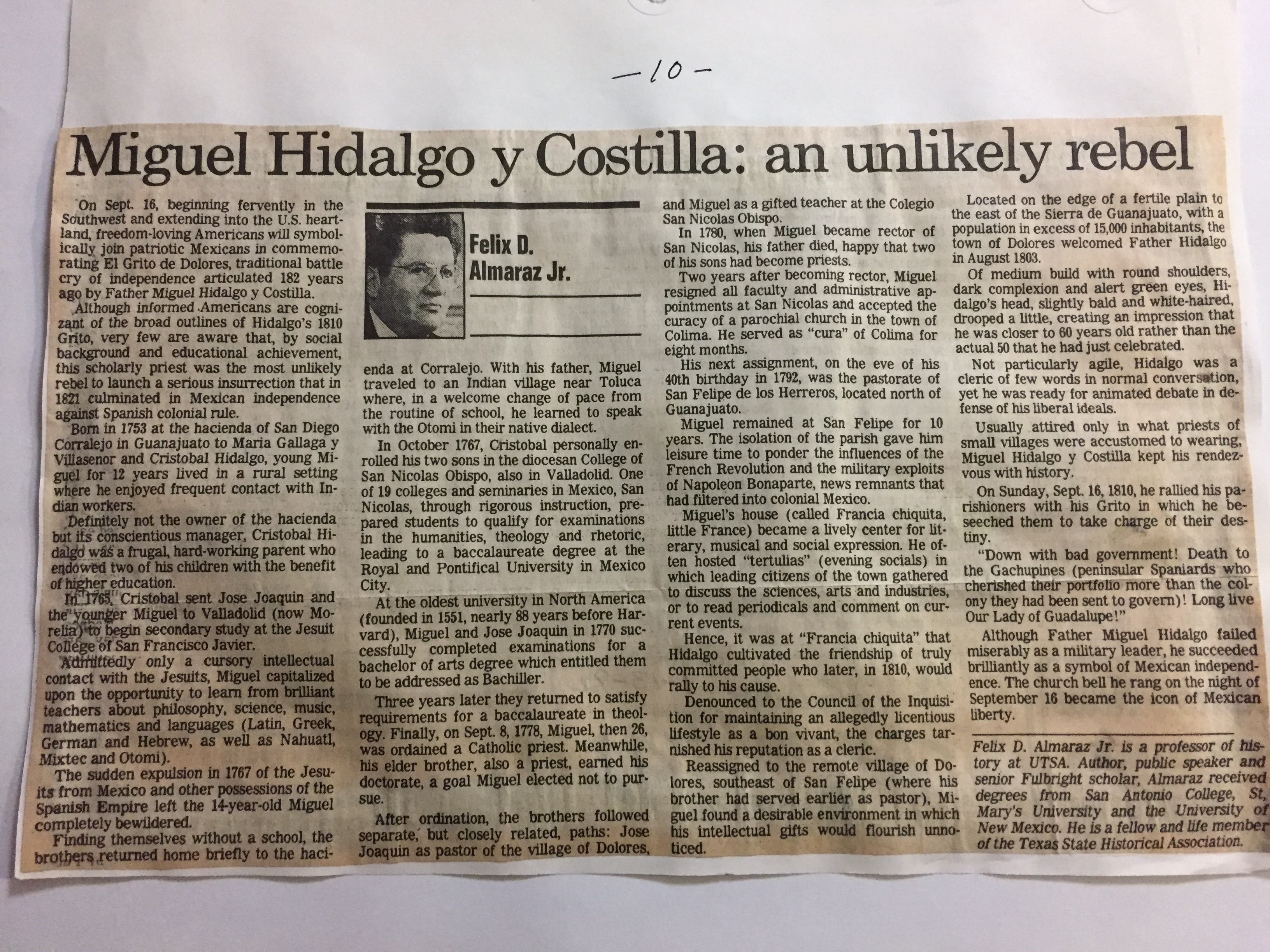

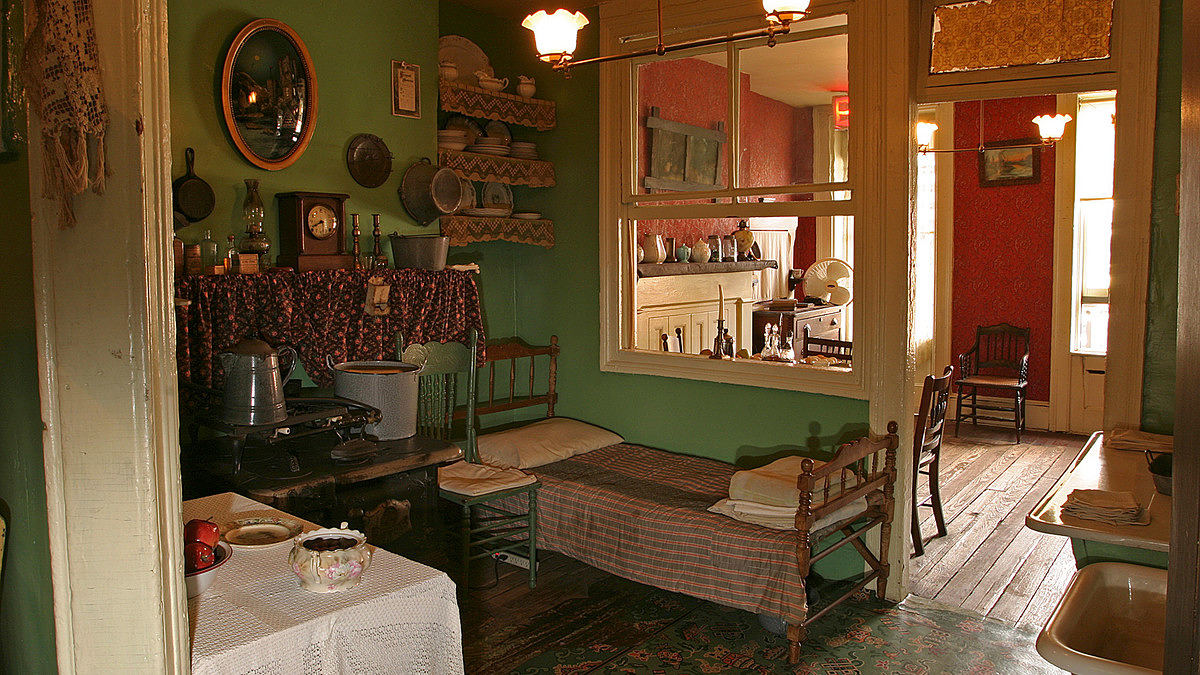
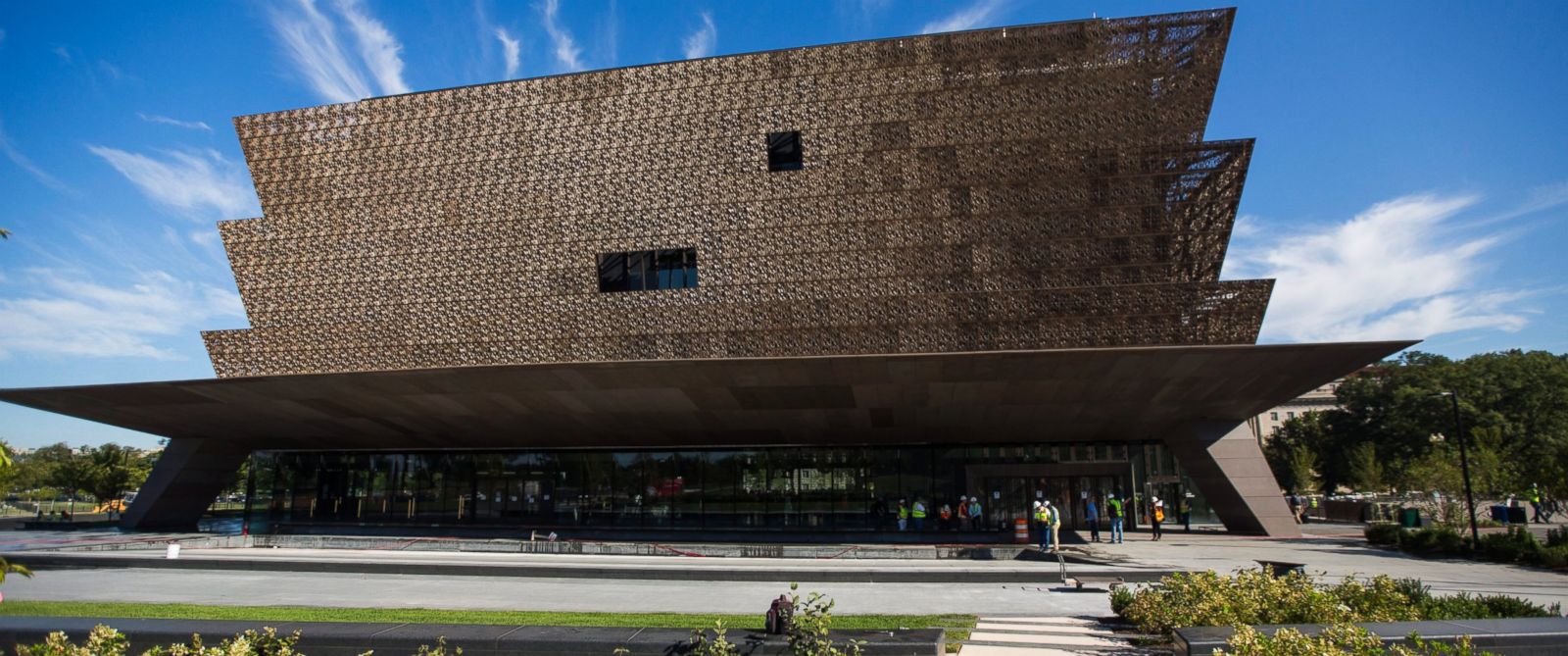
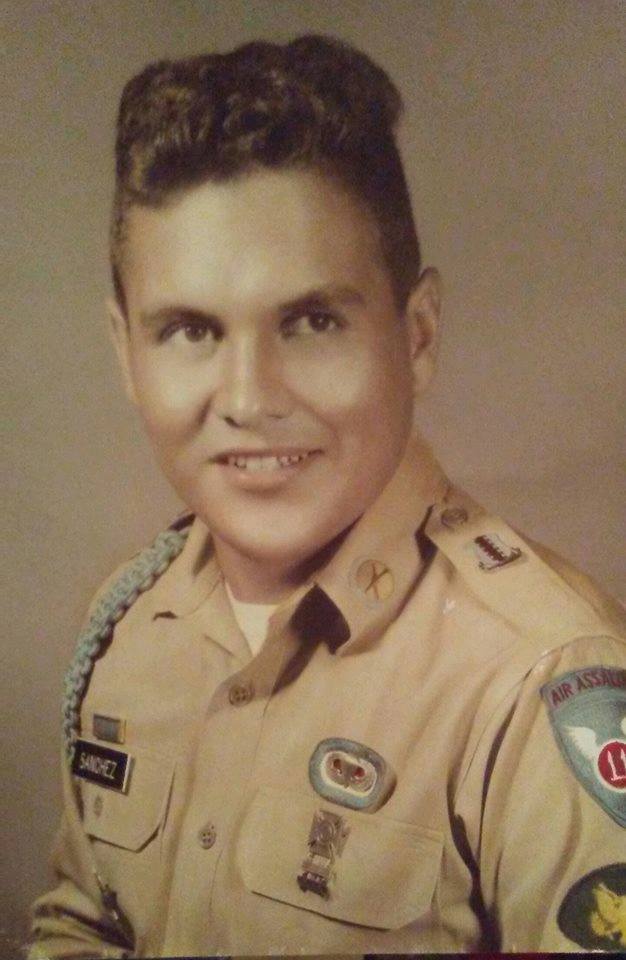
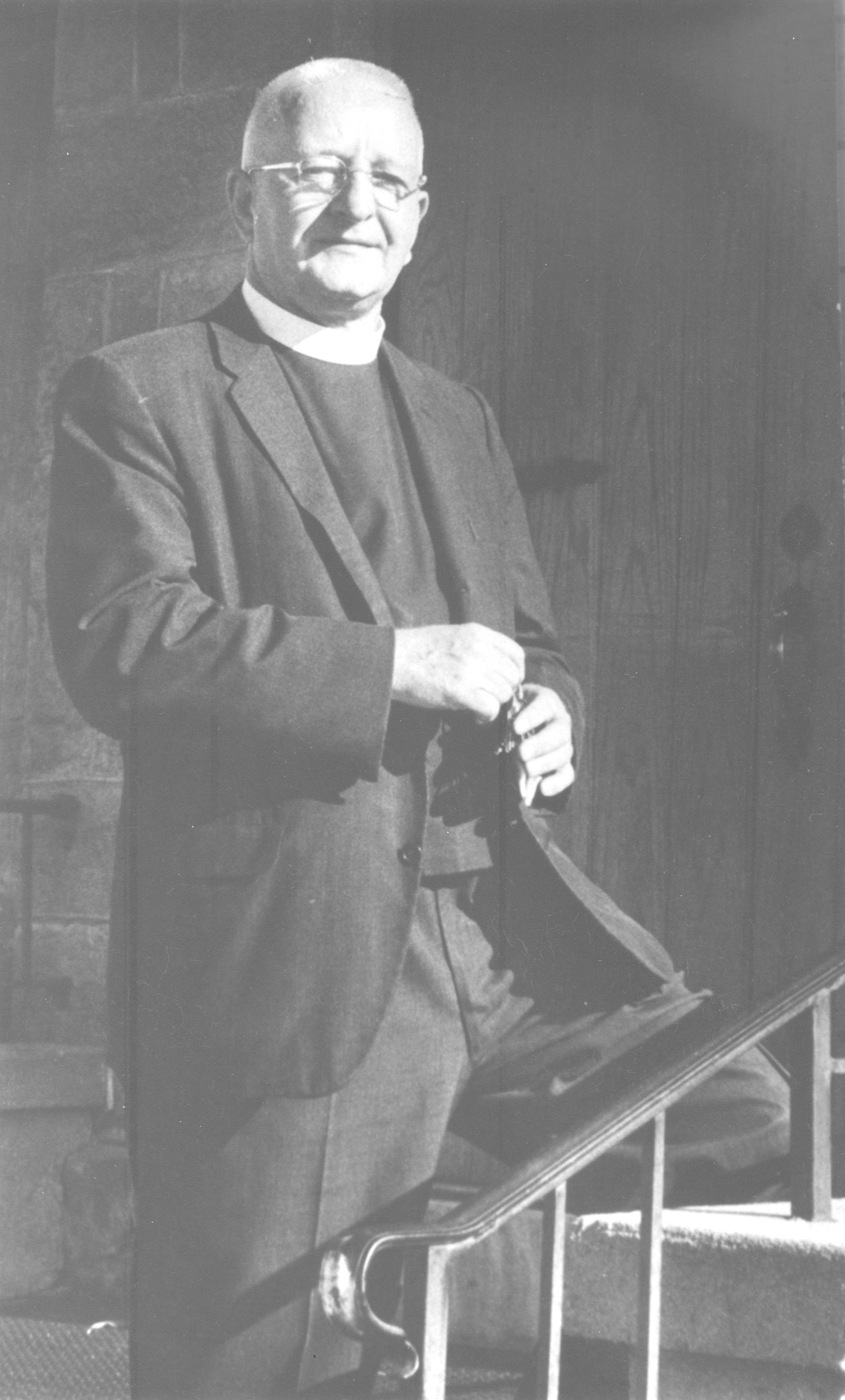
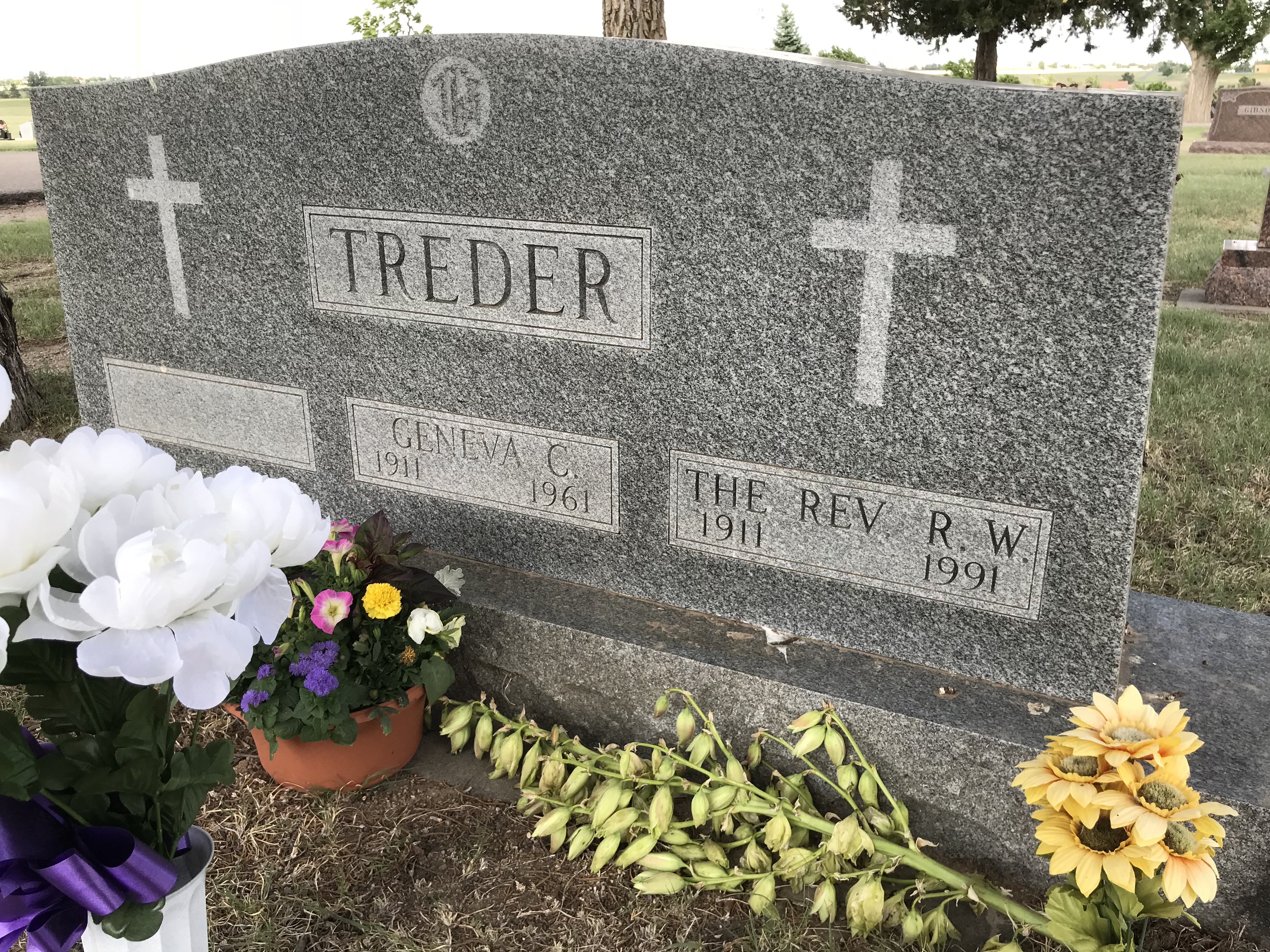


 does
is check for messages from Venson.
does
is check for messages from Venson. 
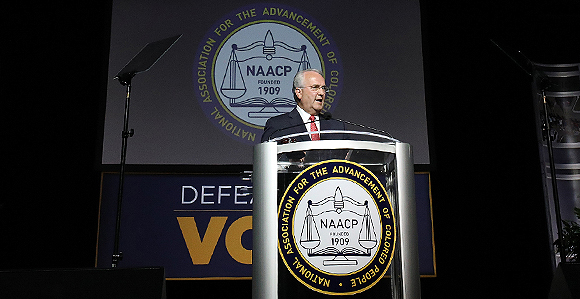
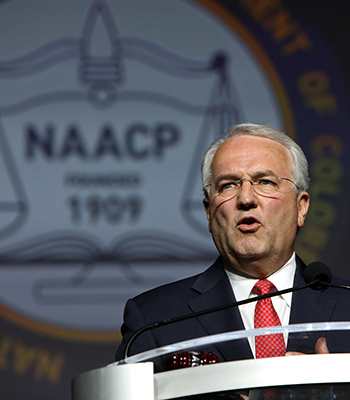
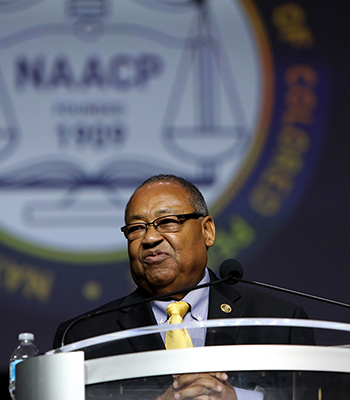

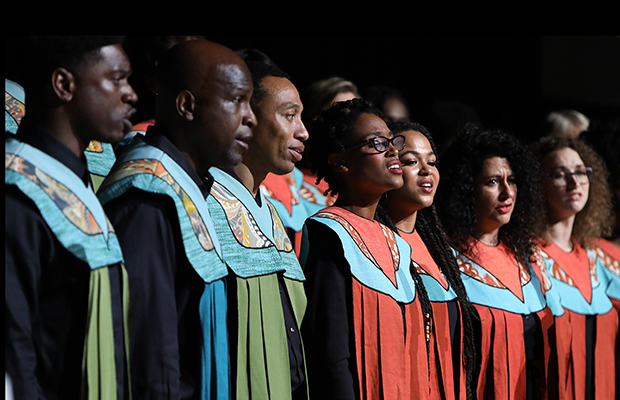
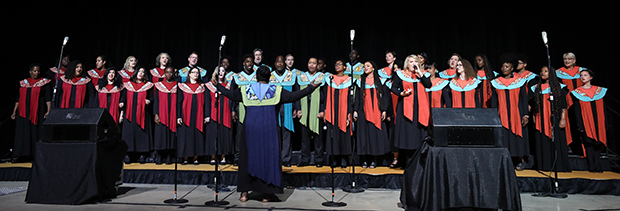
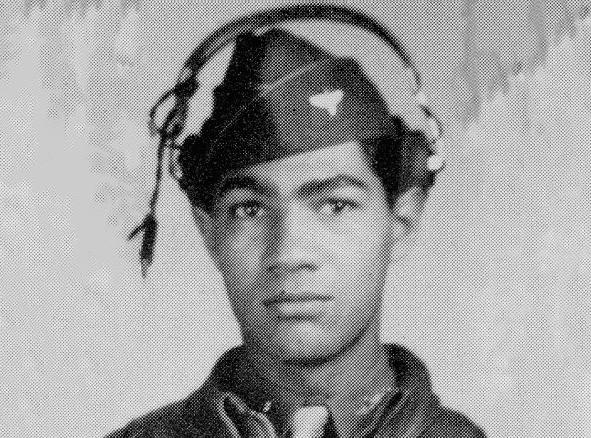
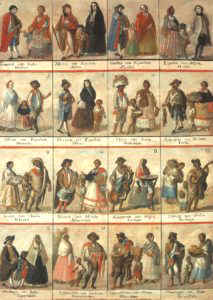 The
early part of the 21st Century has seen the rise of the
home-based DNA testing kit. People who are curious about their
ancestors can take a swab from inside their mouths and send off the swab
to a lab for analysis. Commercials on television and the internet
for the big companies offering DNA-based race/ethnic discovery services
emphasize the “wow” or “surprise” factor of getting tested.
A red-haired woman, for example, shows her shock at being 15% East
Asian. An African-American man is equally surprised when his DNA
results show that he is 8% Scandinavian. On YouTube, there are
many videos of people revealing their ancestry results to their viewers
“live.” A curious amount of Mexican-Americans in this space
express a universal surprise that part of their DNA indicates
sub-Saharan African origins. For many years the idea of what it
meant to be “Mexican” has rested on the idea of mestizaje,
or the blend of blood and culture of the Spanish conquerors with the
indigenous or Native American population. La Raza Cósmica
or simply, La Raza, a term used by many Mexicans and
Mexican-Americans alike is usually used to describe the
blending of Spanish and Indian to create a new ethnicity entirely, a
separate and distinct identity. What is often left out of this
“blend” are cultural and genetic influences from Africa, and hence
the surprise expressed in the YouTube videos from DNA test result
recipients. Not many people are aware that on average, Mexicans
have 4% African blood in them, and less is known about African
contributions to Mexican culture and history. When the topic of
African influence in Mexico comes up, it is often mentioned that any
sort of blackness has been “washed out” or has “blended in” to
the national culture and gene pool, and historically, little attention
has been given to it. As individuals and communities of people
with predominately African heritage in Mexico make themselves more
widely known to others, there has been a growing awareness of Africa’s
continuing contribution to the nation of Mexico and the idea of “Mexicanness.”
The
early part of the 21st Century has seen the rise of the
home-based DNA testing kit. People who are curious about their
ancestors can take a swab from inside their mouths and send off the swab
to a lab for analysis. Commercials on television and the internet
for the big companies offering DNA-based race/ethnic discovery services
emphasize the “wow” or “surprise” factor of getting tested.
A red-haired woman, for example, shows her shock at being 15% East
Asian. An African-American man is equally surprised when his DNA
results show that he is 8% Scandinavian. On YouTube, there are
many videos of people revealing their ancestry results to their viewers
“live.” A curious amount of Mexican-Americans in this space
express a universal surprise that part of their DNA indicates
sub-Saharan African origins. For many years the idea of what it
meant to be “Mexican” has rested on the idea of mestizaje,
or the blend of blood and culture of the Spanish conquerors with the
indigenous or Native American population. La Raza Cósmica
or simply, La Raza, a term used by many Mexicans and
Mexican-Americans alike is usually used to describe the
blending of Spanish and Indian to create a new ethnicity entirely, a
separate and distinct identity. What is often left out of this
“blend” are cultural and genetic influences from Africa, and hence
the surprise expressed in the YouTube videos from DNA test result
recipients. Not many people are aware that on average, Mexicans
have 4% African blood in them, and less is known about African
contributions to Mexican culture and history. When the topic of
African influence in Mexico comes up, it is often mentioned that any
sort of blackness has been “washed out” or has “blended in” to
the national culture and gene pool, and historically, little attention
has been given to it. As individuals and communities of people
with predominately African heritage in Mexico make themselves more
widely known to others, there has been a growing awareness of Africa’s
continuing contribution to the nation of Mexico and the idea of “Mexicanness.”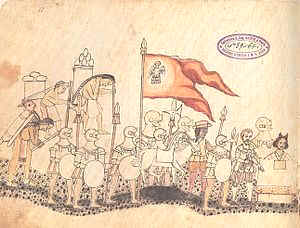 The
first people of African origin in Mexico were those black slaves and
freemen who accompanied and fought alongside the first Spanish
conquistadors in the New World. It is estimated that 6 blacks took
part in the Spanish conquest of the Aztec Empire. Notable among
them was a freeman named Juan Garrido who was born in the Kongo Kingdom,
traveled to Portugal as a boy and ended up in Santo Domingo in 1502 as
one of the first colonists there. He joined Cortés on the march
to the Aztec capital of Tenochtitlán and later joined conquistador Nuño
de Guzmán on Spanish expeditions to what is now the Mexican states of
Jalisco and Michoacán. Garrido is pictured in the Aztec book of
history, the Codex Azcatitlan, as standing alongside Doña Marina, also
known as the Malinche, the famous native translator and mistress of Cortés.
Garrido later settled down in New Spain and married an Aztec woman and
was listed in the colonial documents as a farmer of wheat. One of
the first people to explore the northern modern-day Mexican state of
Chihuahua and what is now known as the American Southwest was a man
named Estevanico, who was part of the earlier Narváez expedition of
Florida and the North American gulf coast. Estevanico was a slave
and because of his prior experience with the natives of the northern
part of Mexico, he was part of the Marcos de Niza expedition which left
Mexico City to head north in 1539. As Estevanico was part of the
scouting team traveling about a day ahead of de Niza, he was the first
non-native American to visit Chihuahua and what is now the US states of
New Mexico and Arizona. The first community of freed blacks in the
Americas was founded in Mexico in 1608. In 1537 there was a small
slave rebellion led by a man named Gaspar Yanga also called Nyanga in
what is now the Mexican state of Veracruz. 40 years after the
revolt, Spanish authorities recognized the former slaves’ right to
exist as free men and the community of San Lorenzo de los Negros, today
called Yanga, was given limited autonomy by the Spanish Crown.
The
first people of African origin in Mexico were those black slaves and
freemen who accompanied and fought alongside the first Spanish
conquistadors in the New World. It is estimated that 6 blacks took
part in the Spanish conquest of the Aztec Empire. Notable among
them was a freeman named Juan Garrido who was born in the Kongo Kingdom,
traveled to Portugal as a boy and ended up in Santo Domingo in 1502 as
one of the first colonists there. He joined Cortés on the march
to the Aztec capital of Tenochtitlán and later joined conquistador Nuño
de Guzmán on Spanish expeditions to what is now the Mexican states of
Jalisco and Michoacán. Garrido is pictured in the Aztec book of
history, the Codex Azcatitlan, as standing alongside Doña Marina, also
known as the Malinche, the famous native translator and mistress of Cortés.
Garrido later settled down in New Spain and married an Aztec woman and
was listed in the colonial documents as a farmer of wheat. One of
the first people to explore the northern modern-day Mexican state of
Chihuahua and what is now known as the American Southwest was a man
named Estevanico, who was part of the earlier Narváez expedition of
Florida and the North American gulf coast. Estevanico was a slave
and because of his prior experience with the natives of the northern
part of Mexico, he was part of the Marcos de Niza expedition which left
Mexico City to head north in 1539. As Estevanico was part of the
scouting team traveling about a day ahead of de Niza, he was the first
non-native American to visit Chihuahua and what is now the US states of
New Mexico and Arizona. The first community of freed blacks in the
Americas was founded in Mexico in 1608. In 1537 there was a small
slave rebellion led by a man named Gaspar Yanga also called Nyanga in
what is now the Mexican state of Veracruz. 40 years after the
revolt, Spanish authorities recognized the former slaves’ right to
exist as free men and the community of San Lorenzo de los Negros, today
called Yanga, was given limited autonomy by the Spanish Crown.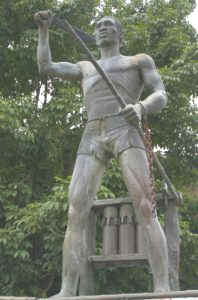 Famous
examples aside, Africans began arriving in Mexico in great numbers as
slaves in the early 1500s only a few decades after the Spanish conquest
of the Aztec Empire. The native slave labor pool began to dwindle
because of disease and by the fact that the indigenous were not used to
the harsh working conditions imposed upon them by the Spanish. As
the captive labor force diminished, King Charles the Fifth of Spain
allowed slaves to be imported into the Spanish territories in the New
World. Portugal had controlled the African slave trade in
throughout most of the 16th Century and most slaves came from
West Africa. Initially, African labor was brought to the
plantations of the West Indies. Black slaves began arriving in
greater numbers in Mexico starting in the 1580s, mostly to work the
plantations in Mexico’s tropical areas, to work in the ever-growing
silver mines and to be put to use in the textile industry.
Sometimes slaves came directly from Africa, but also many came from the
Caribbean territories. There were two main types of
classifications for African slaves in colonial Mexico: Retintos
and amulatados. The first group were swarthier and had a
physical build for hard labor. The second group were of slighter
build and sometimes with lighter skin and were generally used as house
servants or to perform various menial tasks. In the 1500s and
1600s a slave usually cost around 400 pesos. Mexico never
developed into a slave-based plantation society as the US South did, and
by the 1640s the importation of African slaves had ceased. Mining
had declined by this time and cheaper textiles began to be imported from
England. Many Spanish slave owners in colonial Mexico had children
with female slaves and those children became a new class of people
collectively called mulato. In the colonial caste system,
those with one black and one indigenous parent were called zambos.
In general, black people were seen as “the other” in this period of
Mexican history, something exotic and alien. In the records of the
Spanish Inquisition in Mexico City there is an overrepresentation of
people of African birth and African descent being tried for sexual
dereliction and witchcraft. As many black people in this time
period held on to vestiges of their African religious beliefs, there
were quite a few people who were accused of being sorcerers and witches.
There is even a famous legend of a woman known as La Mulata de Córdoba,
which exists in Mexico to this day. A black woman who was jailed
for practicing witchcraft in Veracruz asked her jailer for a piece of
charcoal so she could pass the time drawing pictures in her jail cell.
According to the legend, she drew a picture of a ship, recited a magical
incantation and then jumped into the picture, thus escaping jail.
During the colonial period it is unknown how many Africans and
Afro-Caribbean people were imported to Mexico as slaves, but estimates
reach as high as 200,000. As mentioned earlier, this importation
pretty much ceased by the mid-1600s and the practice of slavery in
Mexico, which was seen as somewhat anachronistic by the late 1700s was
abolished by the new nation of Mexico in 1829.
Famous
examples aside, Africans began arriving in Mexico in great numbers as
slaves in the early 1500s only a few decades after the Spanish conquest
of the Aztec Empire. The native slave labor pool began to dwindle
because of disease and by the fact that the indigenous were not used to
the harsh working conditions imposed upon them by the Spanish. As
the captive labor force diminished, King Charles the Fifth of Spain
allowed slaves to be imported into the Spanish territories in the New
World. Portugal had controlled the African slave trade in
throughout most of the 16th Century and most slaves came from
West Africa. Initially, African labor was brought to the
plantations of the West Indies. Black slaves began arriving in
greater numbers in Mexico starting in the 1580s, mostly to work the
plantations in Mexico’s tropical areas, to work in the ever-growing
silver mines and to be put to use in the textile industry.
Sometimes slaves came directly from Africa, but also many came from the
Caribbean territories. There were two main types of
classifications for African slaves in colonial Mexico: Retintos
and amulatados. The first group were swarthier and had a
physical build for hard labor. The second group were of slighter
build and sometimes with lighter skin and were generally used as house
servants or to perform various menial tasks. In the 1500s and
1600s a slave usually cost around 400 pesos. Mexico never
developed into a slave-based plantation society as the US South did, and
by the 1640s the importation of African slaves had ceased. Mining
had declined by this time and cheaper textiles began to be imported from
England. Many Spanish slave owners in colonial Mexico had children
with female slaves and those children became a new class of people
collectively called mulato. In the colonial caste system,
those with one black and one indigenous parent were called zambos.
In general, black people were seen as “the other” in this period of
Mexican history, something exotic and alien. In the records of the
Spanish Inquisition in Mexico City there is an overrepresentation of
people of African birth and African descent being tried for sexual
dereliction and witchcraft. As many black people in this time
period held on to vestiges of their African religious beliefs, there
were quite a few people who were accused of being sorcerers and witches.
There is even a famous legend of a woman known as La Mulata de Córdoba,
which exists in Mexico to this day. A black woman who was jailed
for practicing witchcraft in Veracruz asked her jailer for a piece of
charcoal so she could pass the time drawing pictures in her jail cell.
According to the legend, she drew a picture of a ship, recited a magical
incantation and then jumped into the picture, thus escaping jail.
During the colonial period it is unknown how many Africans and
Afro-Caribbean people were imported to Mexico as slaves, but estimates
reach as high as 200,000. As mentioned earlier, this importation
pretty much ceased by the mid-1600s and the practice of slavery in
Mexico, which was seen as somewhat anachronistic by the late 1700s was
abolished by the new nation of Mexico in 1829. The
third wave of African people and people of African descent coming to
Mexico has occurred in the age of globalization over the past 50 years.
This is primarily because of the ease of migration. Many
people of African descent fled Caribbean island nations and territories
since the 1960s to escape communism, poverty or natural disasters, and
many ended up in Mexico. Although not a country known for taking
in mass numbers of African refugees, Mexico has harbored some people
escaping brutal conditions in Africa. With ease of travel in the
modern age African and African-descendants from outside the mother
continent have ended up in Mexico for a variety of reasons. A
notable Afro-Mexican from the “age of globalization” group is the
only Mexican woman ever to have won an Academy Award. Lupita
Nyong’o won an Oscar for best supporting actress for her role in the
movie “Twelve Years a Slave.” Named for the Virgin of
Guadalupe, Nyong’o was born of Kenyan parents in Mexico City in 1983.
She moved to Kenya as a small child but returned to Mexico at the age of
16, living in Taxco, Guerrero. She retains dual Mexican and Kenyan
citizenship and is fluent in Spanish, English, the language of her
Kenyan family called Luo and the East African lingua franca,
Swahili. As the people from this third wave have not arrived in
large groups, there are no neighborhoods or specific areas of the
country in which Africans have congregated. There is no expat
African barrio in Mexico City, for example. It is often assumed
even by the Mexicans themselves when a black person is spotted in a
major city that the person is a recent arrival or guest worker from
Africa, the US or the Caribbean.
The
third wave of African people and people of African descent coming to
Mexico has occurred in the age of globalization over the past 50 years.
This is primarily because of the ease of migration. Many
people of African descent fled Caribbean island nations and territories
since the 1960s to escape communism, poverty or natural disasters, and
many ended up in Mexico. Although not a country known for taking
in mass numbers of African refugees, Mexico has harbored some people
escaping brutal conditions in Africa. With ease of travel in the
modern age African and African-descendants from outside the mother
continent have ended up in Mexico for a variety of reasons. A
notable Afro-Mexican from the “age of globalization” group is the
only Mexican woman ever to have won an Academy Award. Lupita
Nyong’o won an Oscar for best supporting actress for her role in the
movie “Twelve Years a Slave.” Named for the Virgin of
Guadalupe, Nyong’o was born of Kenyan parents in Mexico City in 1983.
She moved to Kenya as a small child but returned to Mexico at the age of
16, living in Taxco, Guerrero. She retains dual Mexican and Kenyan
citizenship and is fluent in Spanish, English, the language of her
Kenyan family called Luo and the East African lingua franca,
Swahili. As the people from this third wave have not arrived in
large groups, there are no neighborhoods or specific areas of the
country in which Africans have congregated. There is no expat
African barrio in Mexico City, for example. It is often assumed
even by the Mexicans themselves when a black person is spotted in a
major city that the person is a recent arrival or guest worker from
Africa, the US or the Caribbean.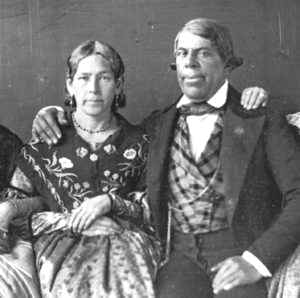 Outside
these mostly remote areas where people of high percentage of African
heritage currently live, what influence has historic “Africanness”
had on Mexican national culture? One of Mexico’s iconic dishes
and one found on the menu in many Mexican restaurants in the United
States, mole poblano, has its origins in African cooking, as do many
other peanut-based dishes from Veracruz. Various recipes involving
plantains also come from Mexico’s African heritage. When
non-Mexicans ask Mexicans about the origins of the popular song, “La
Bamba,” the average Mexican will be unable to explain that the title
of the song, the rhythm and the dancing that goes along with it has deep
African roots. Other bits of popular culture with black influence
include the character from the Mexican bingo game Lotería called “El
Negrito” and a series of comic books dating back to the 1940s about a
mischievous black boy named Memín Pinguín. Some historical
figures with mixed mestizo and African heritage in Mexico include
Mexican president Vicente Guerrero, Mexican War of Independence hero José
María Morelos and the last governor of California under Mexican rule,
Pio Pico.
Outside
these mostly remote areas where people of high percentage of African
heritage currently live, what influence has historic “Africanness”
had on Mexican national culture? One of Mexico’s iconic dishes
and one found on the menu in many Mexican restaurants in the United
States, mole poblano, has its origins in African cooking, as do many
other peanut-based dishes from Veracruz. Various recipes involving
plantains also come from Mexico’s African heritage. When
non-Mexicans ask Mexicans about the origins of the popular song, “La
Bamba,” the average Mexican will be unable to explain that the title
of the song, the rhythm and the dancing that goes along with it has deep
African roots. Other bits of popular culture with black influence
include the character from the Mexican bingo game Lotería called “El
Negrito” and a series of comic books dating back to the 1940s about a
mischievous black boy named Memín Pinguín. Some historical
figures with mixed mestizo and African heritage in Mexico include
Mexican president Vicente Guerrero, Mexican War of Independence hero José
María Morelos and the last governor of California under Mexican rule,
Pio Pico.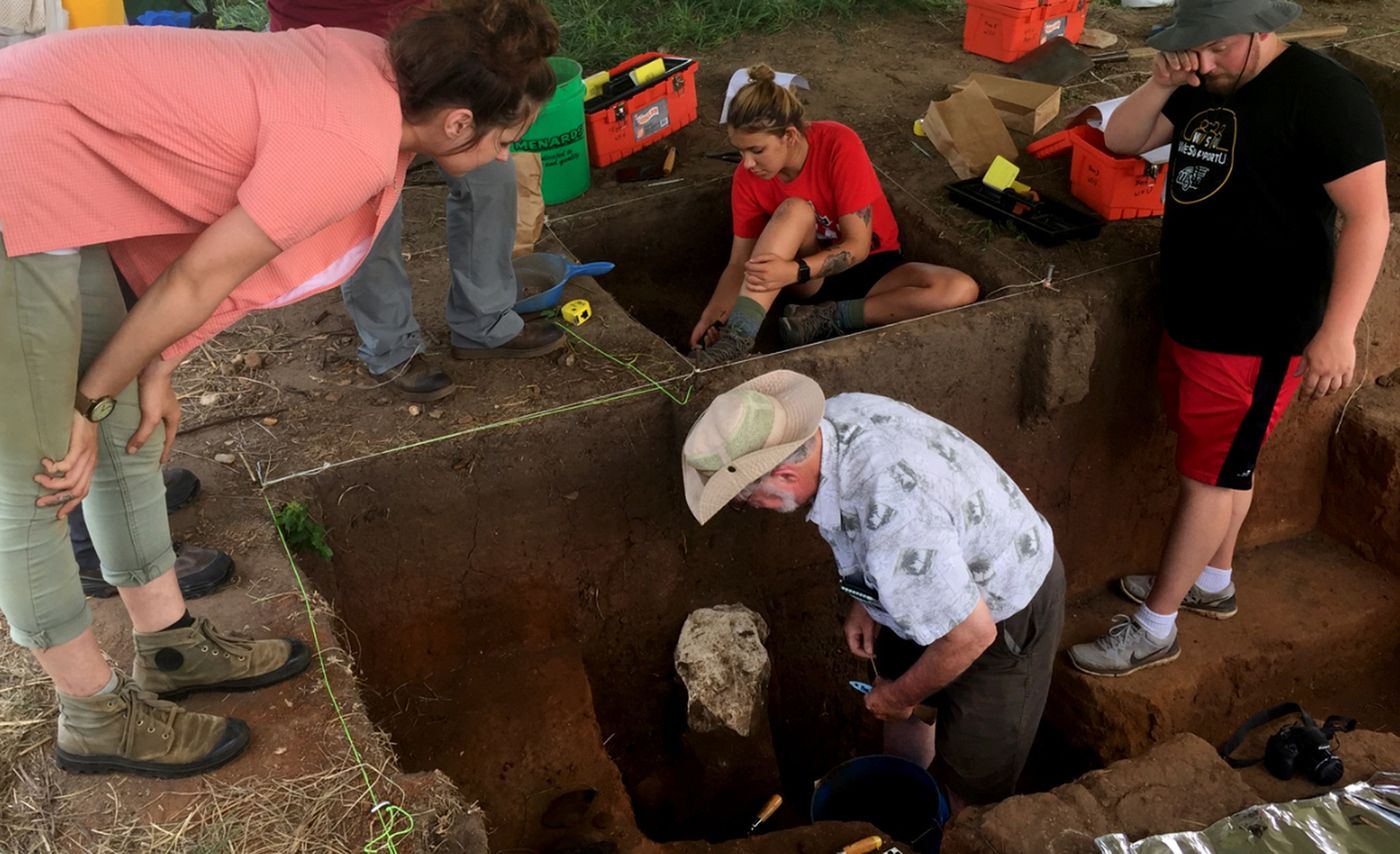
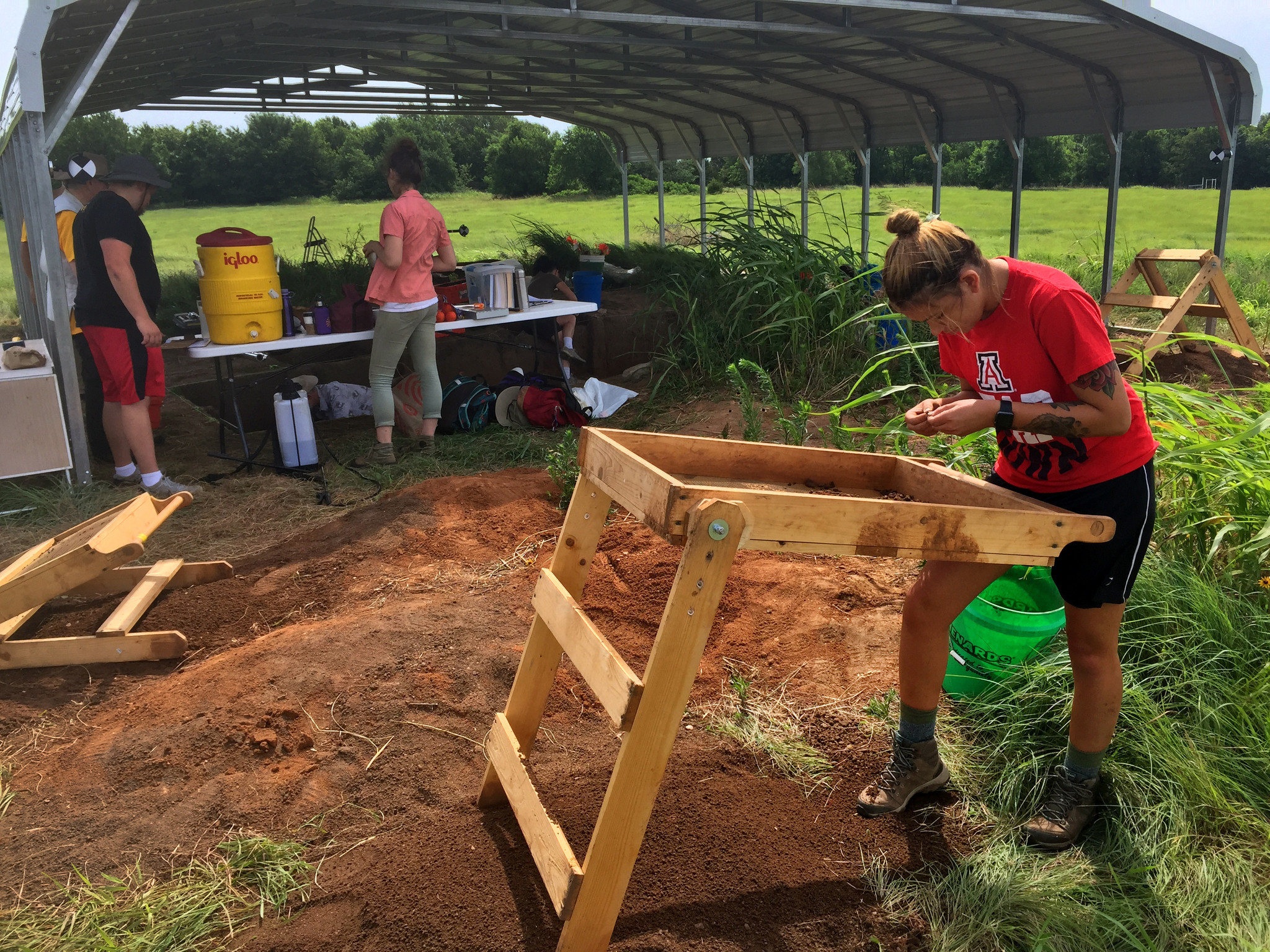
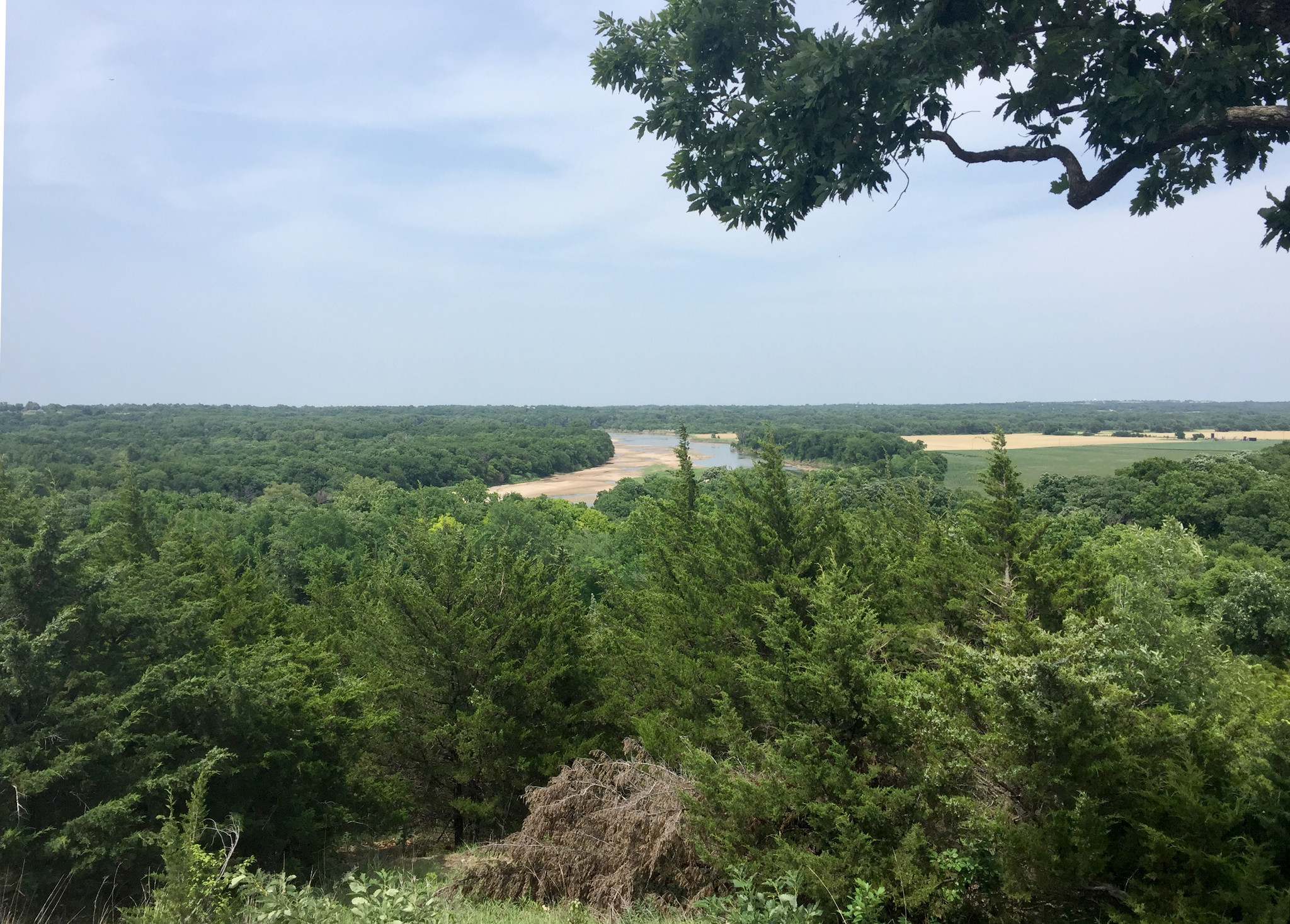
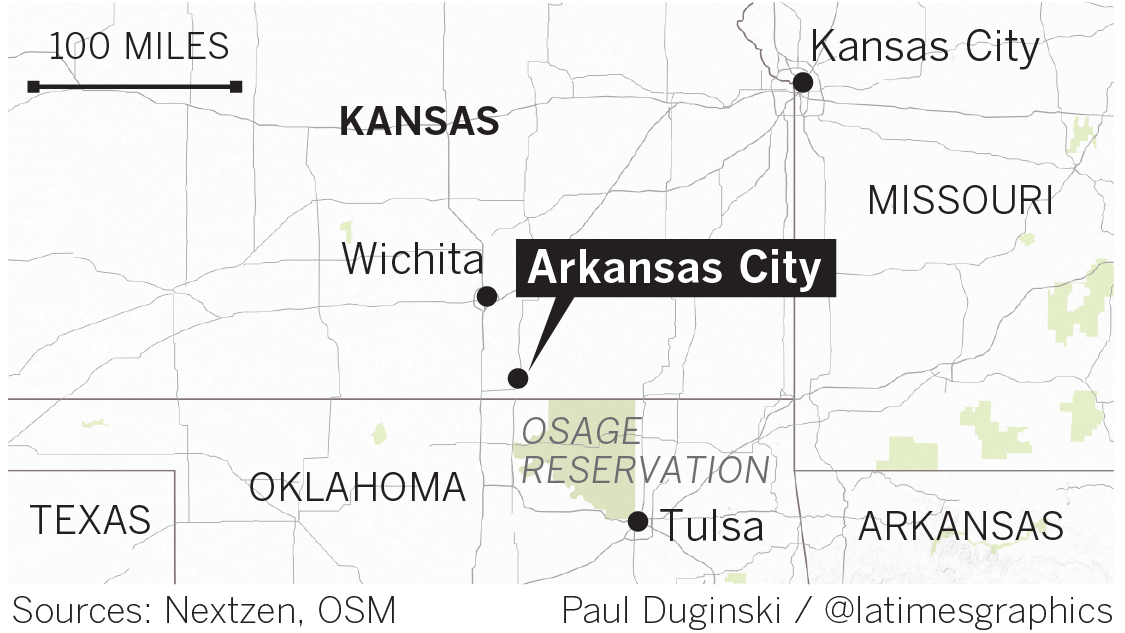
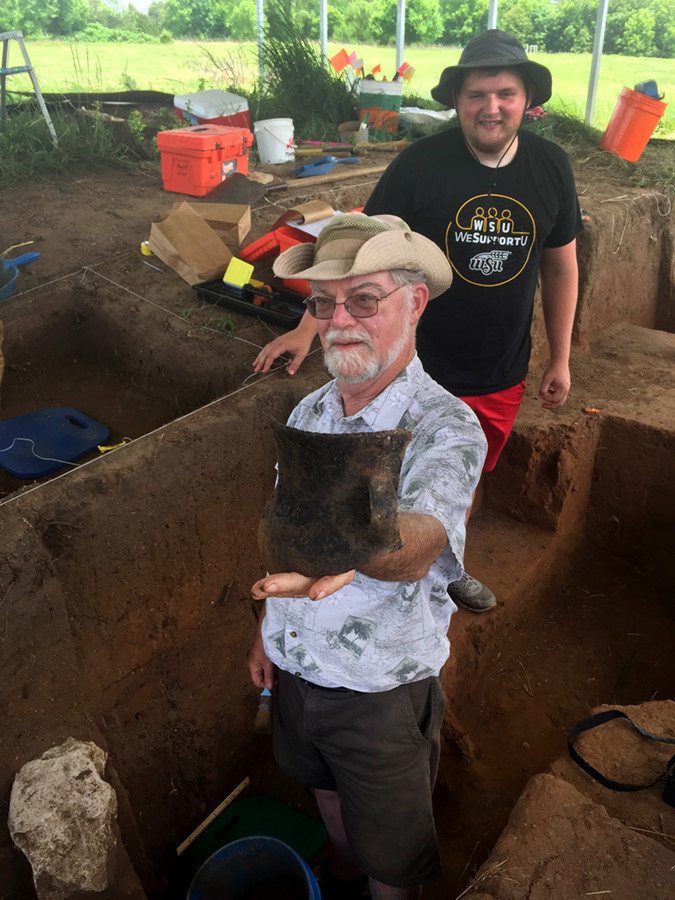
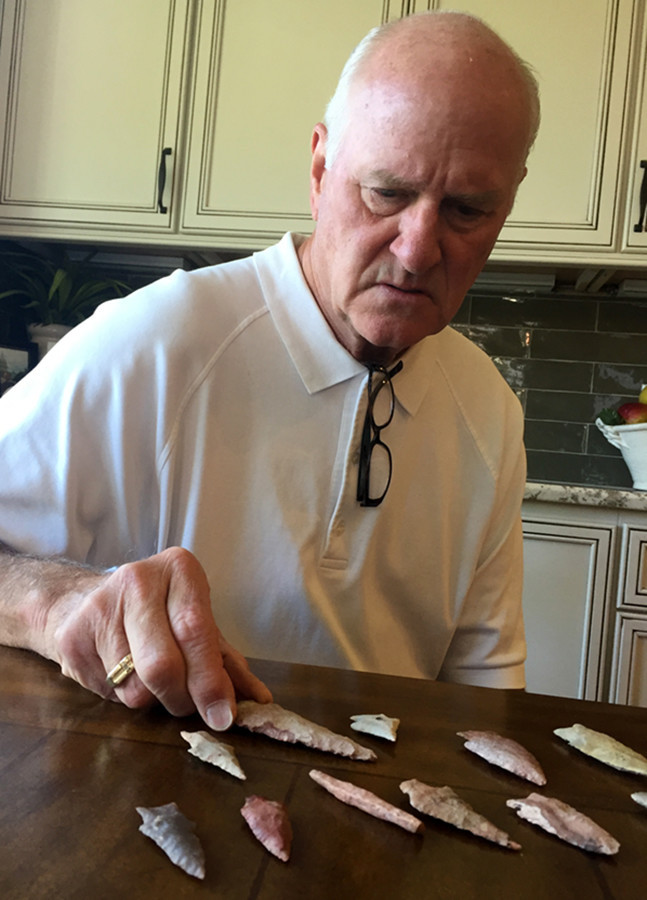
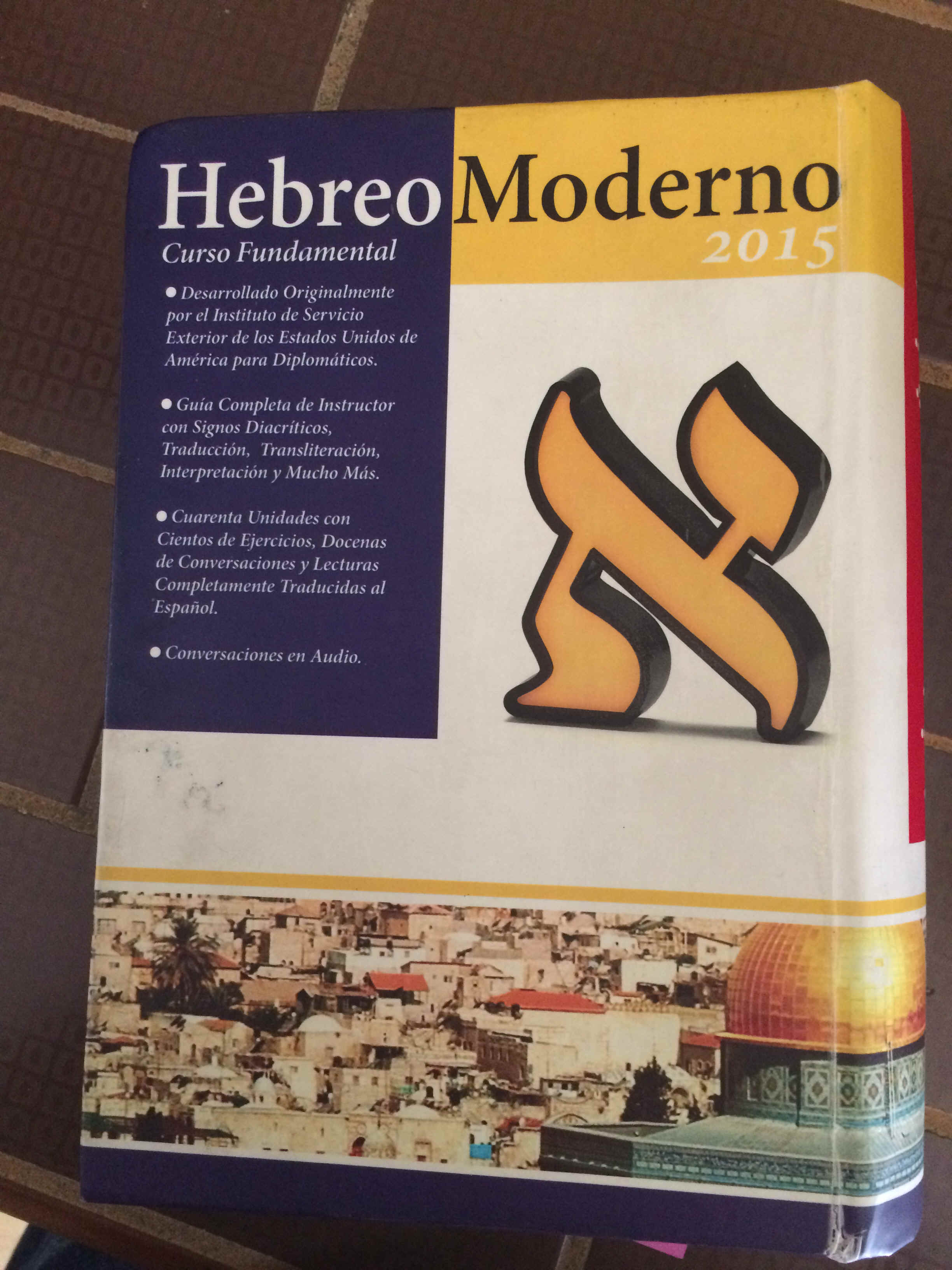
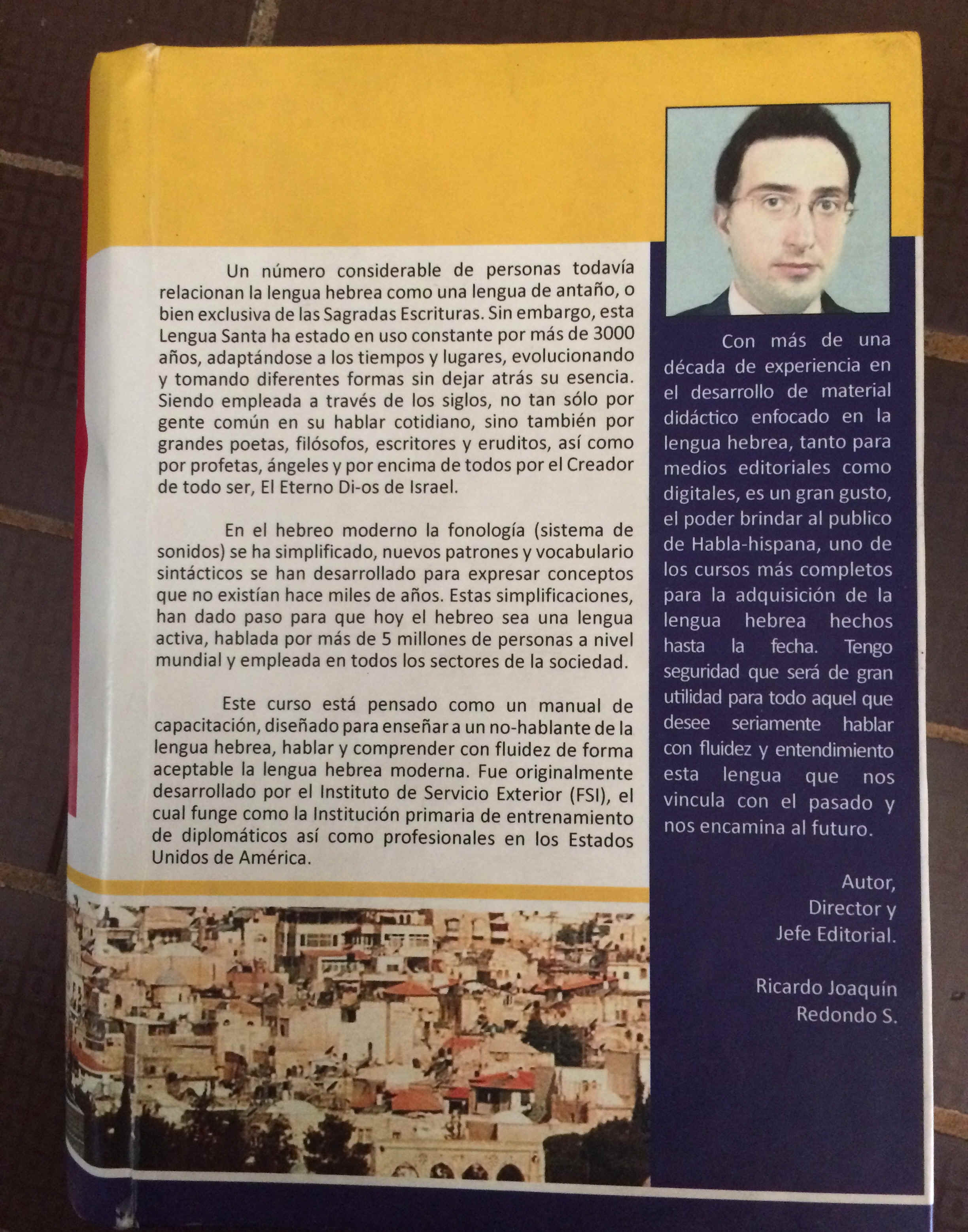

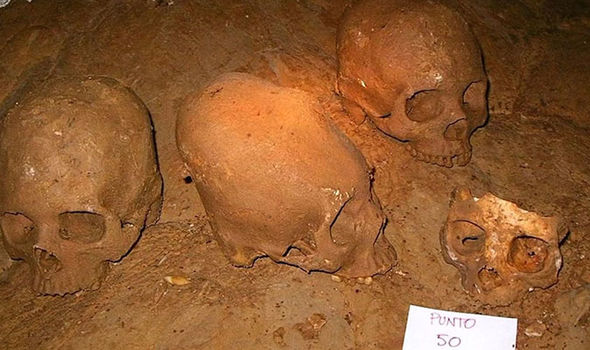
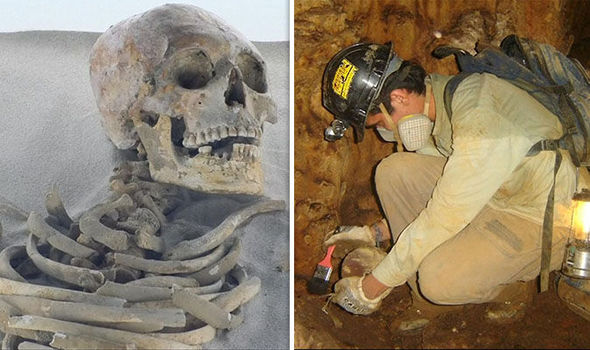



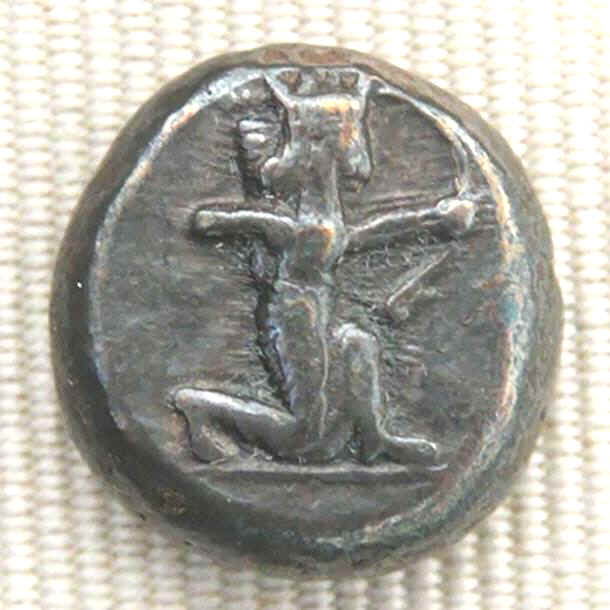
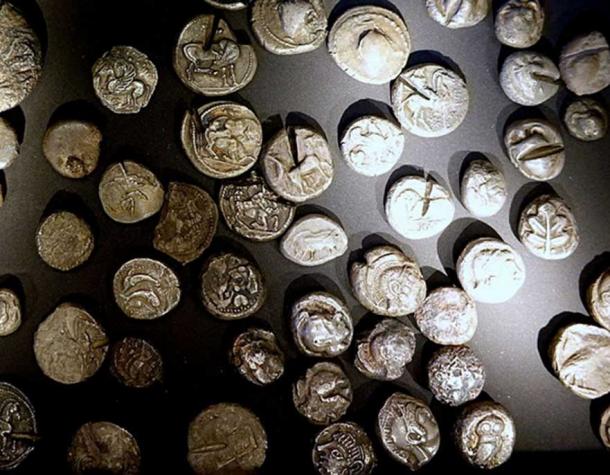
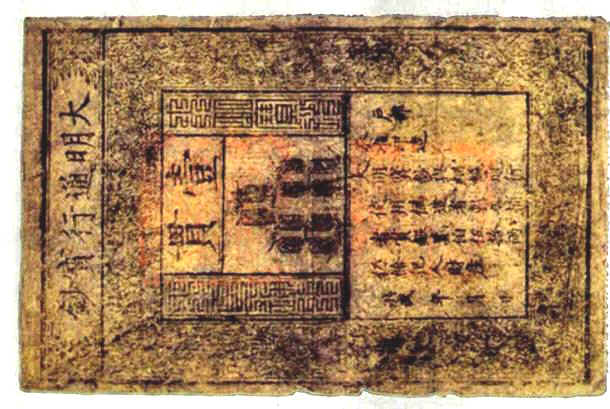
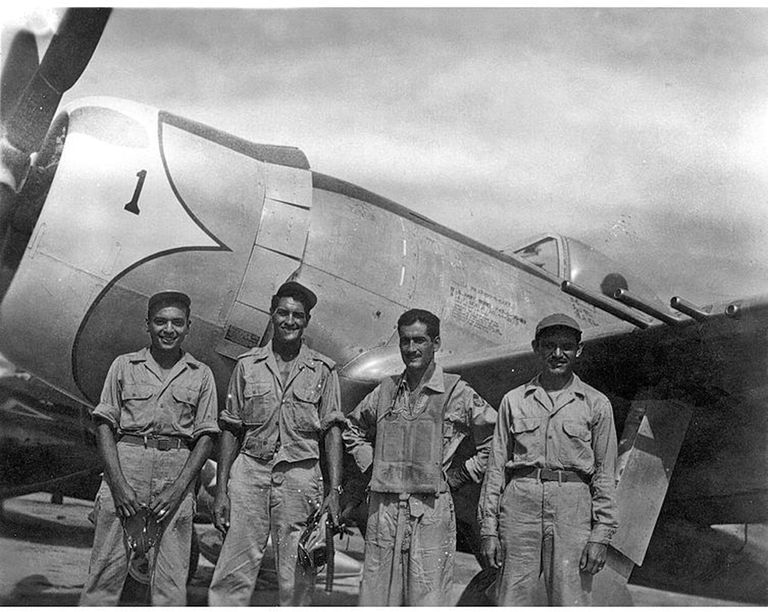

 A
one-on-one meeting was held with National President Candidate, Mr.
Domingo Garcia, and I on the subject of my Congressional Gold Medal for
Escuadron 201 Resolution which was passed in 2007. Successfully, Mr.
Garcia won the election as President of LULAC. A positive conversation
gave me more confidence in accomplishing the recognition of Mexico’s
Fighter Squadron and support from the new LULAC National President,
Domingo Garcia.
A
one-on-one meeting was held with National President Candidate, Mr.
Domingo Garcia, and I on the subject of my Congressional Gold Medal for
Escuadron 201 Resolution which was passed in 2007. Successfully, Mr.
Garcia won the election as President of LULAC. A positive conversation
gave me more confidence in accomplishing the recognition of Mexico’s
Fighter Squadron and support from the new LULAC National President,
Domingo Garcia. National
Conference Chairman, Gil Rodriguez and Co-Chairman Lupe Rodriguez,
arranged to have me present my Power-Point Presentation on Mexico’s WW
II Fighter Squadron to the AGIF National Conference’s main assembly.
My presentation was well received and several were educated on the
squadron admitting they had never heard of them. Many compliments were
given with even an invitation to make my presentation in the state of
Michigan. Again, I had a very positive conversation with the newly
elected AGIF National Commander, Mr. Lawrence Romo.
National
Conference Chairman, Gil Rodriguez and Co-Chairman Lupe Rodriguez,
arranged to have me present my Power-Point Presentation on Mexico’s WW
II Fighter Squadron to the AGIF National Conference’s main assembly.
My presentation was well received and several were educated on the
squadron admitting they had never heard of them. Many compliments were
given with even an invitation to make my presentation in the state of
Michigan. Again, I had a very positive conversation with the newly
elected AGIF National Commander, Mr. Lawrence Romo.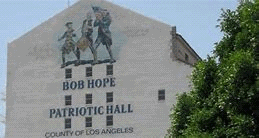 Received
a communication from Tatiana Rosas, Executive Assistant Bob Hope
Patriotic Hall, Los Angeles, California. I sat and met with the staff
and presented my proposal to produce a “Congressional Gold Medal for
Mexico’s WW II Fighter Squadron Campaign Kick-Off Event. Ms. Tatian
presented to me the necessary paper work and available dates in December
and January. We will be working on making a schedule for the event which
will include the Mexican Consulate, The Philippine Consulate and the
City of Los Angeles
Received
a communication from Tatiana Rosas, Executive Assistant Bob Hope
Patriotic Hall, Los Angeles, California. I sat and met with the staff
and presented my proposal to produce a “Congressional Gold Medal for
Mexico’s WW II Fighter Squadron Campaign Kick-Off Event. Ms. Tatian
presented to me the necessary paper work and available dates in December
and January. We will be working on making a schedule for the event which
will include the Mexican Consulate, The Philippine Consulate and the
City of Los Angeles
